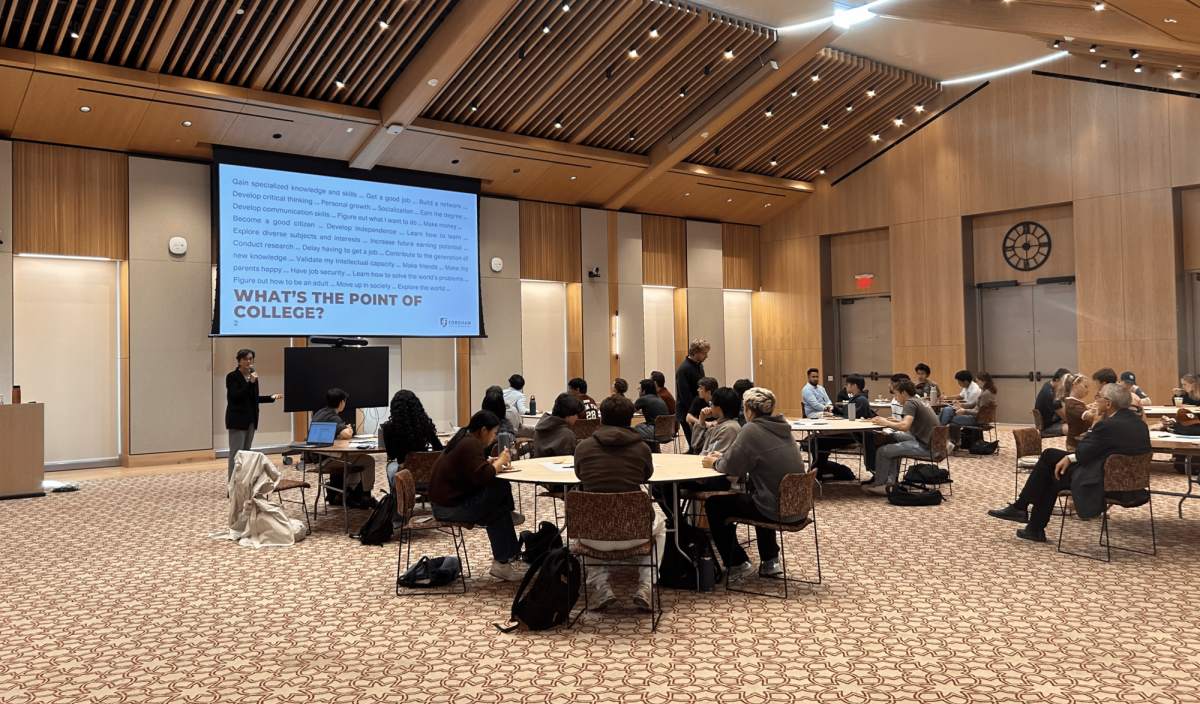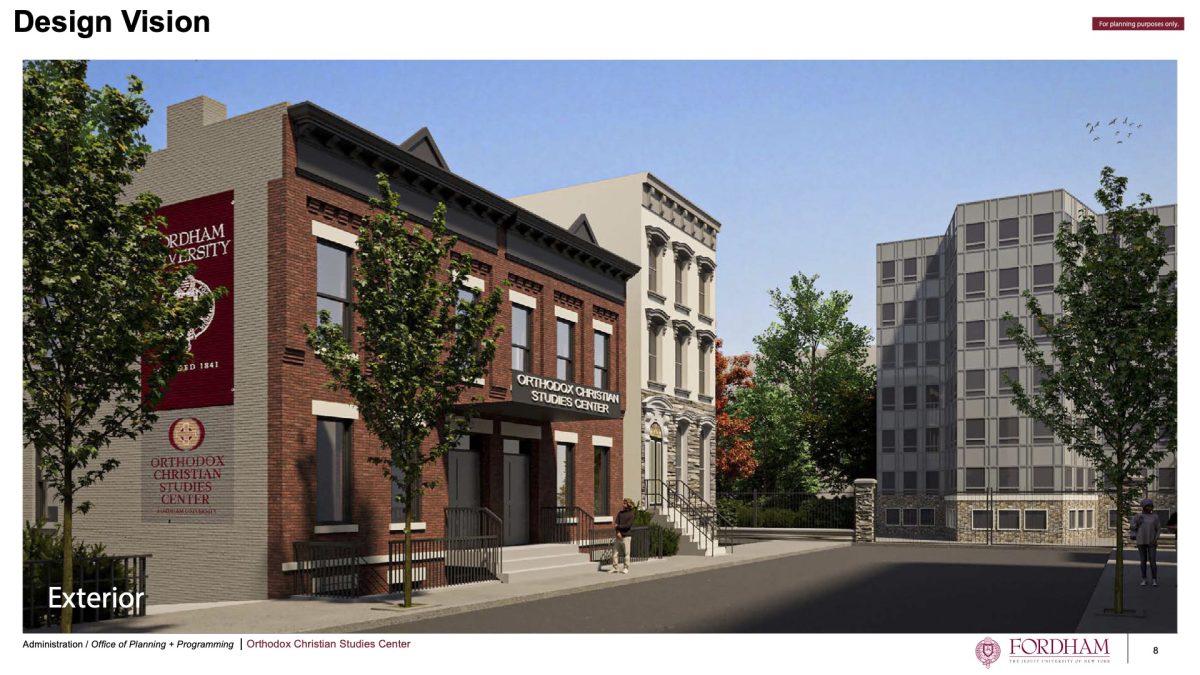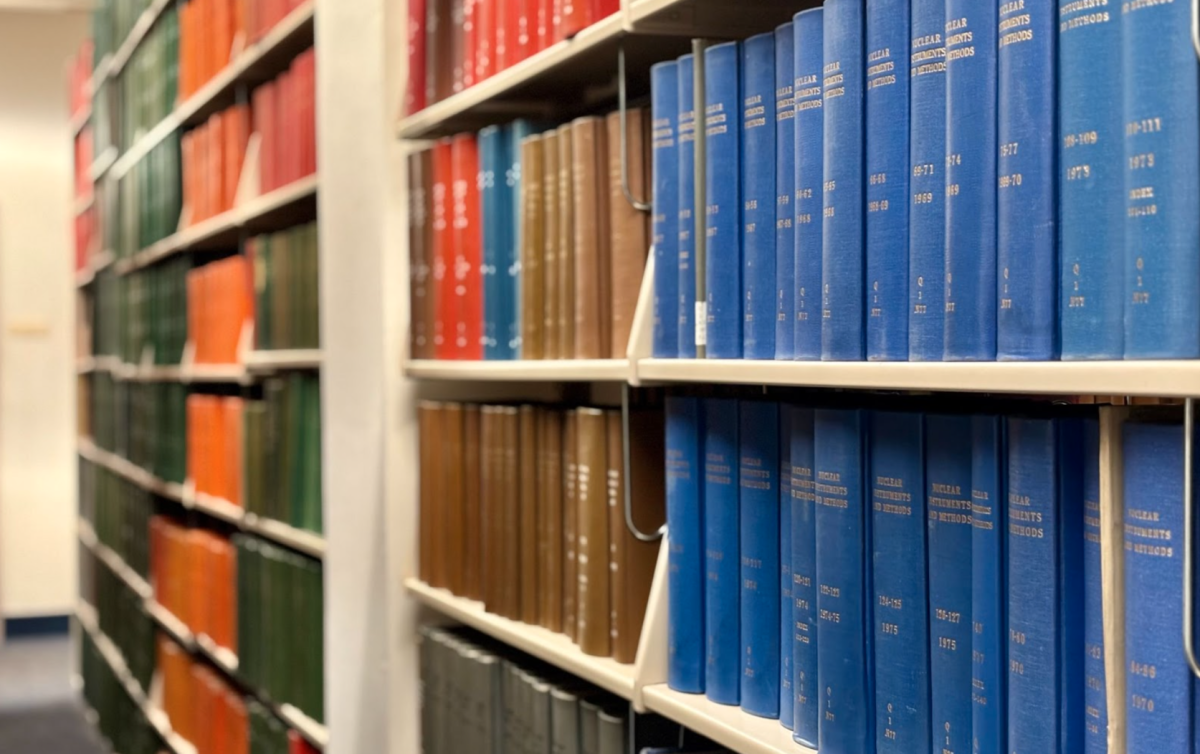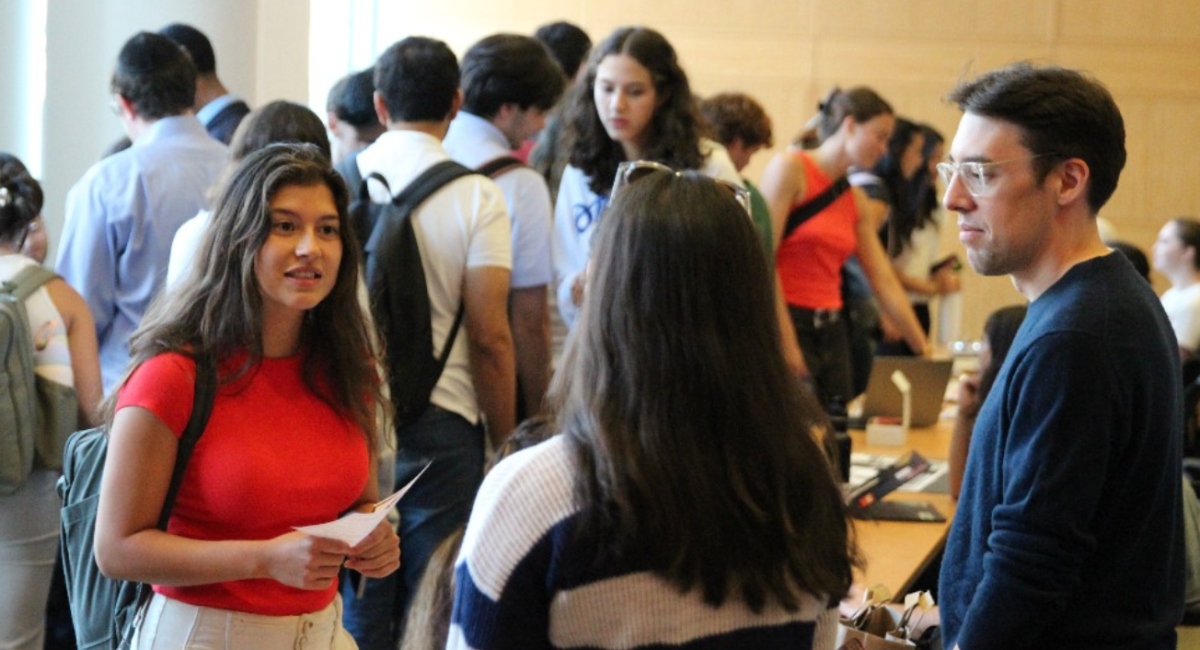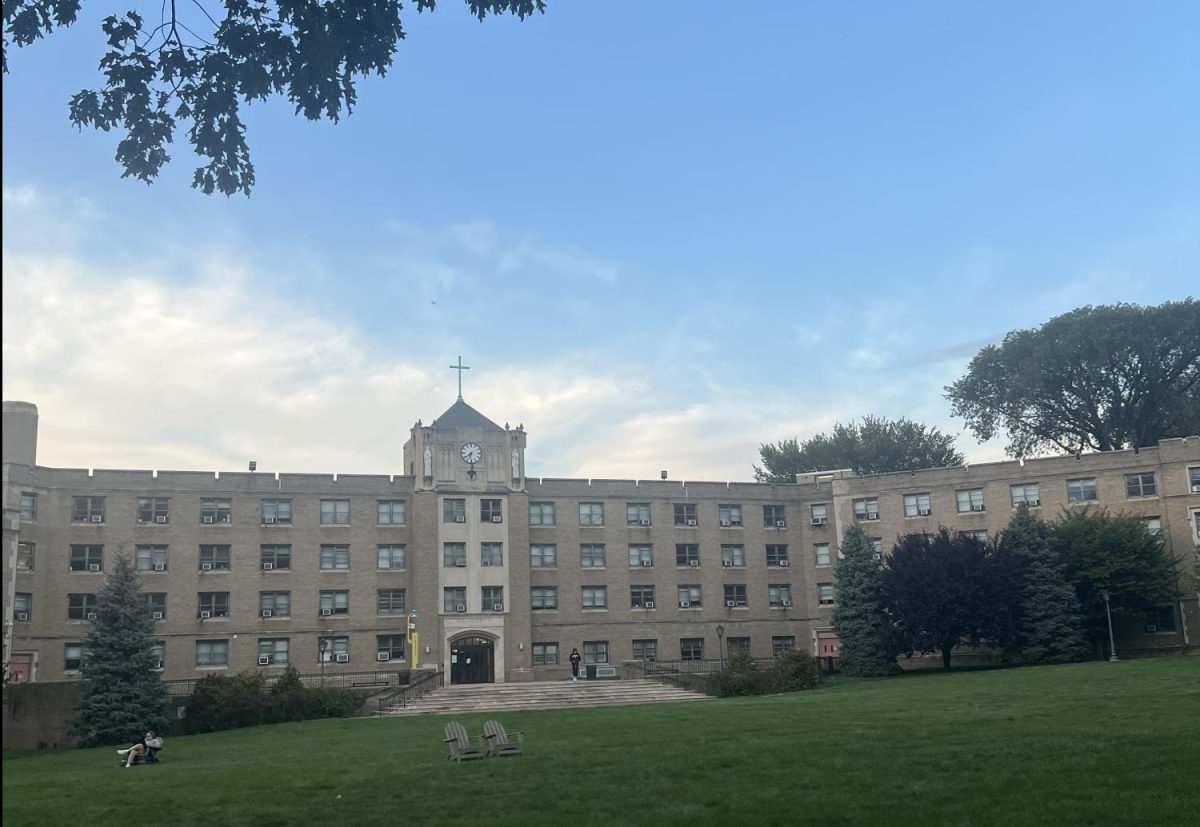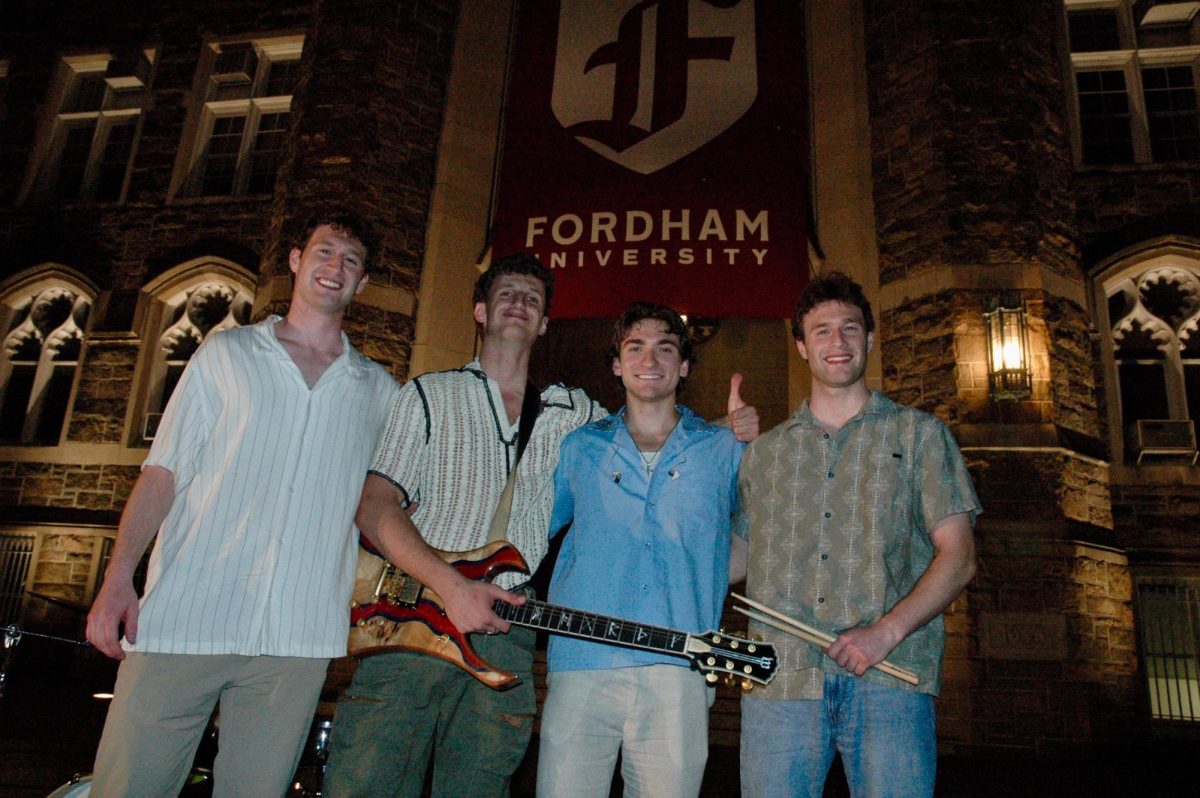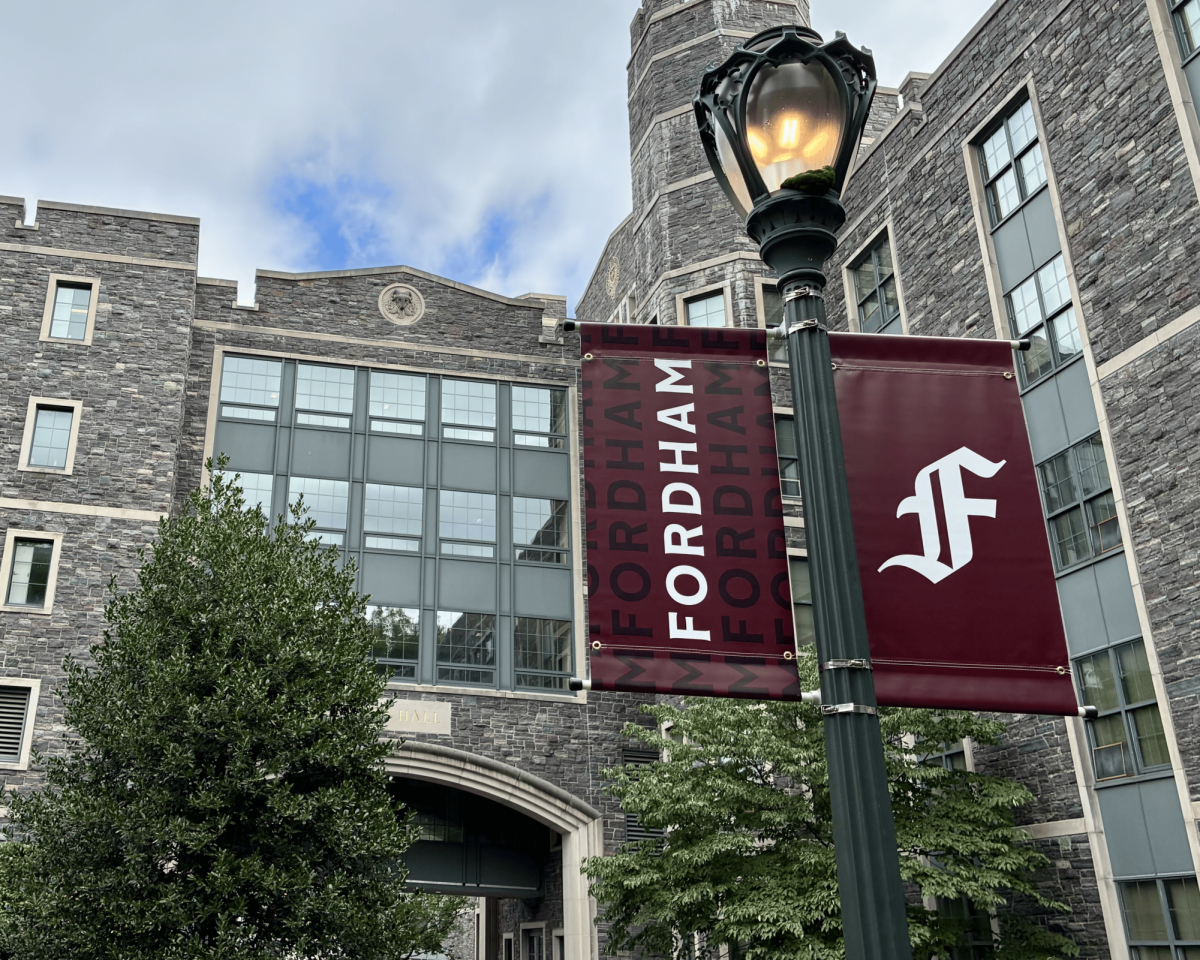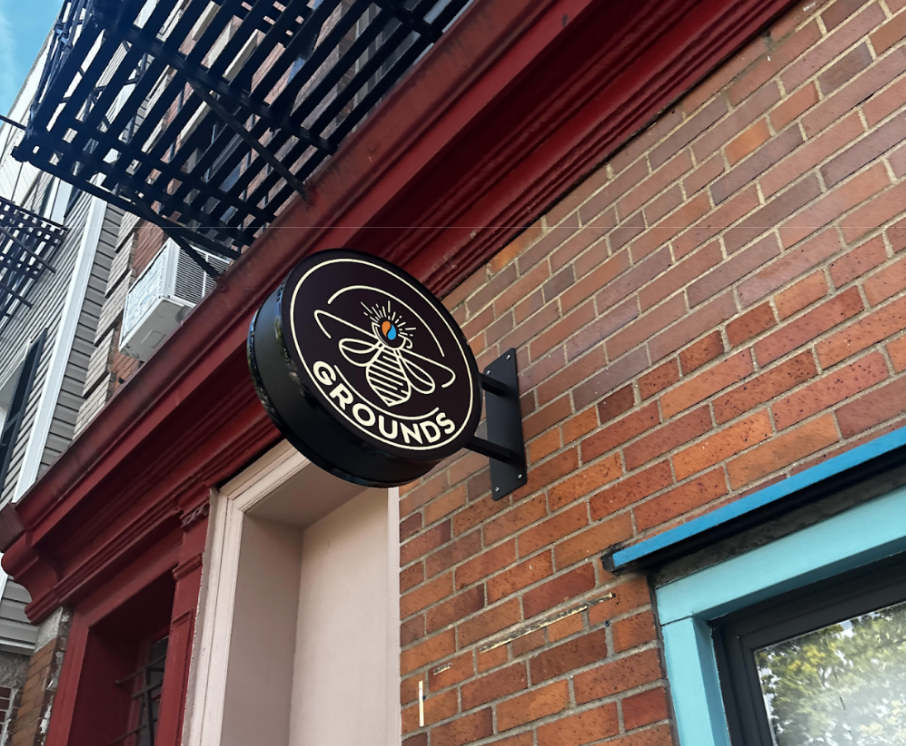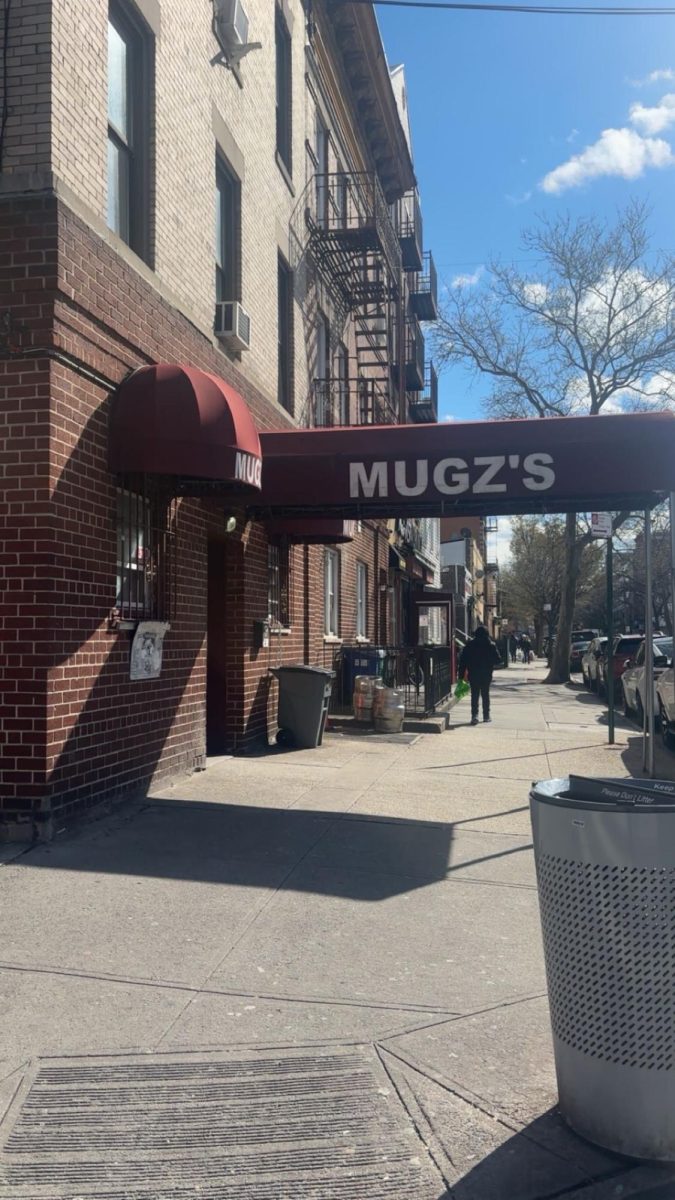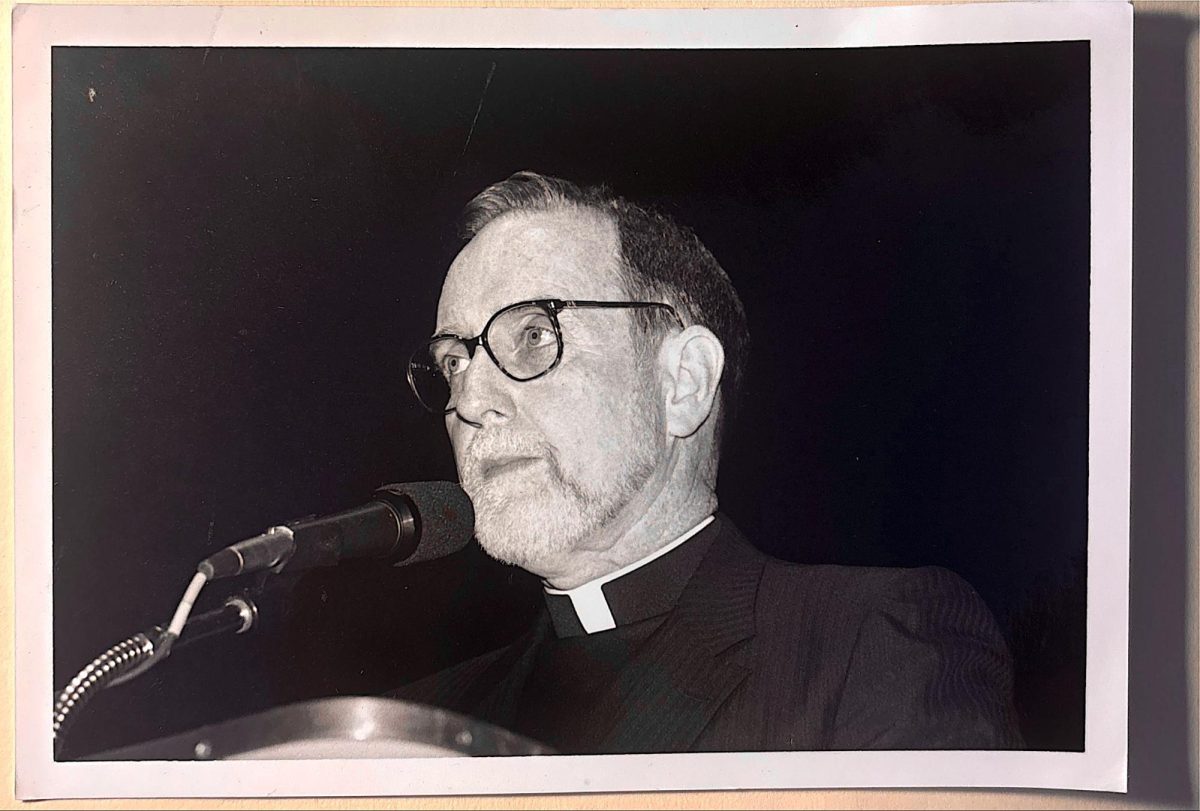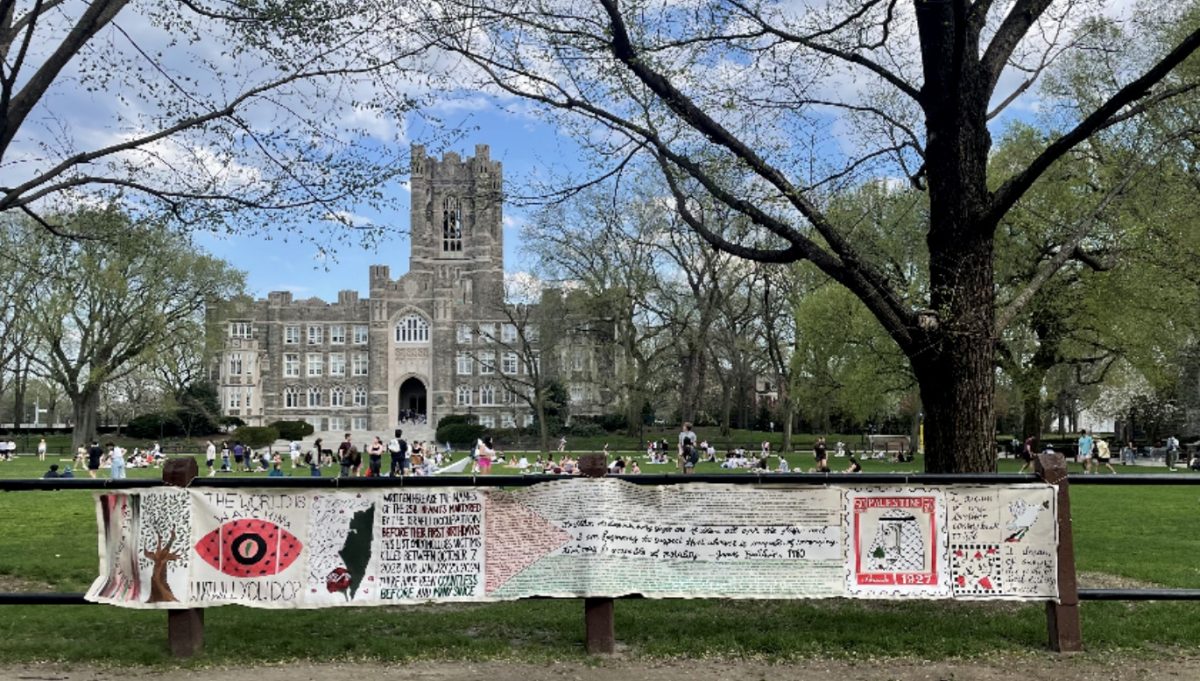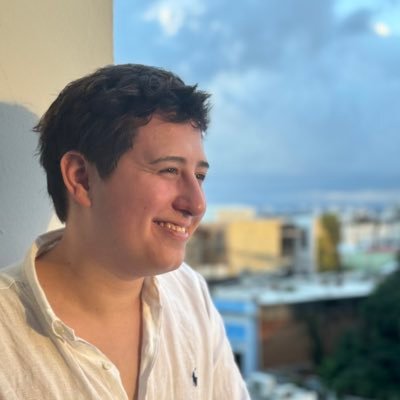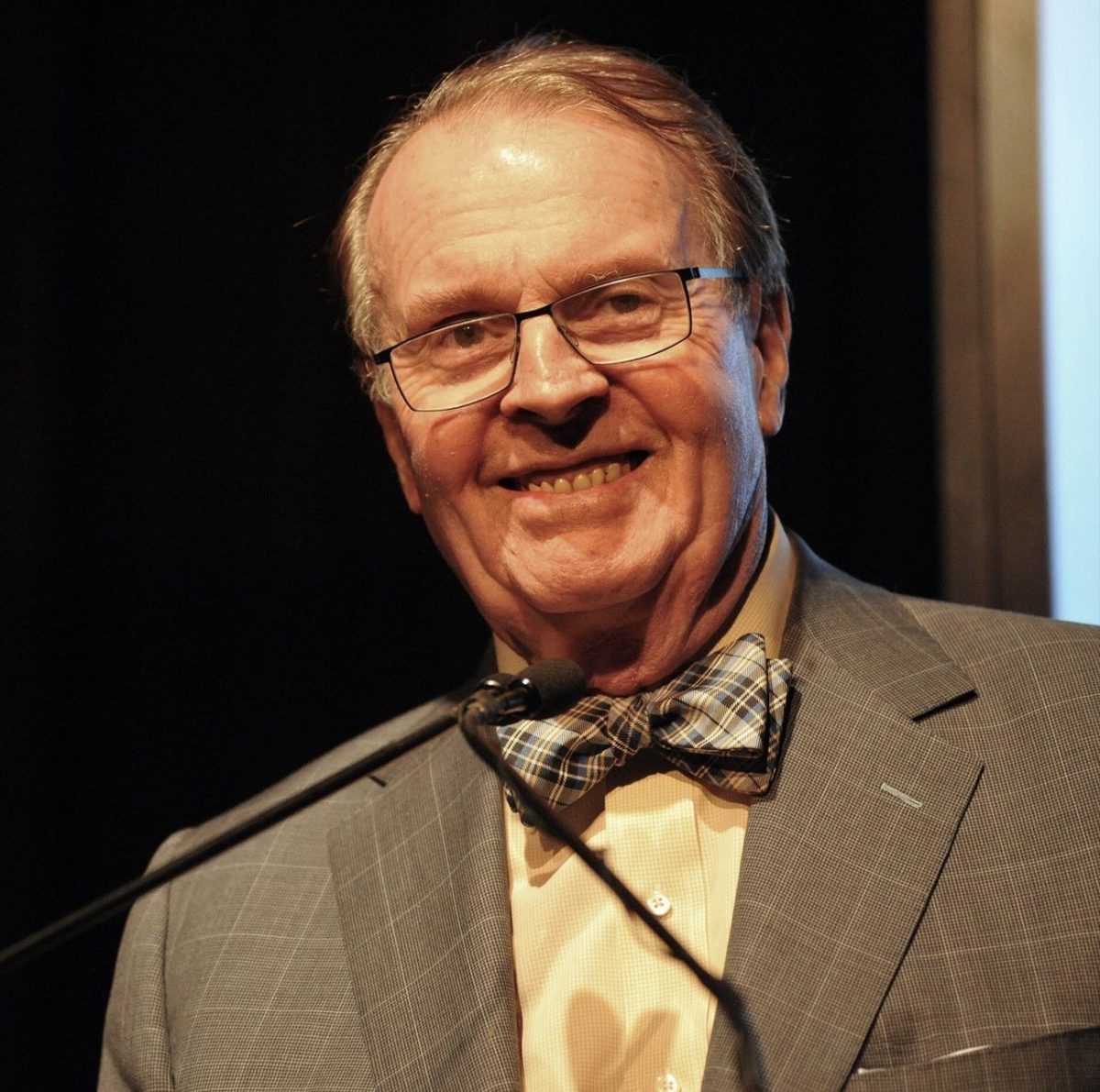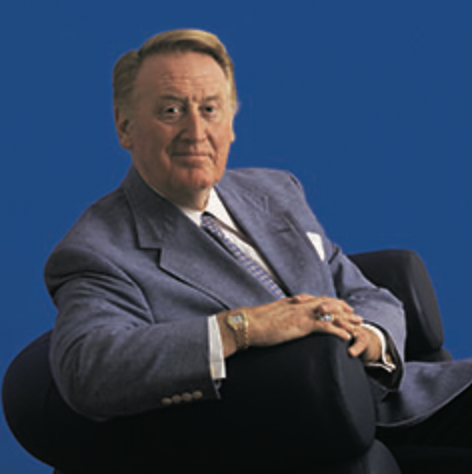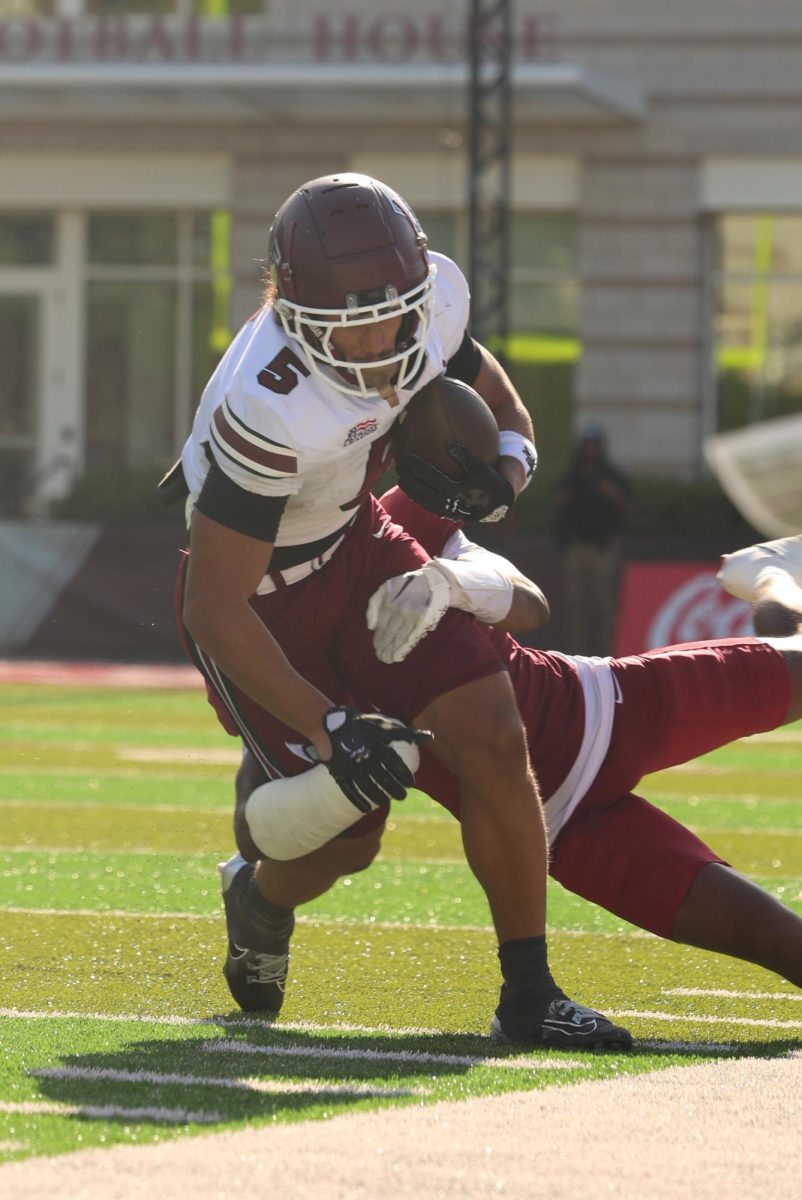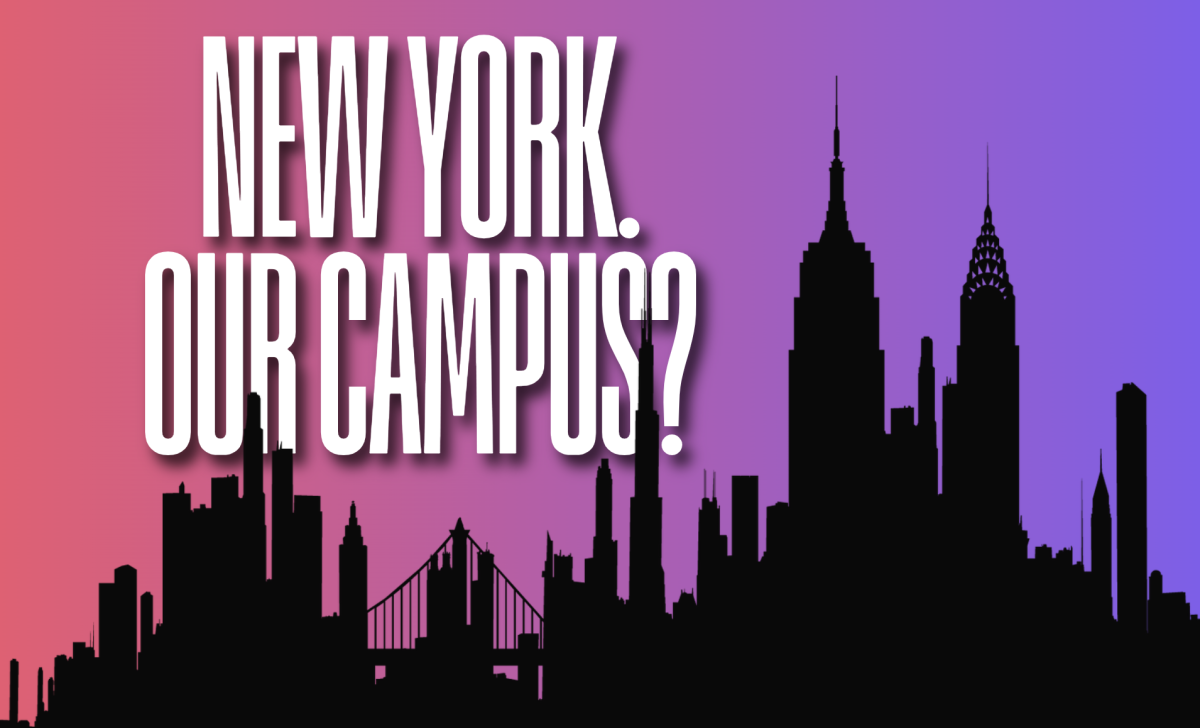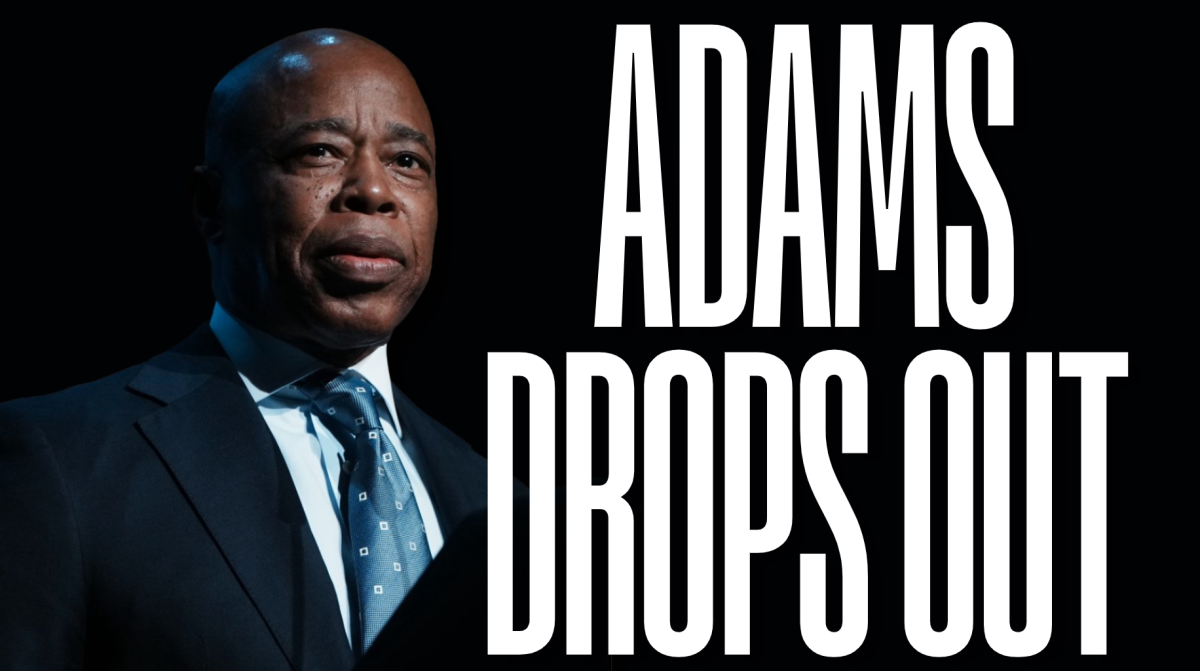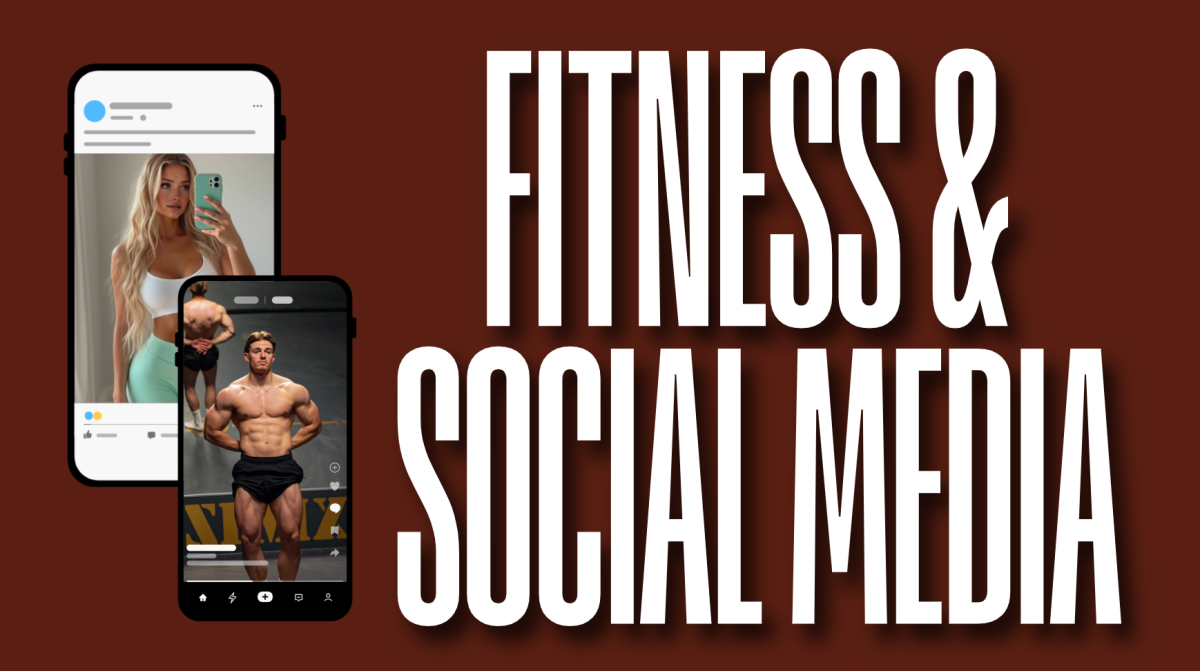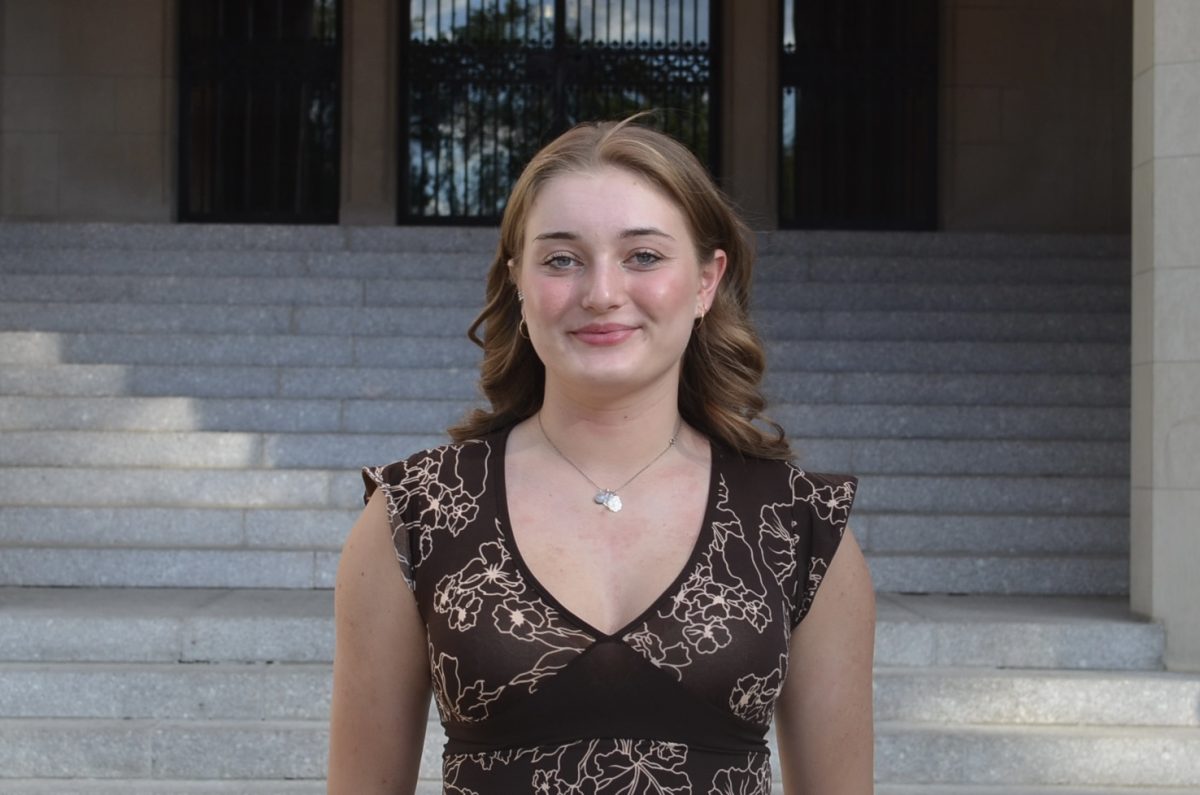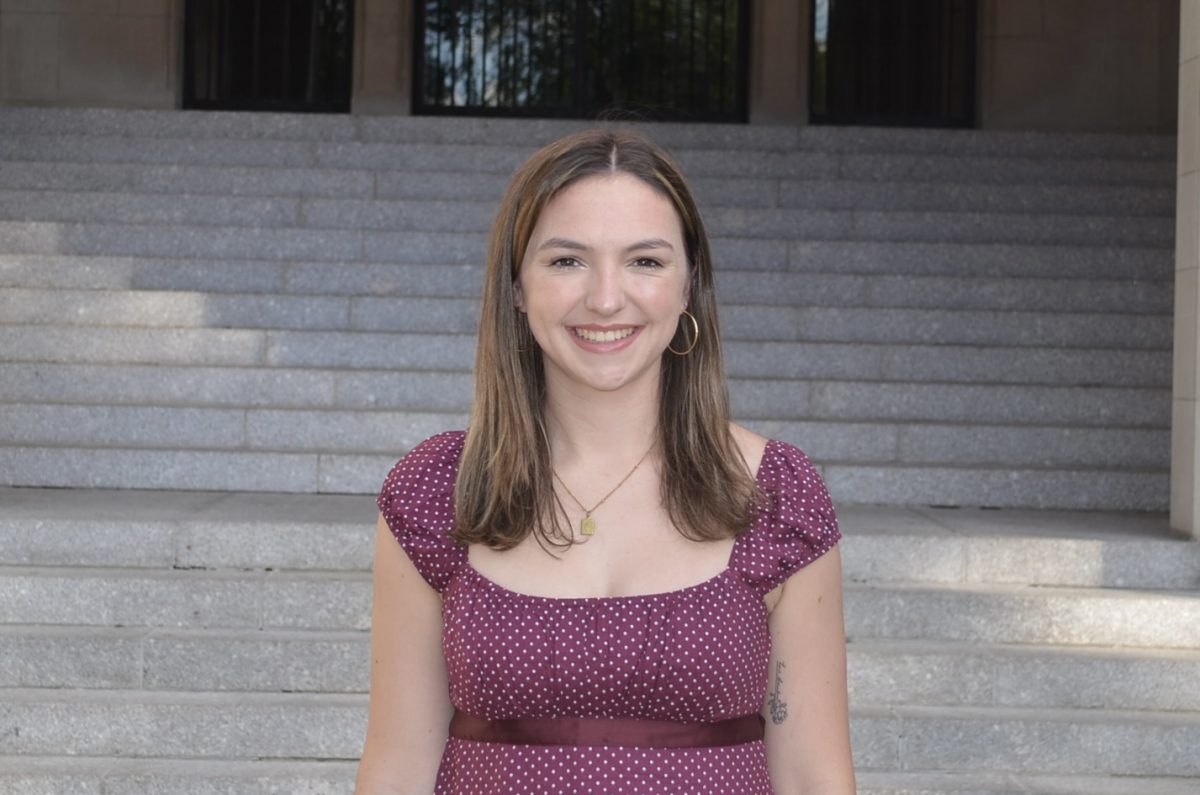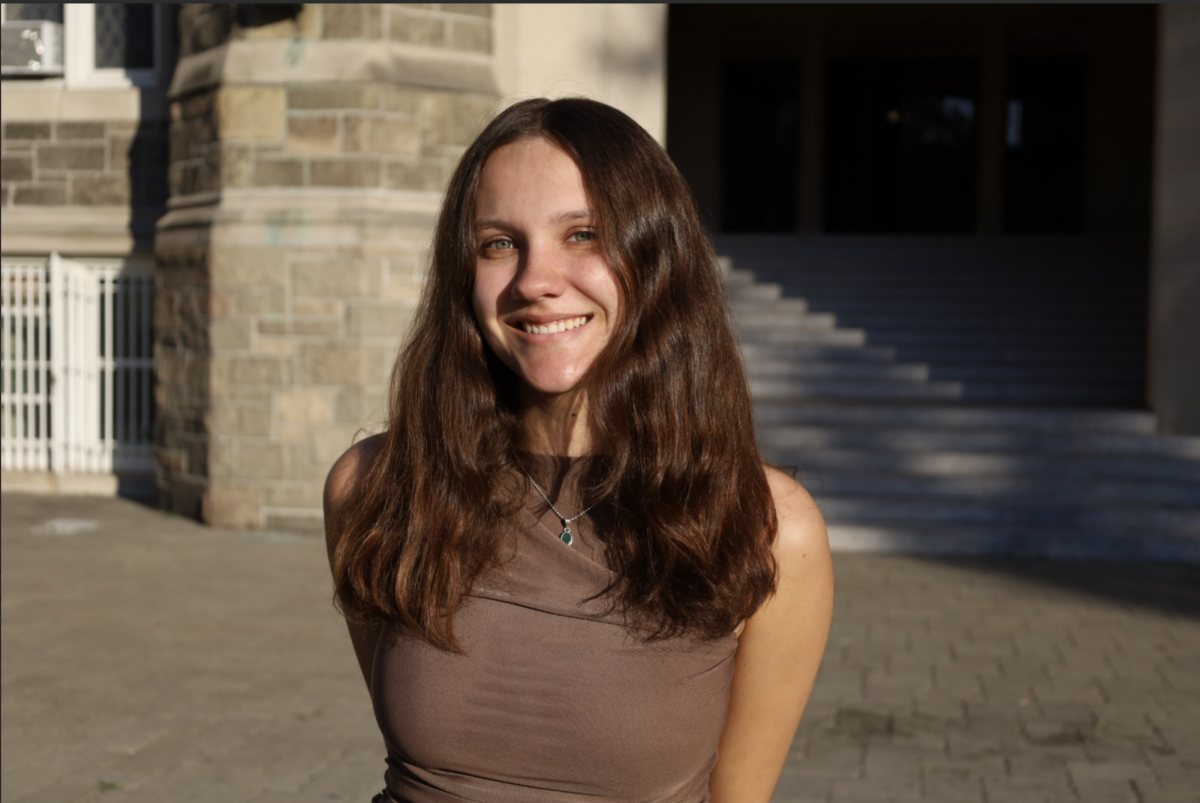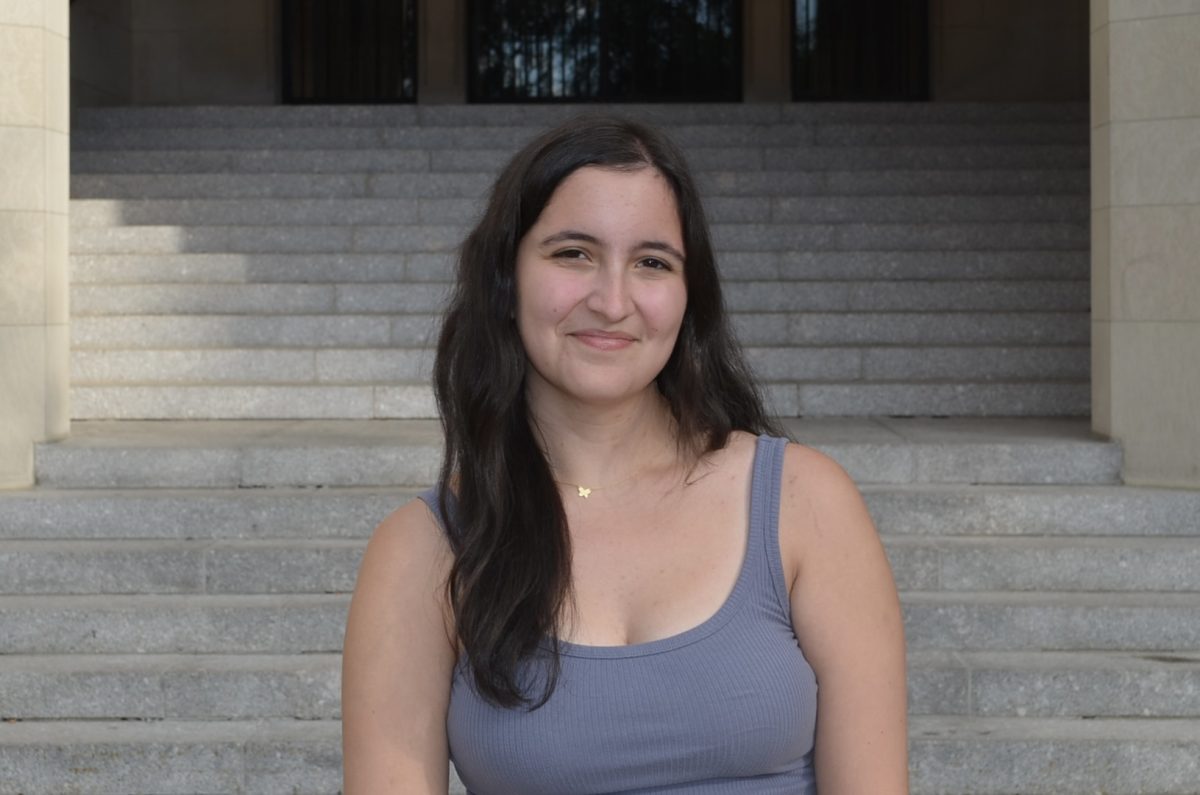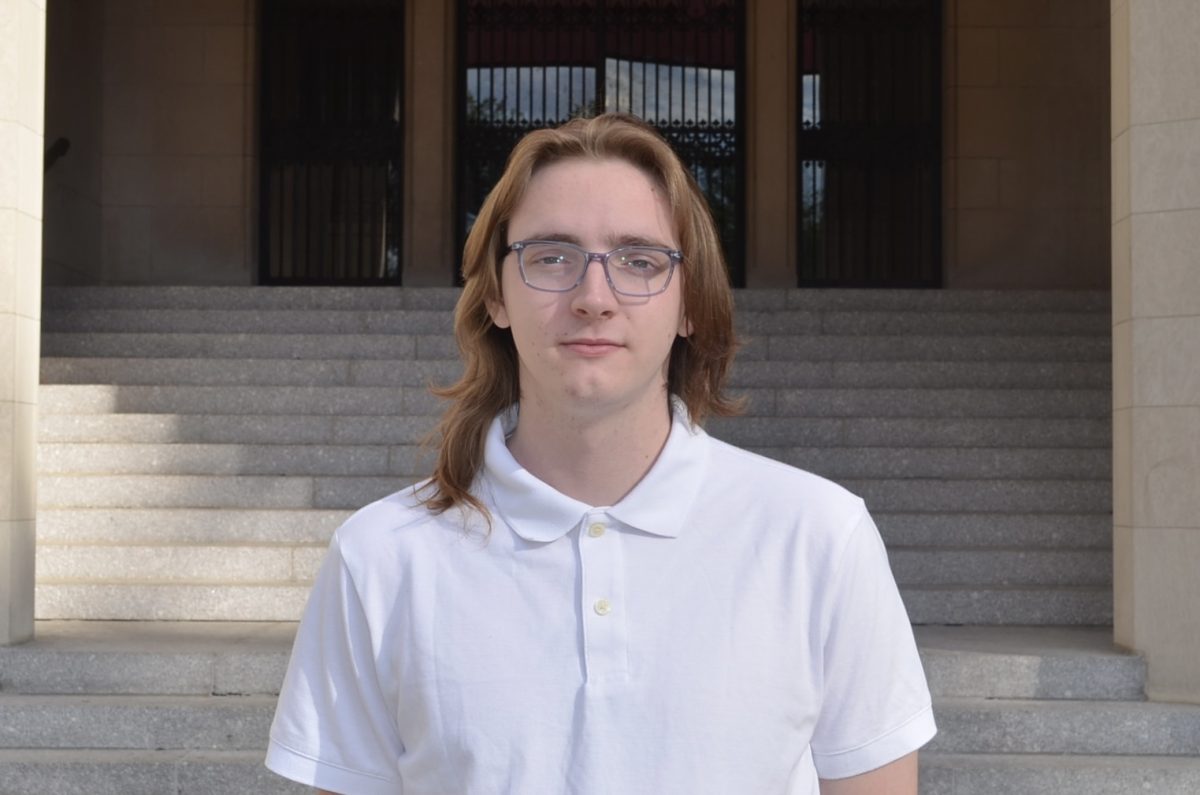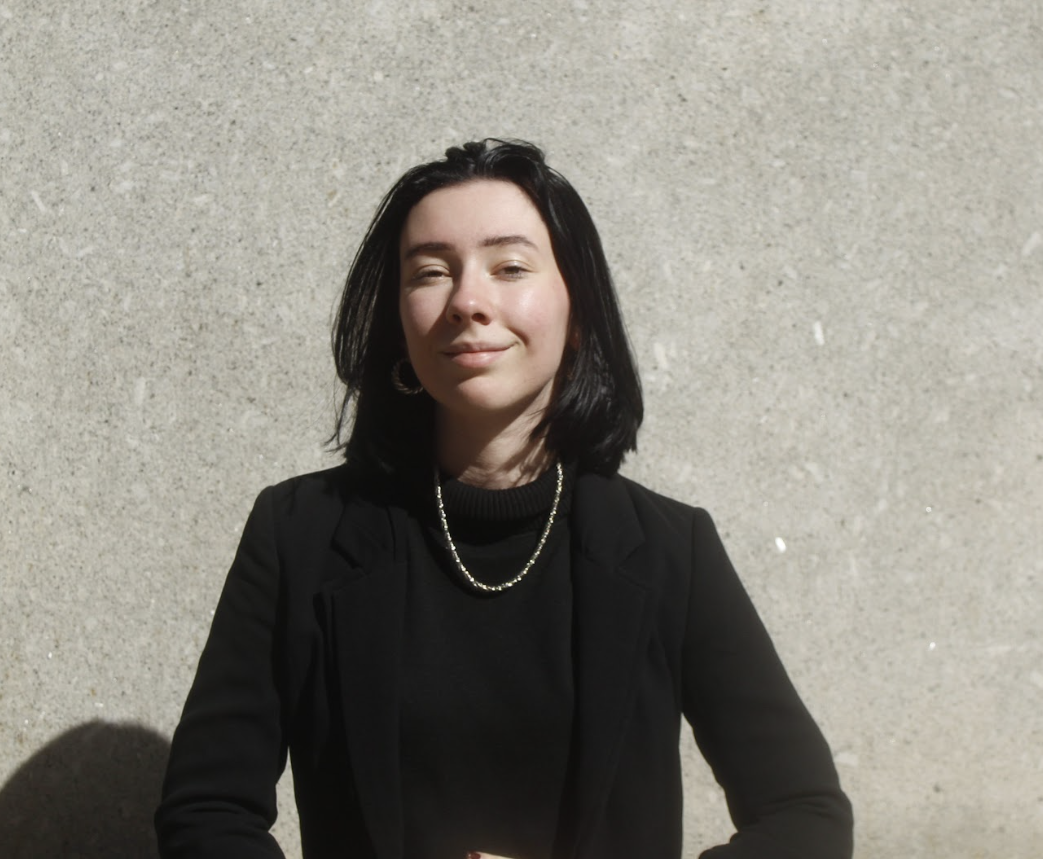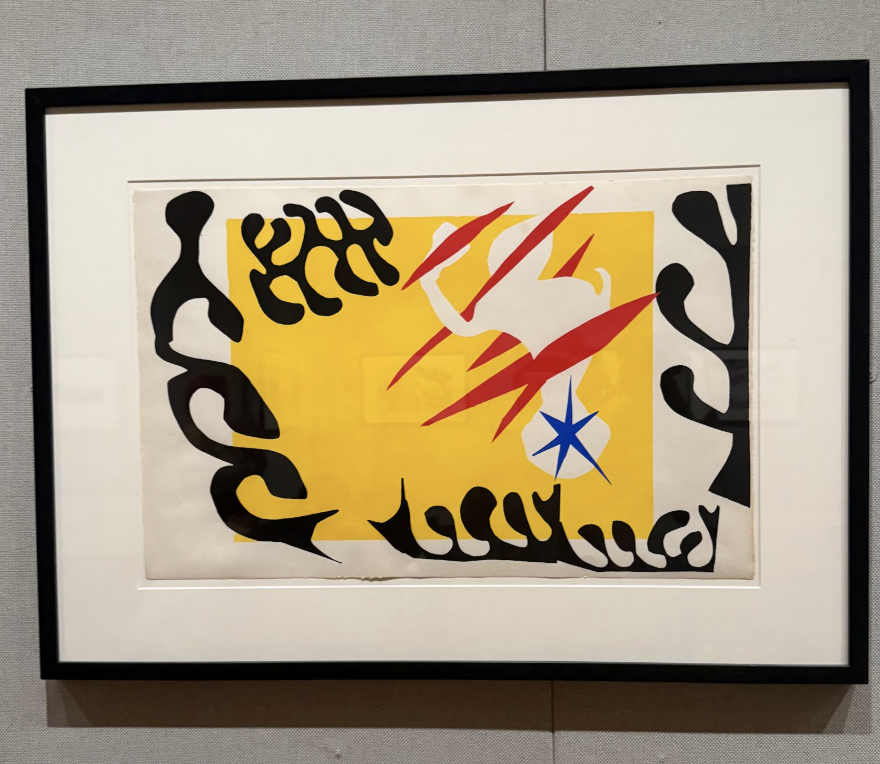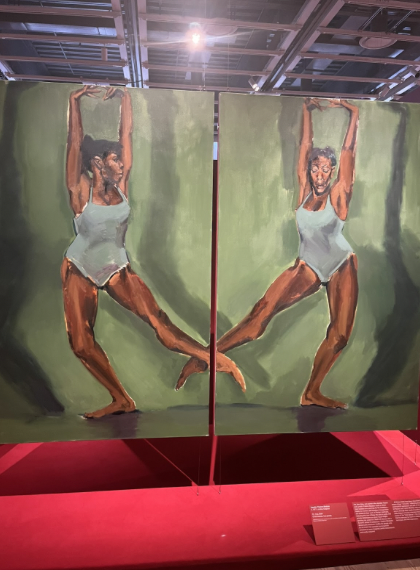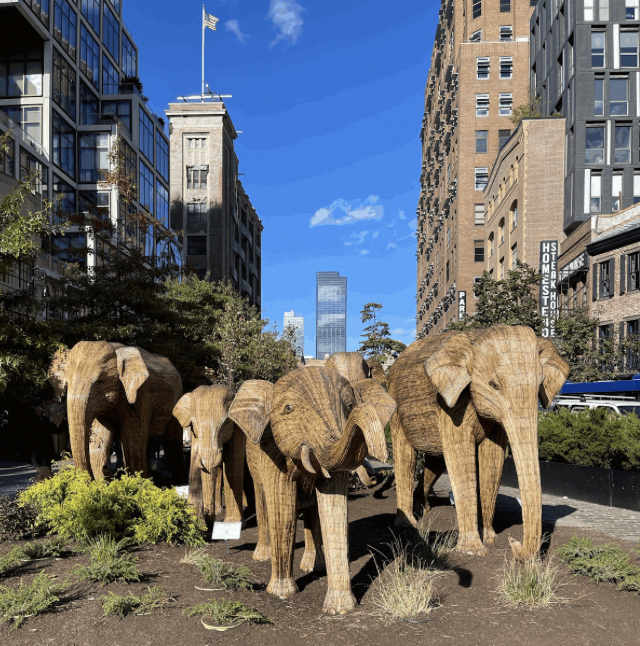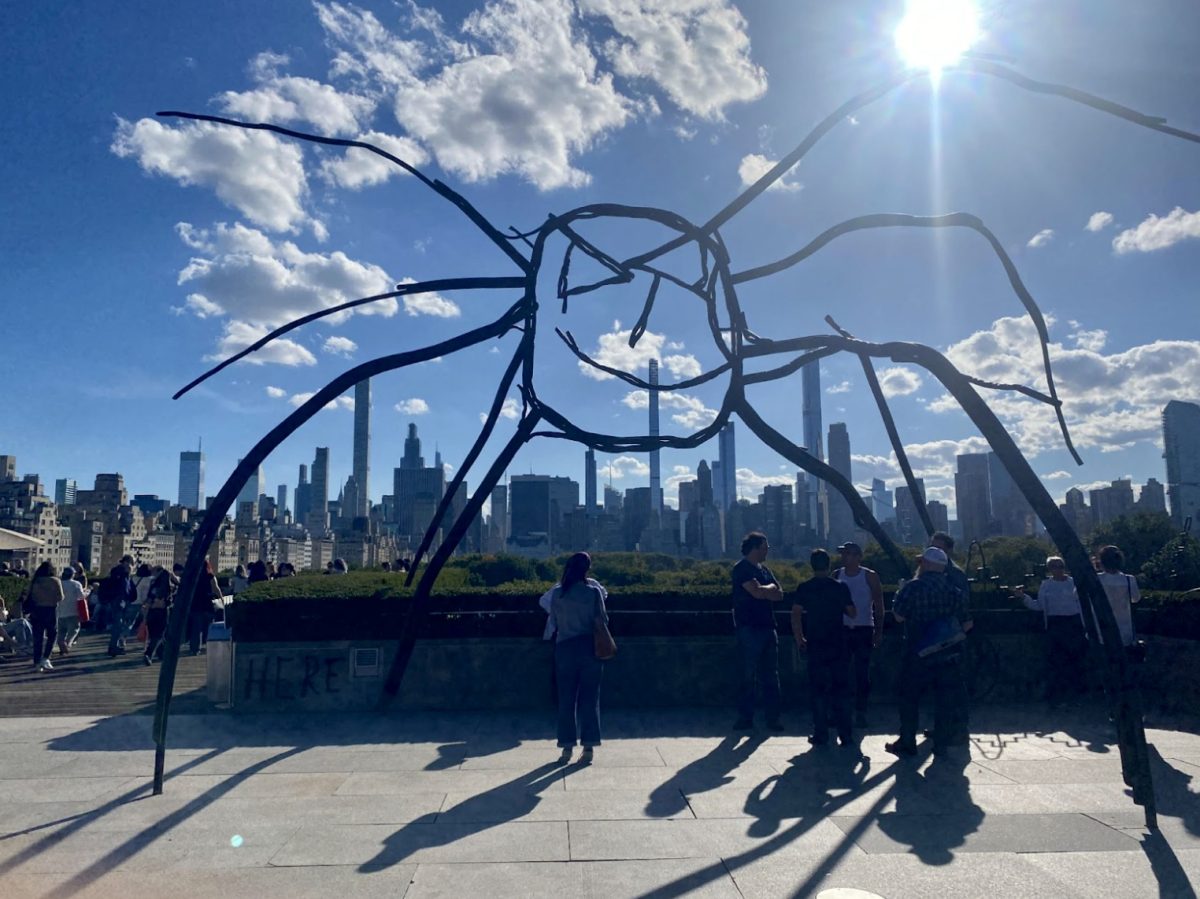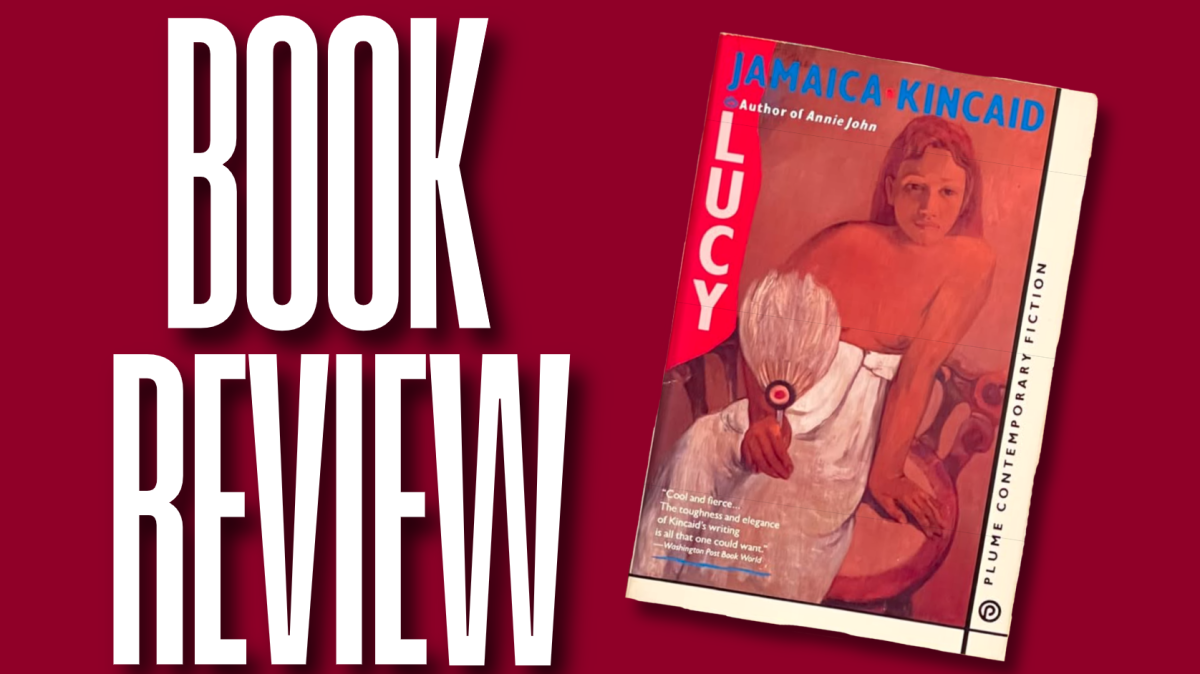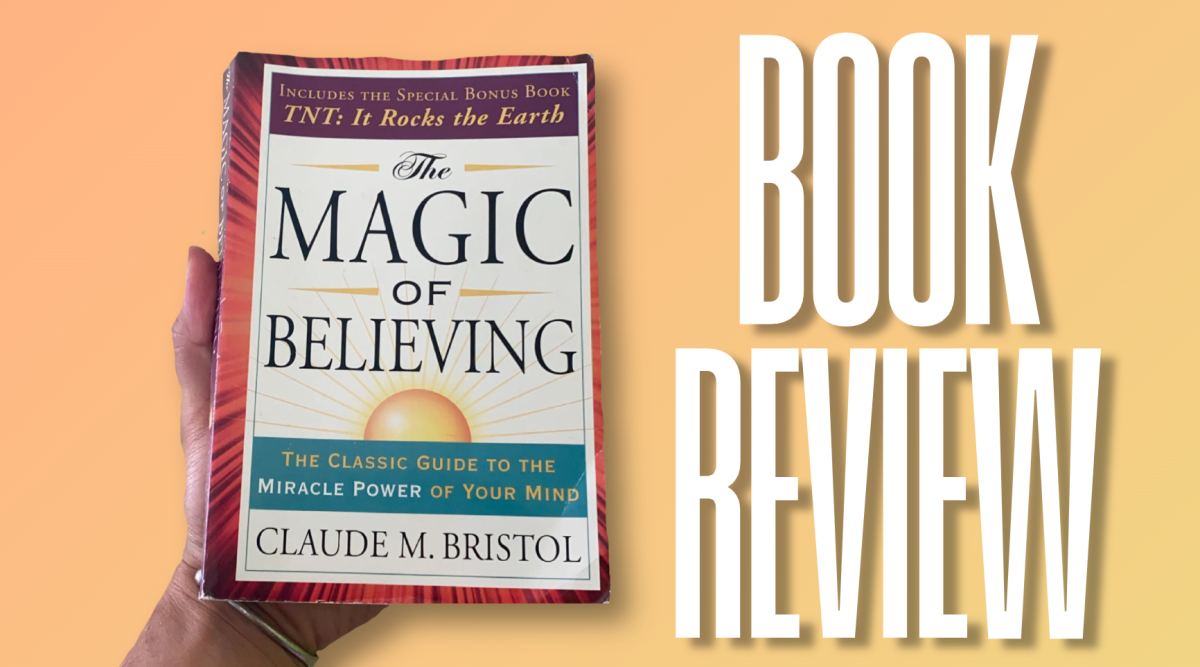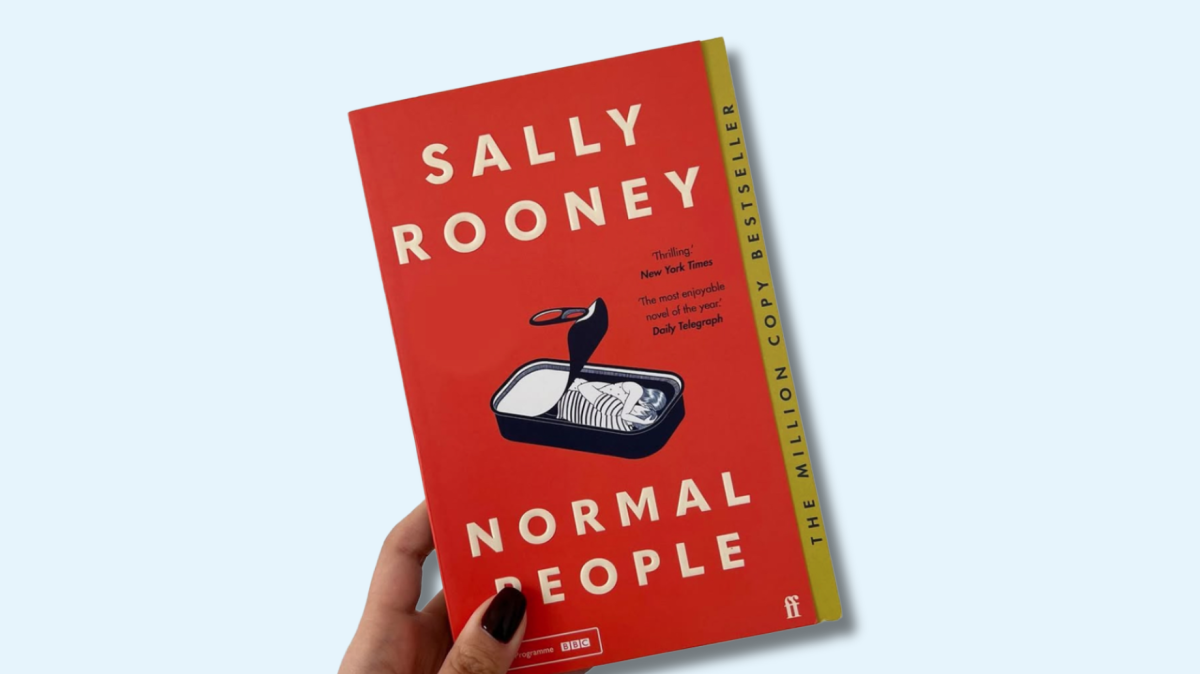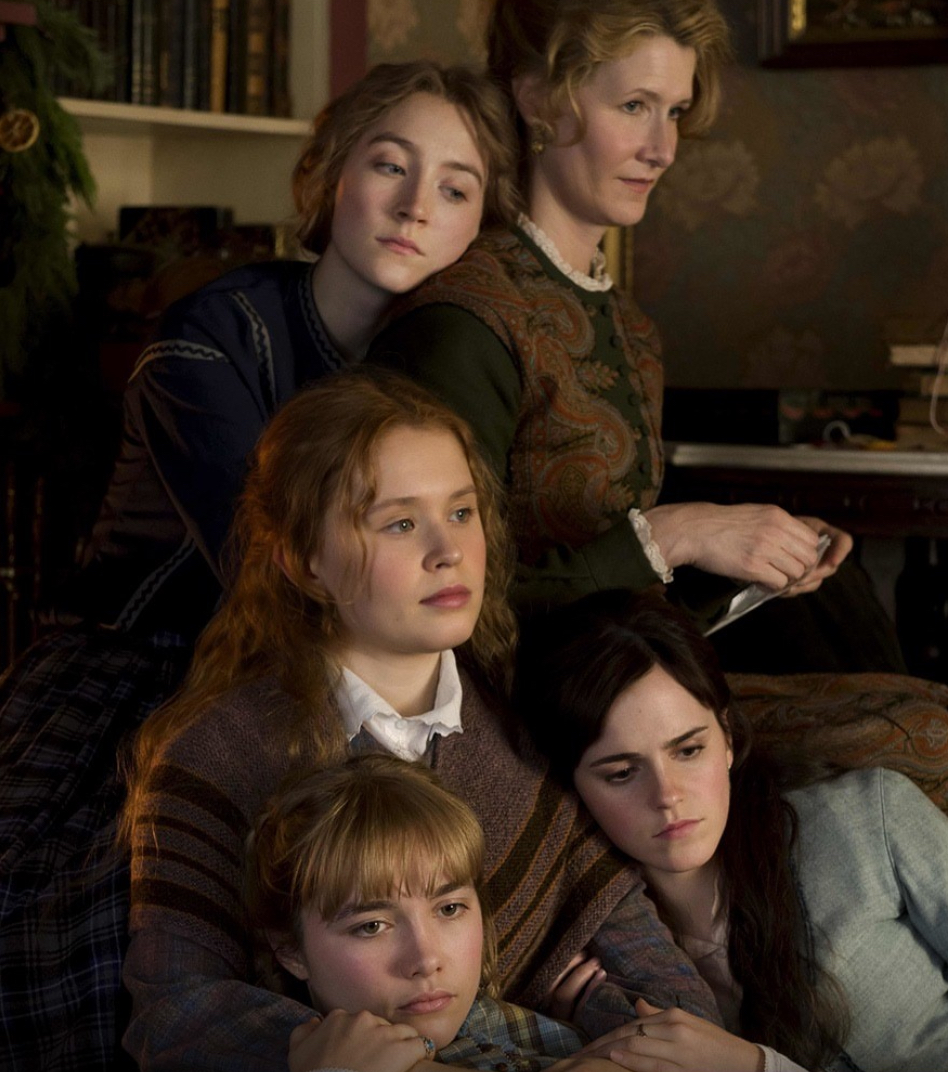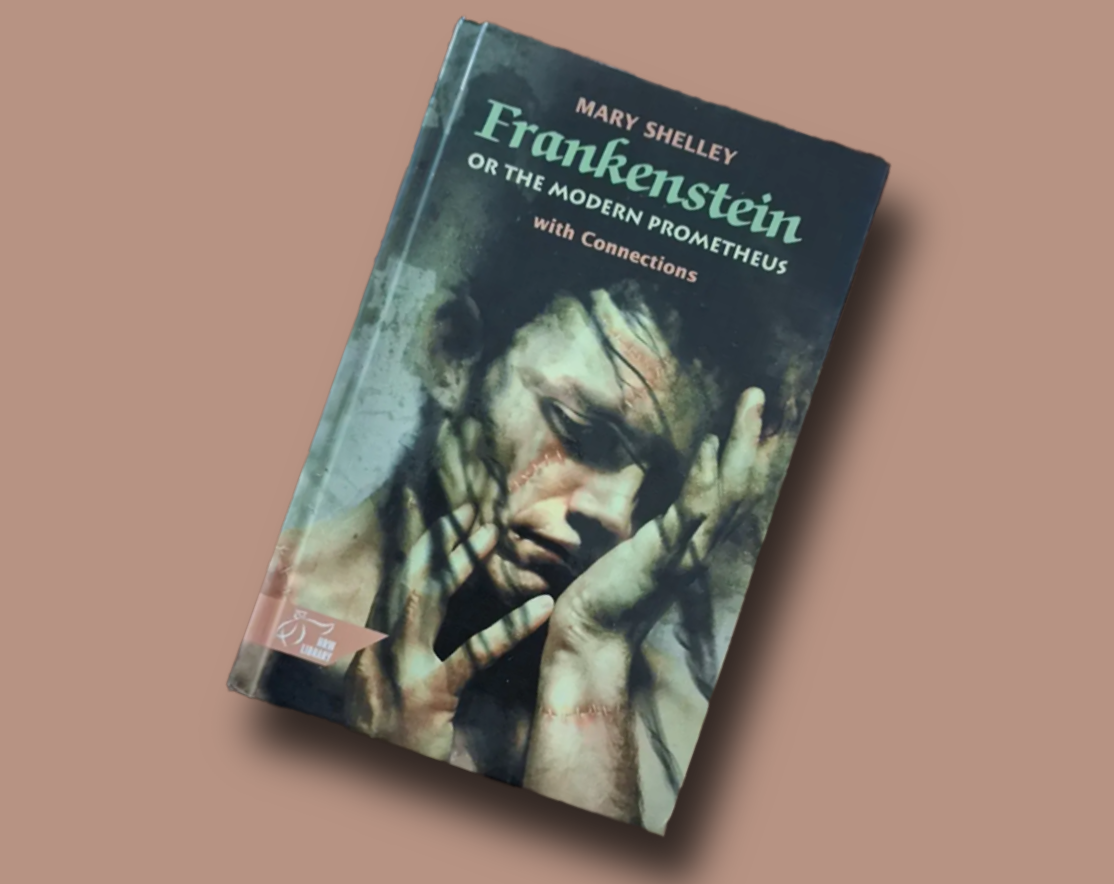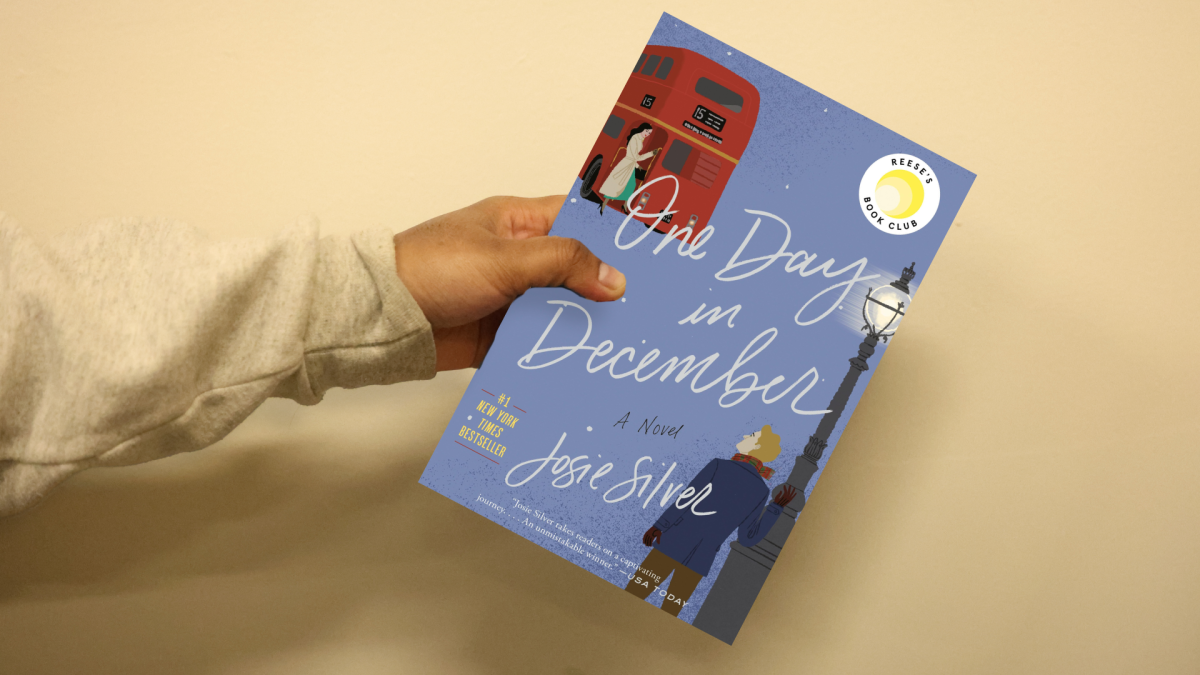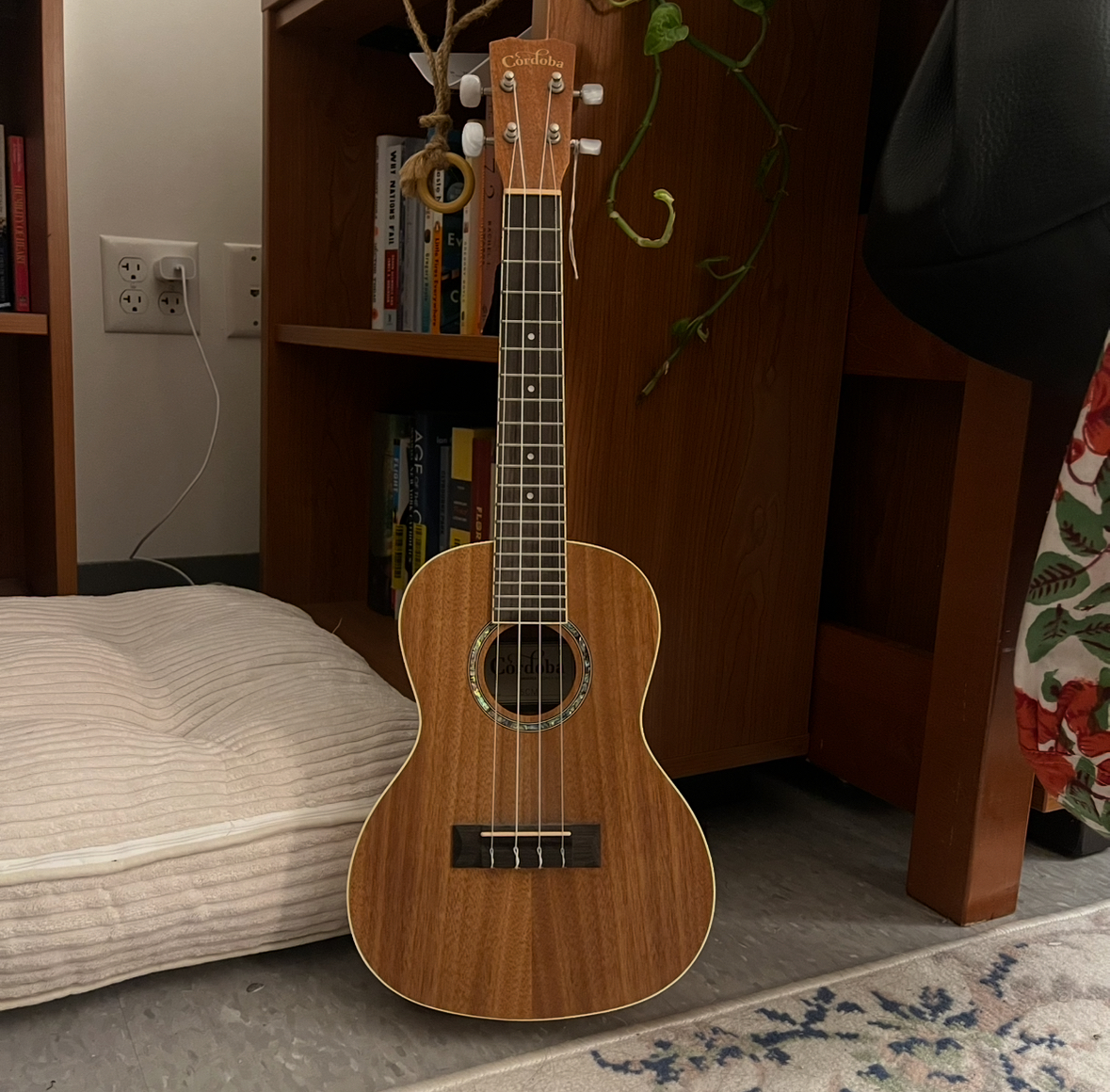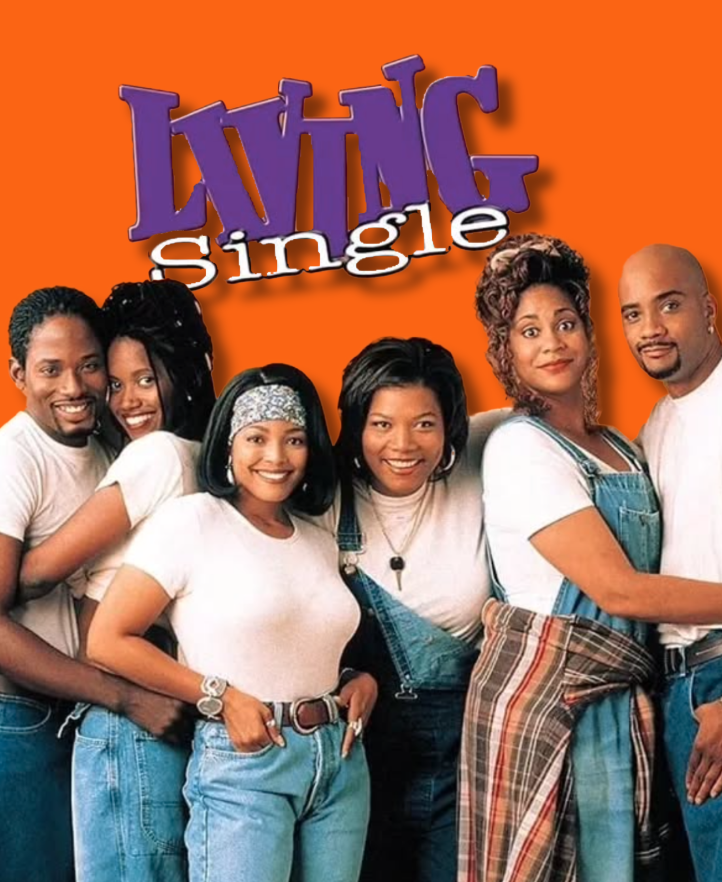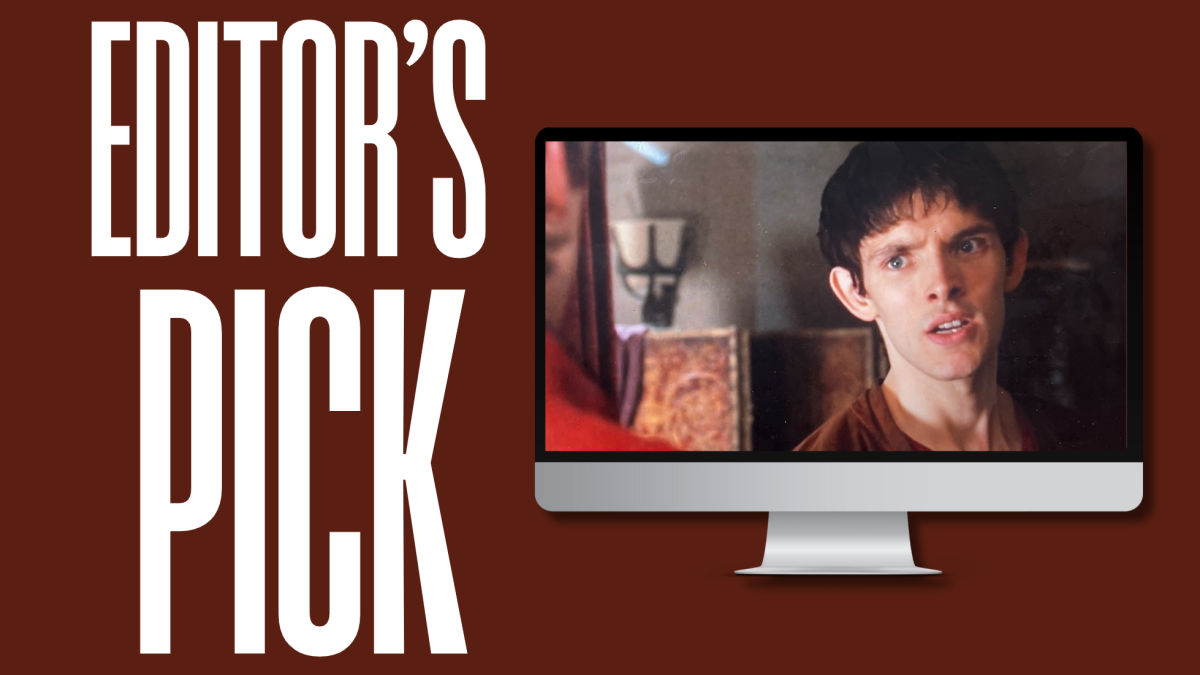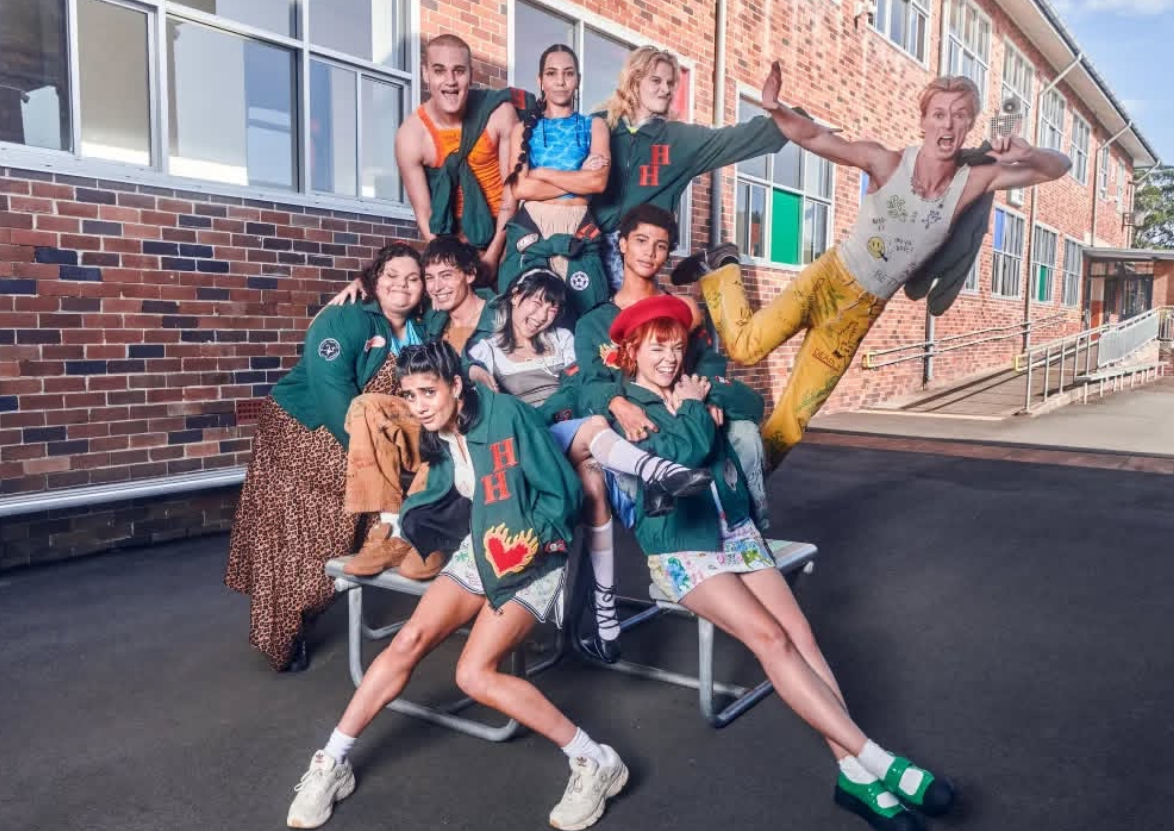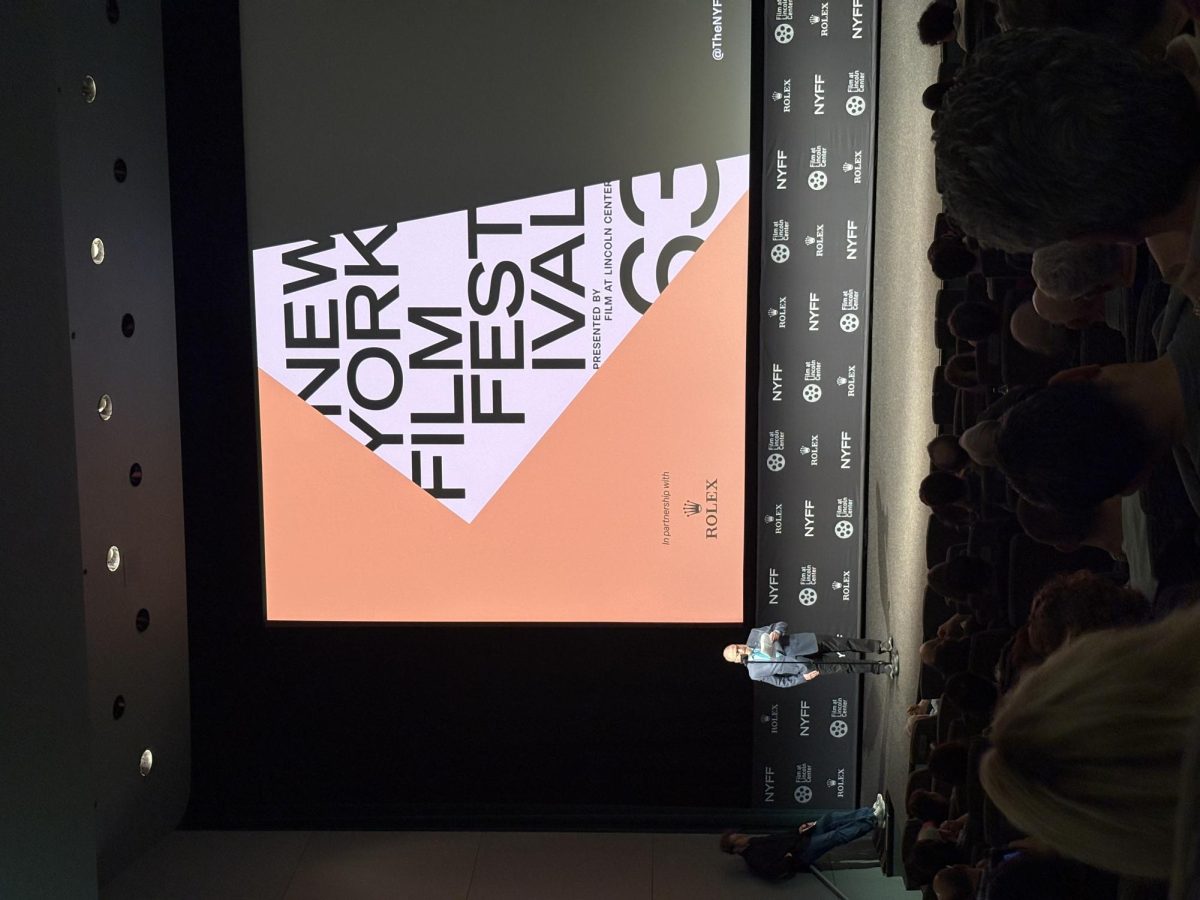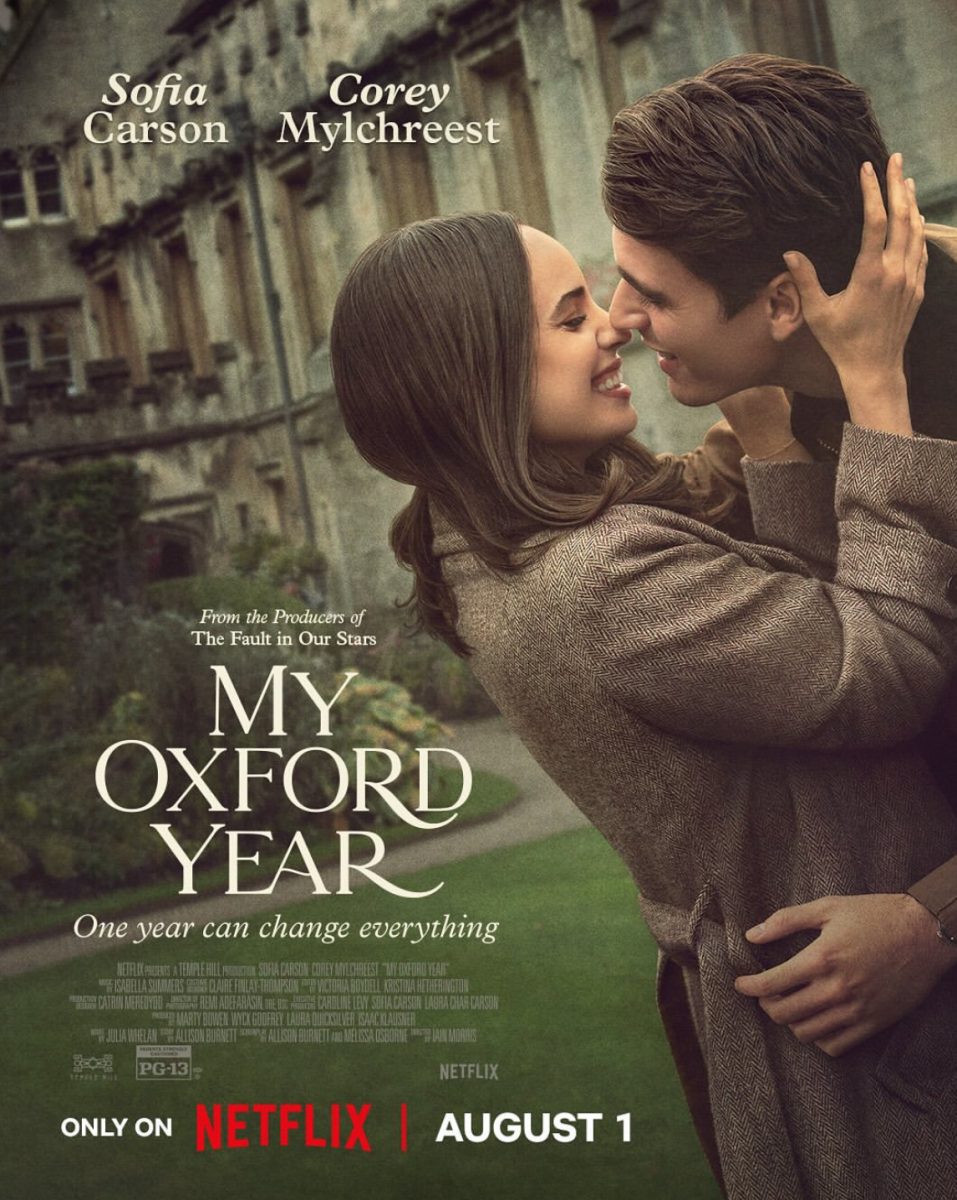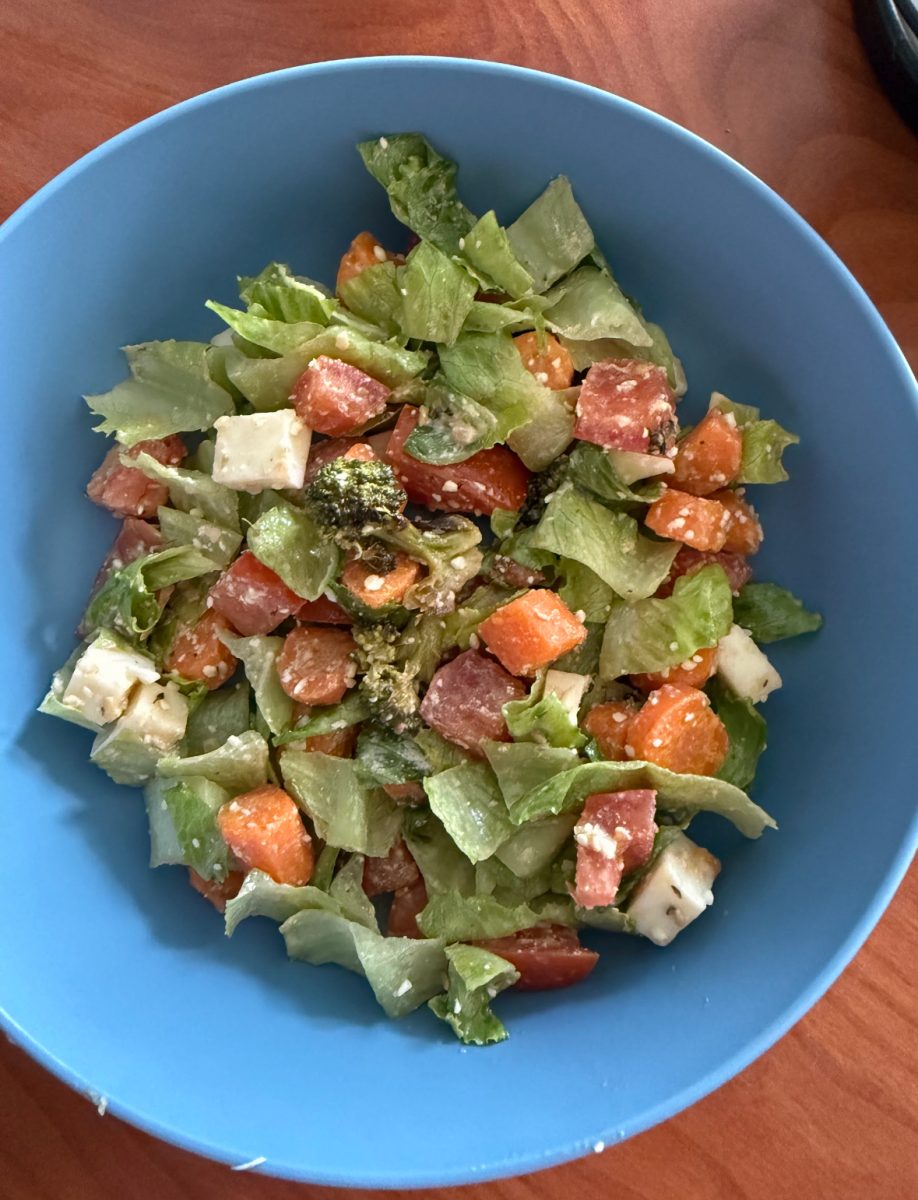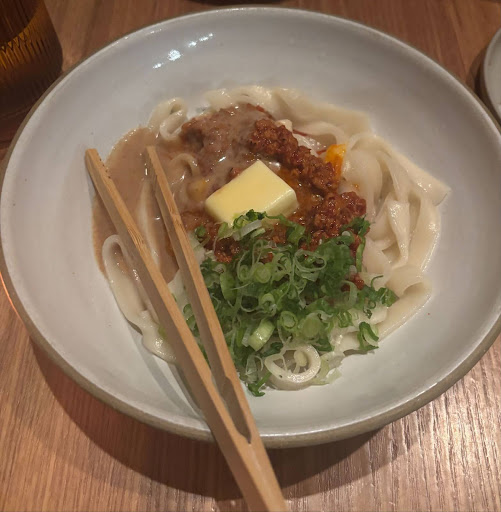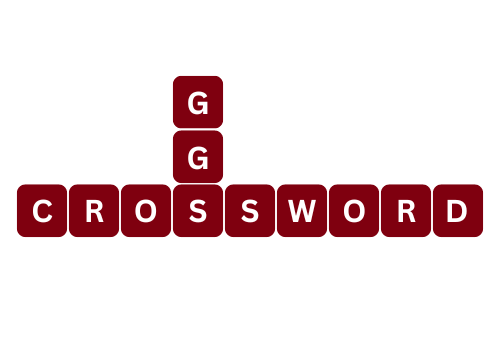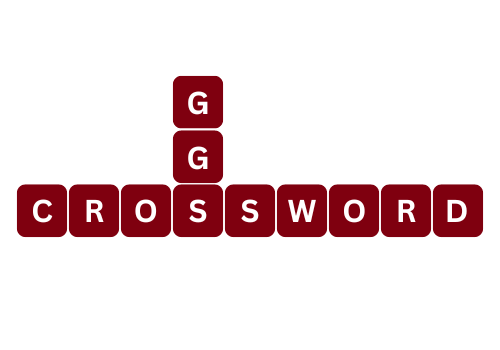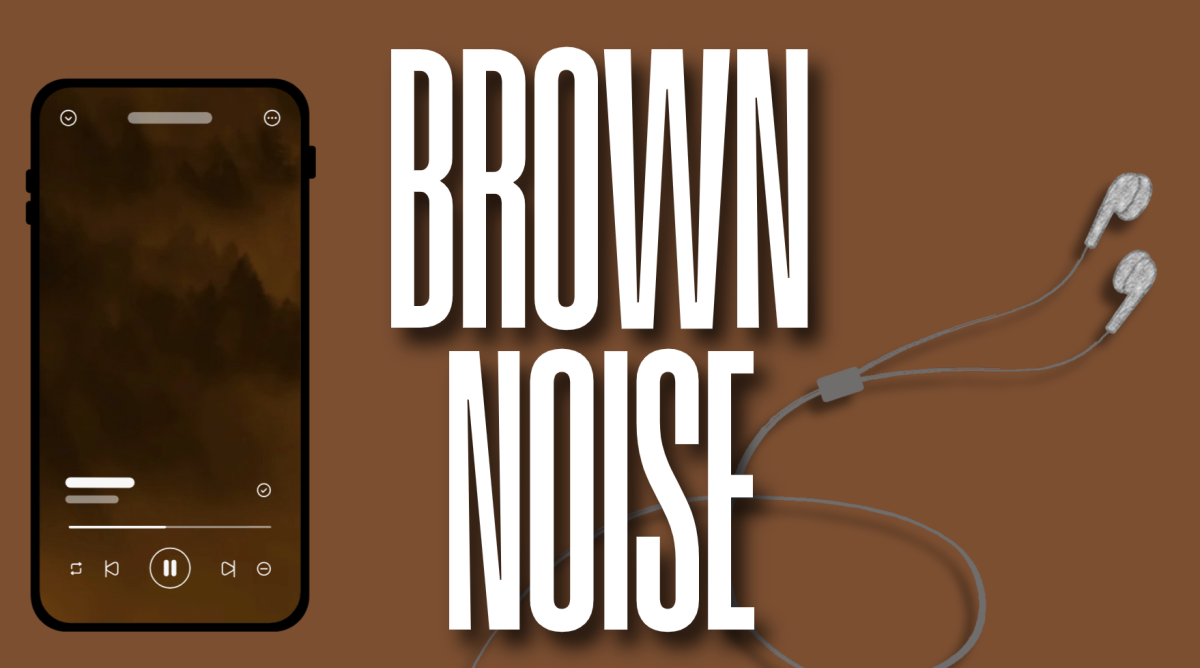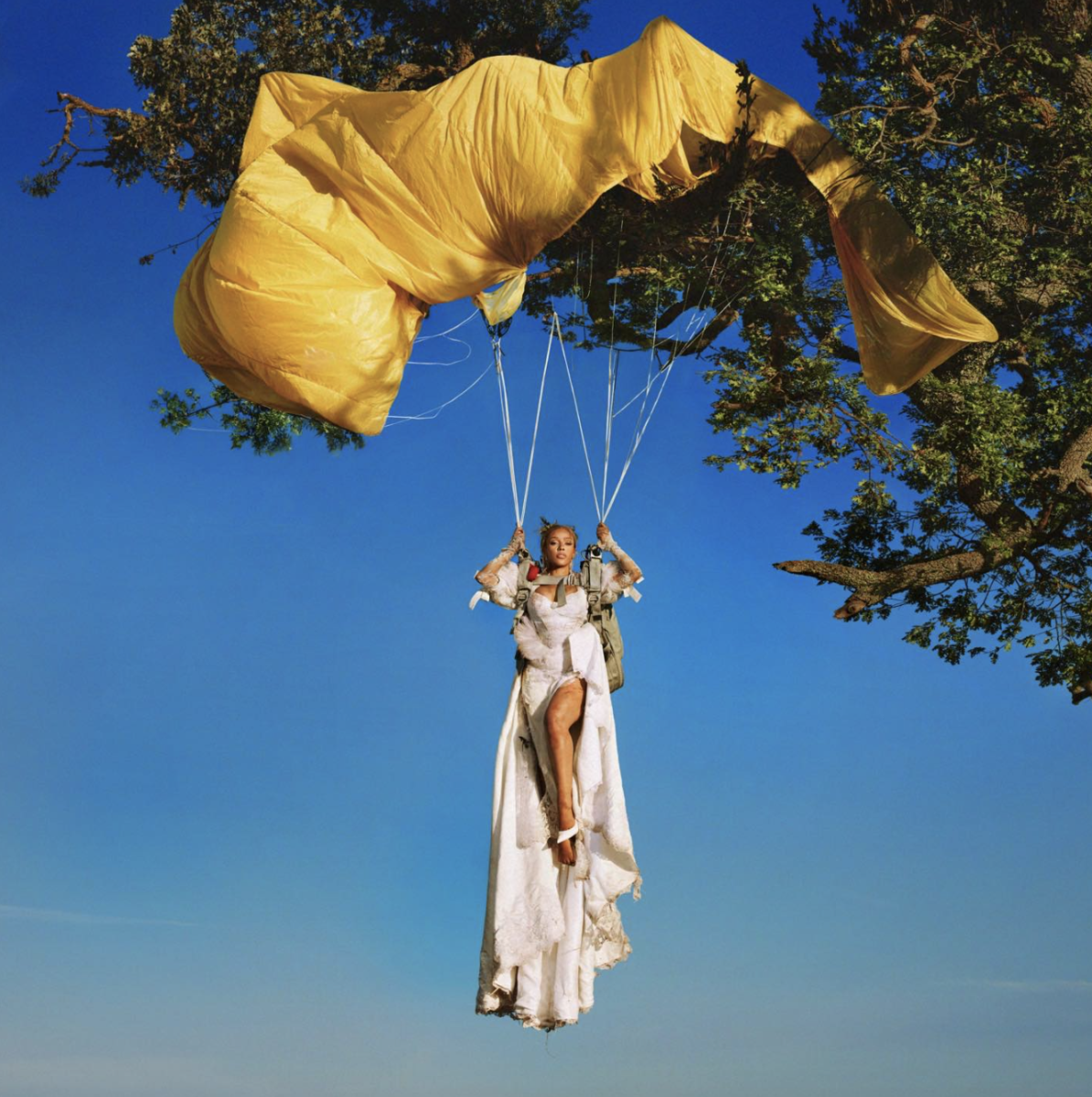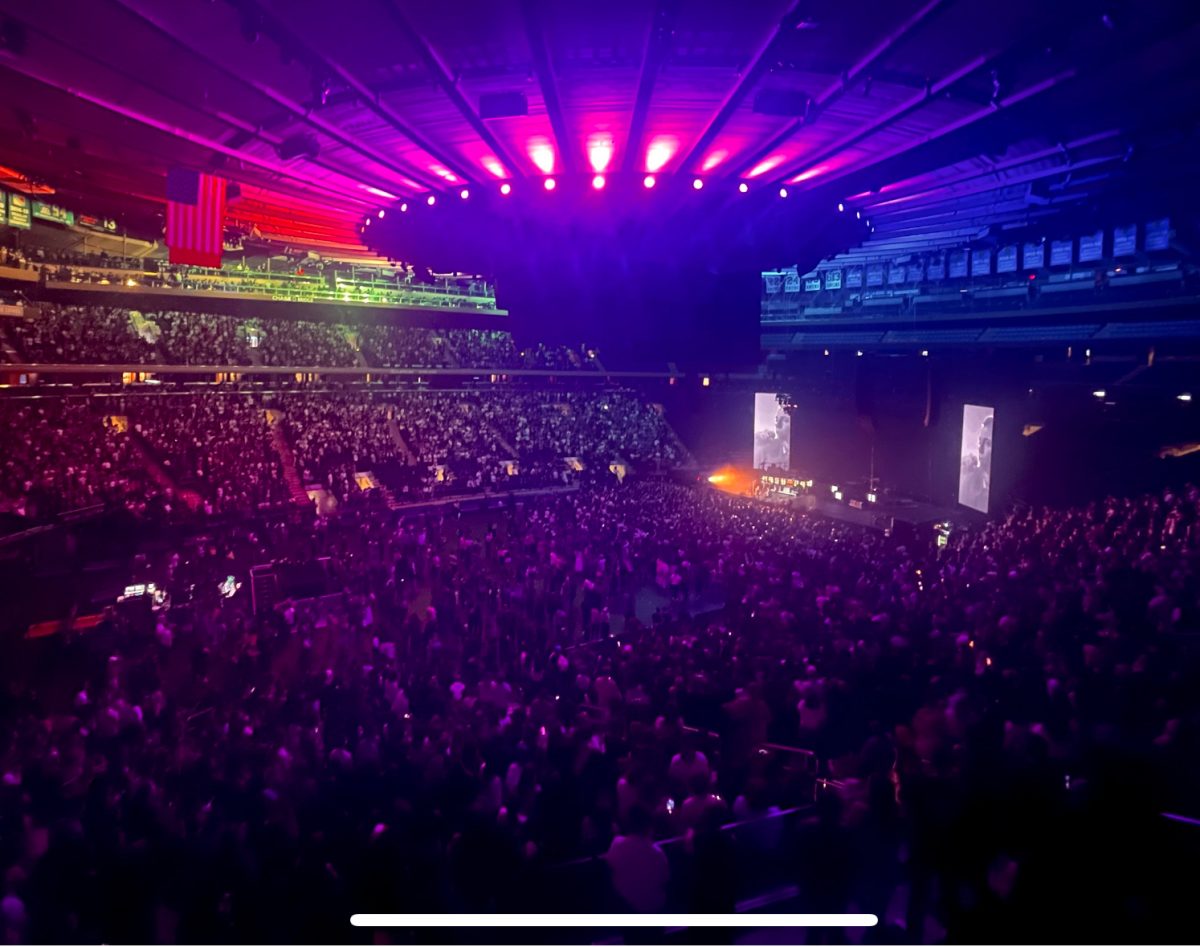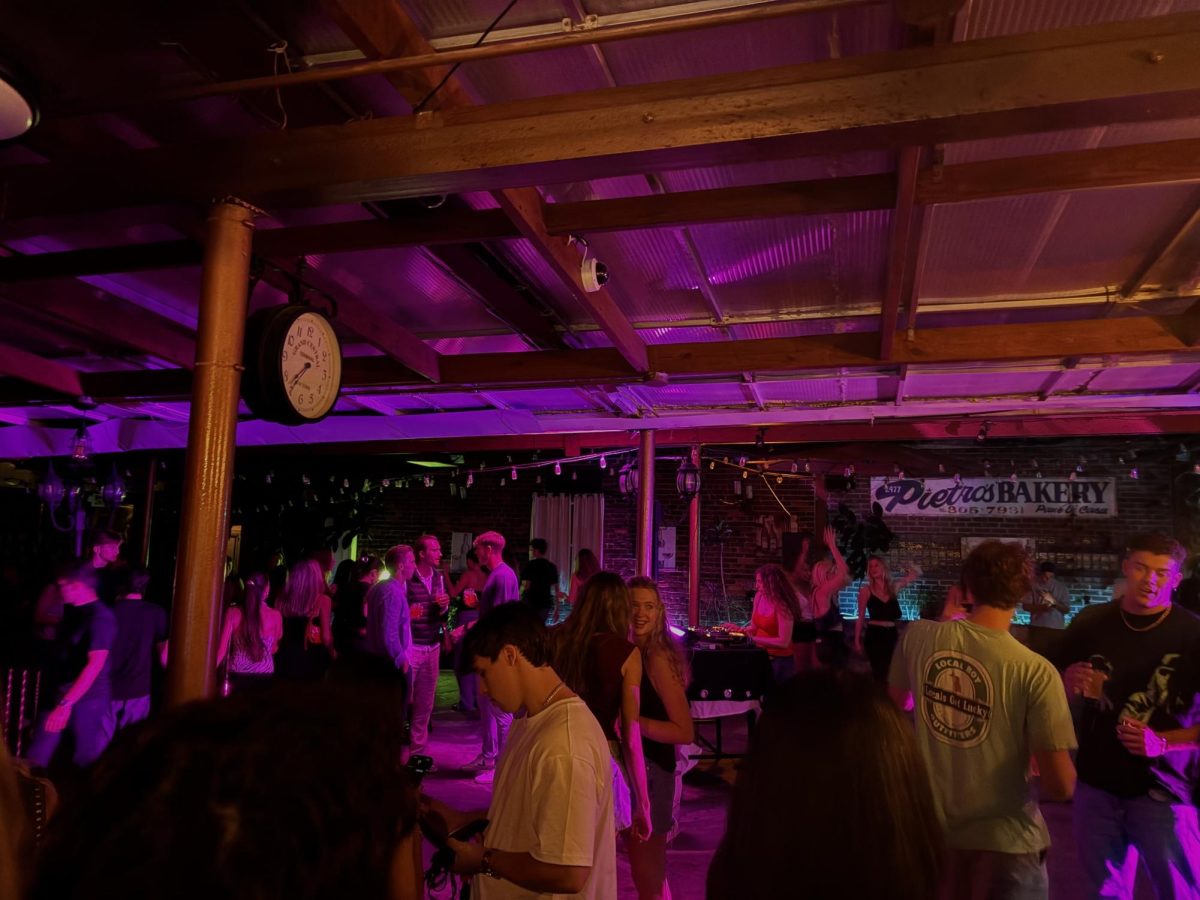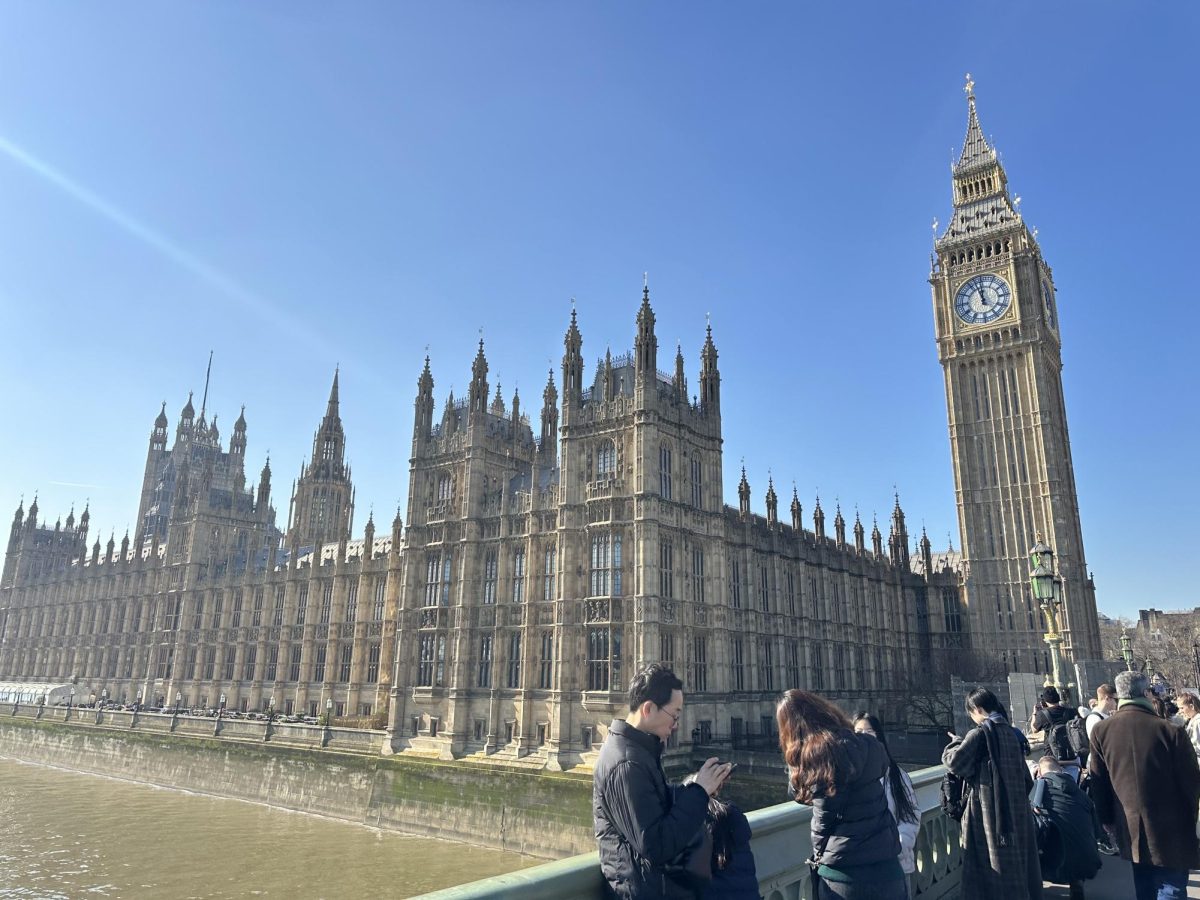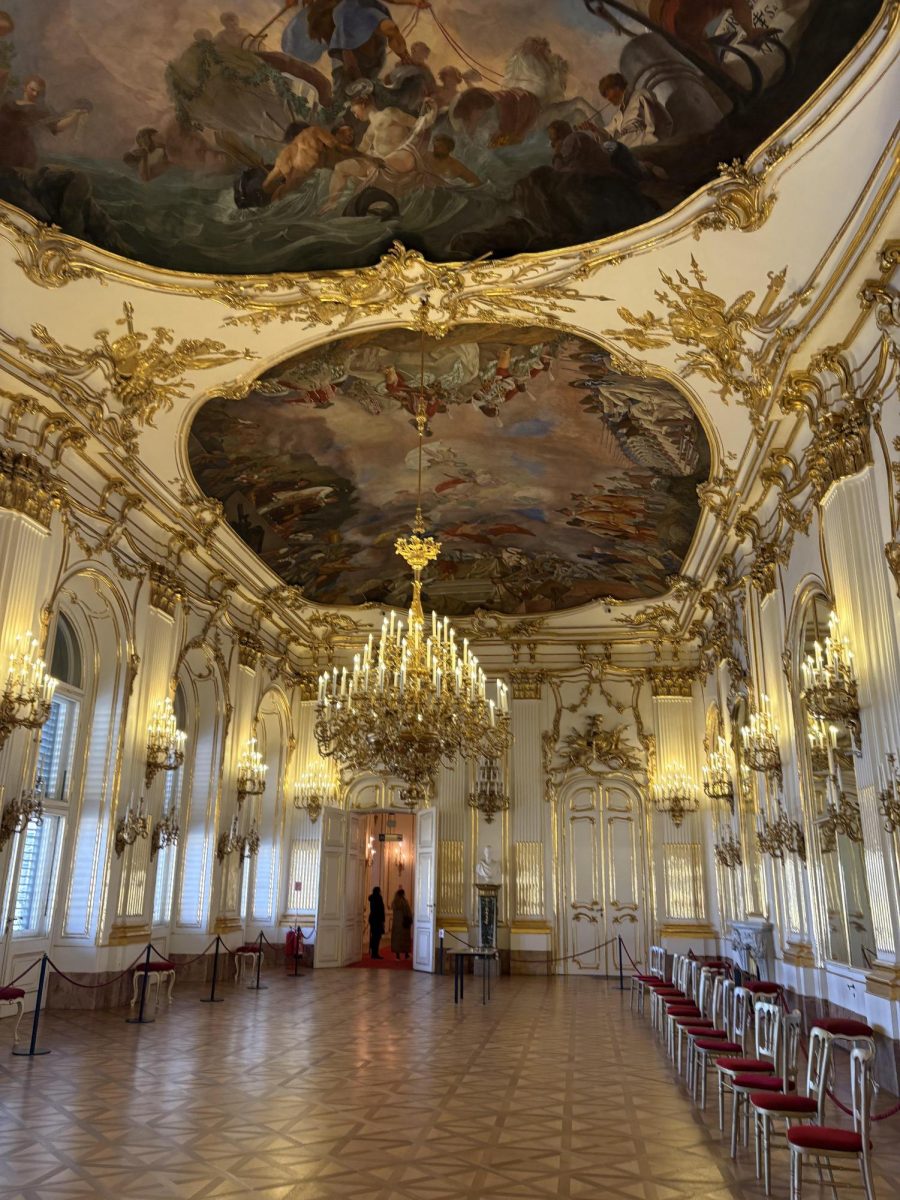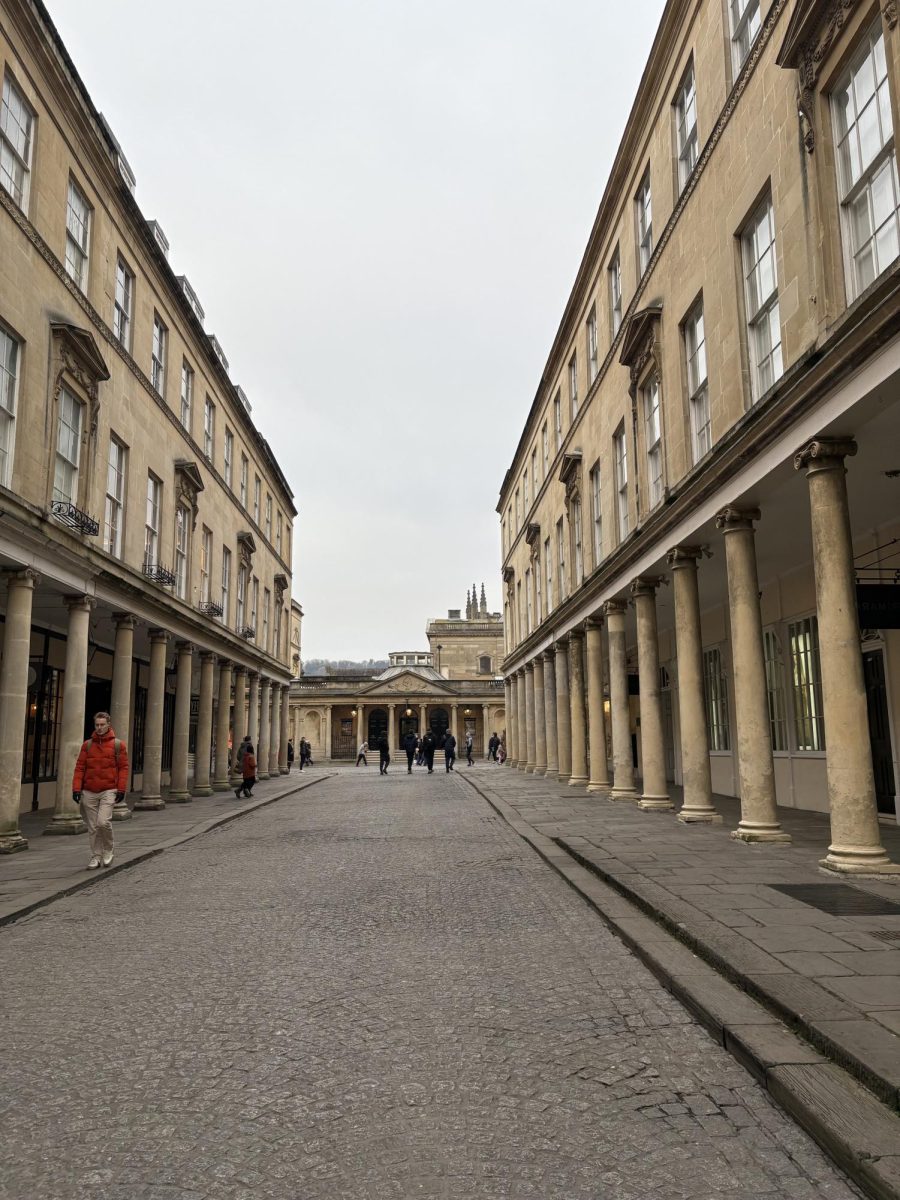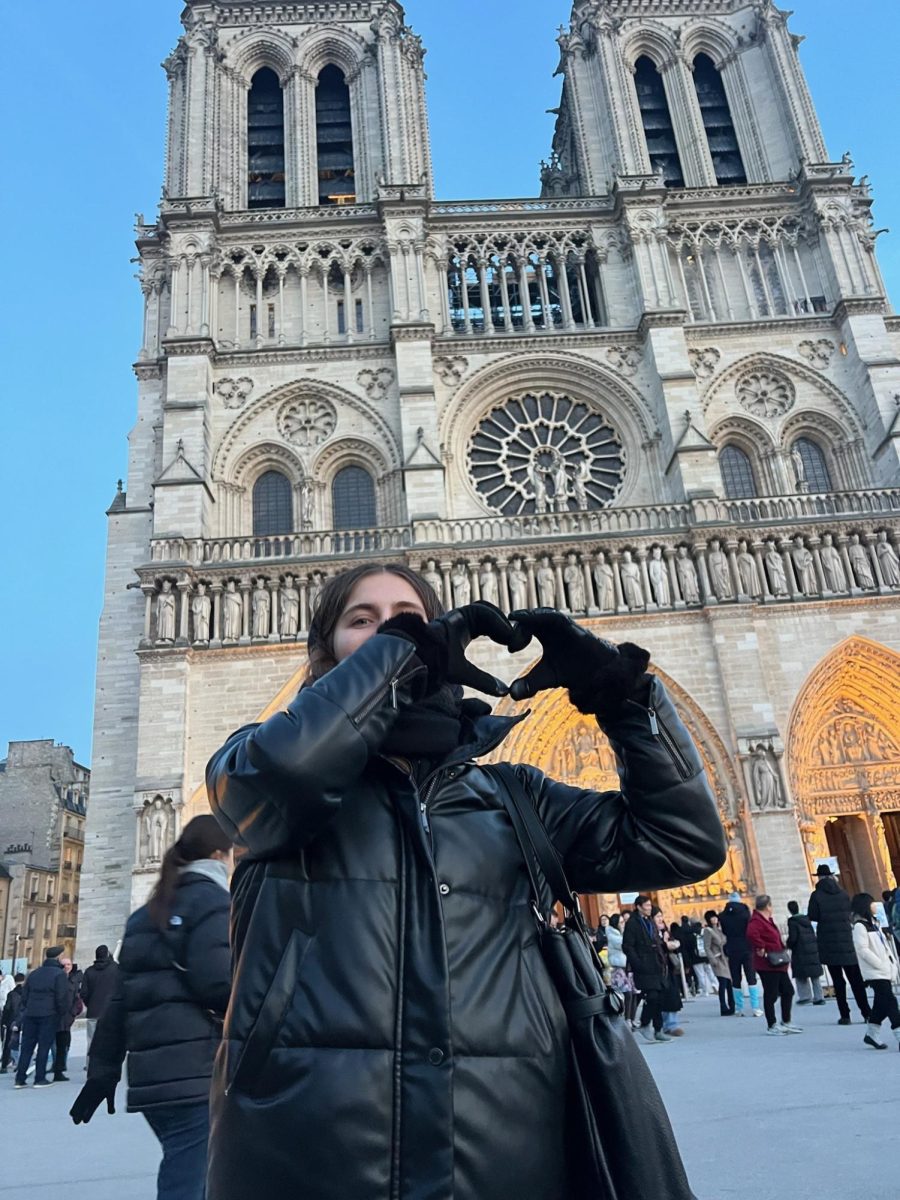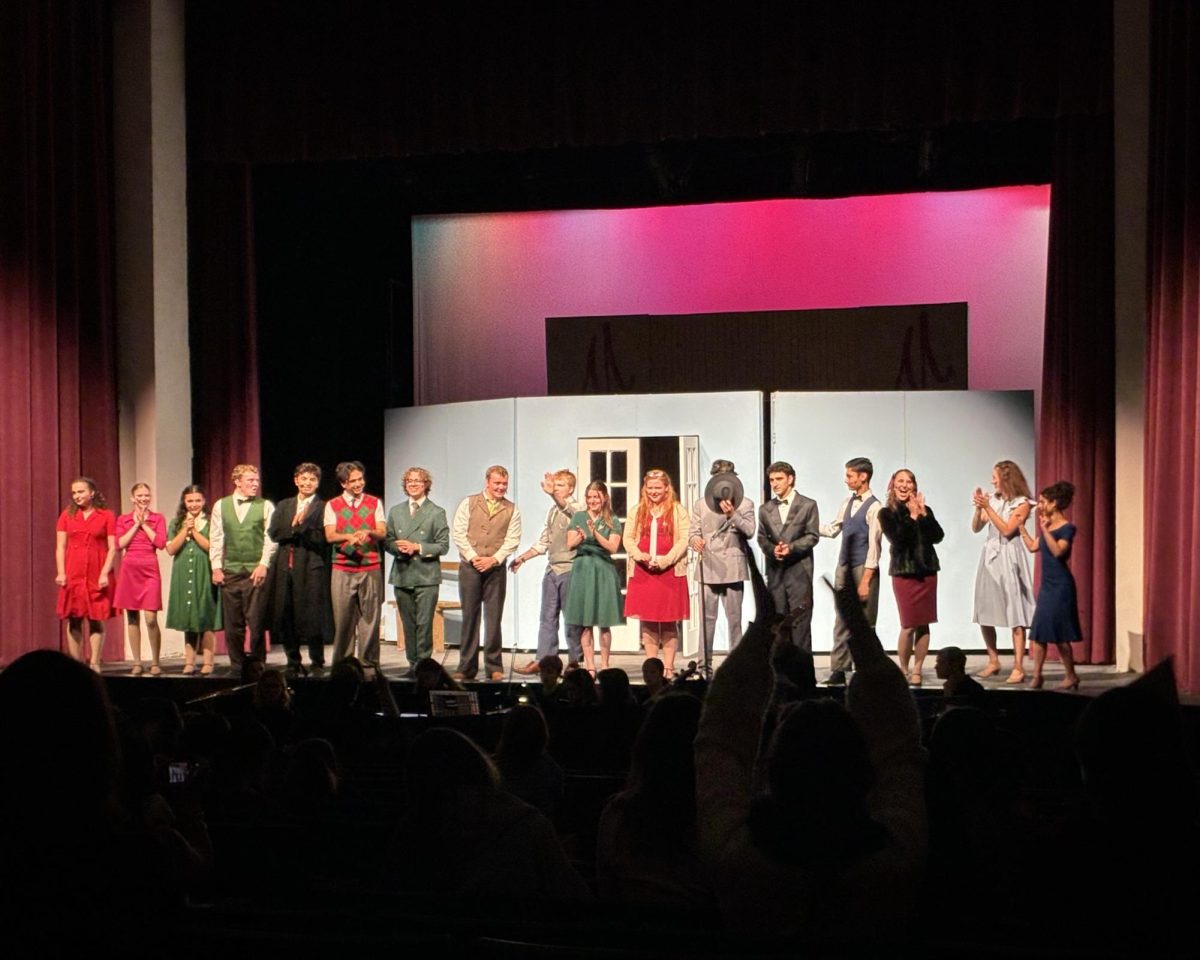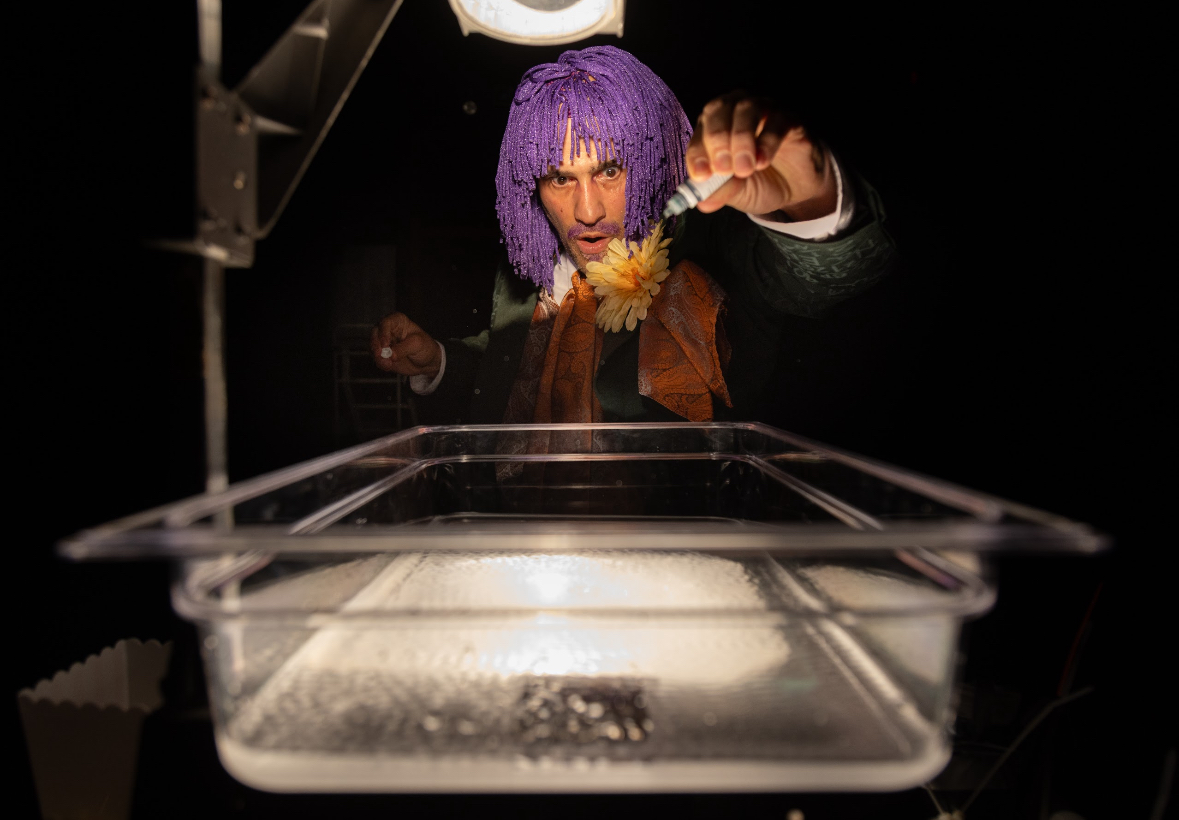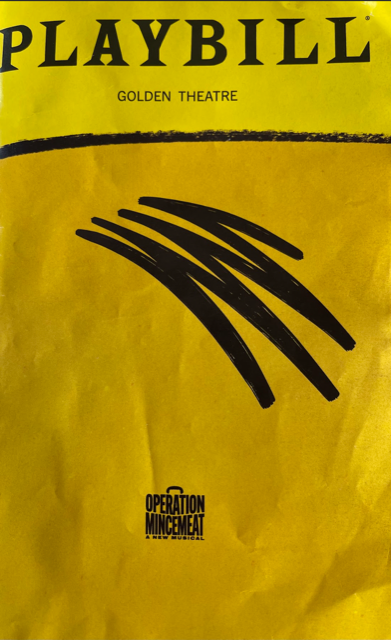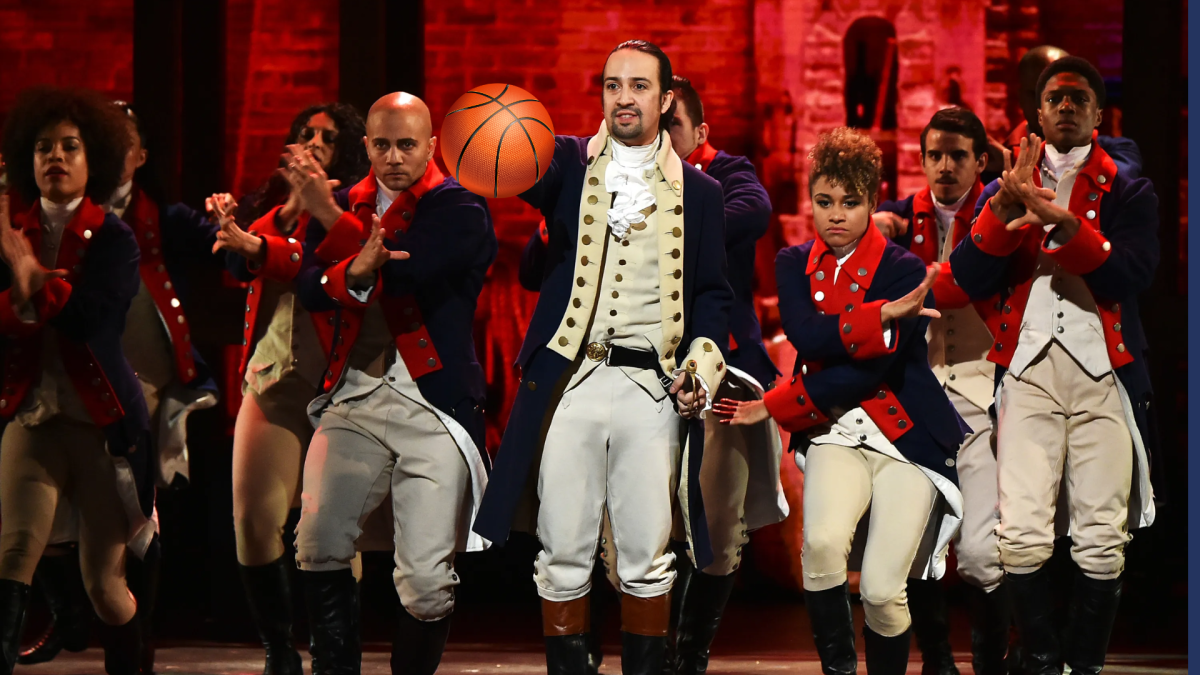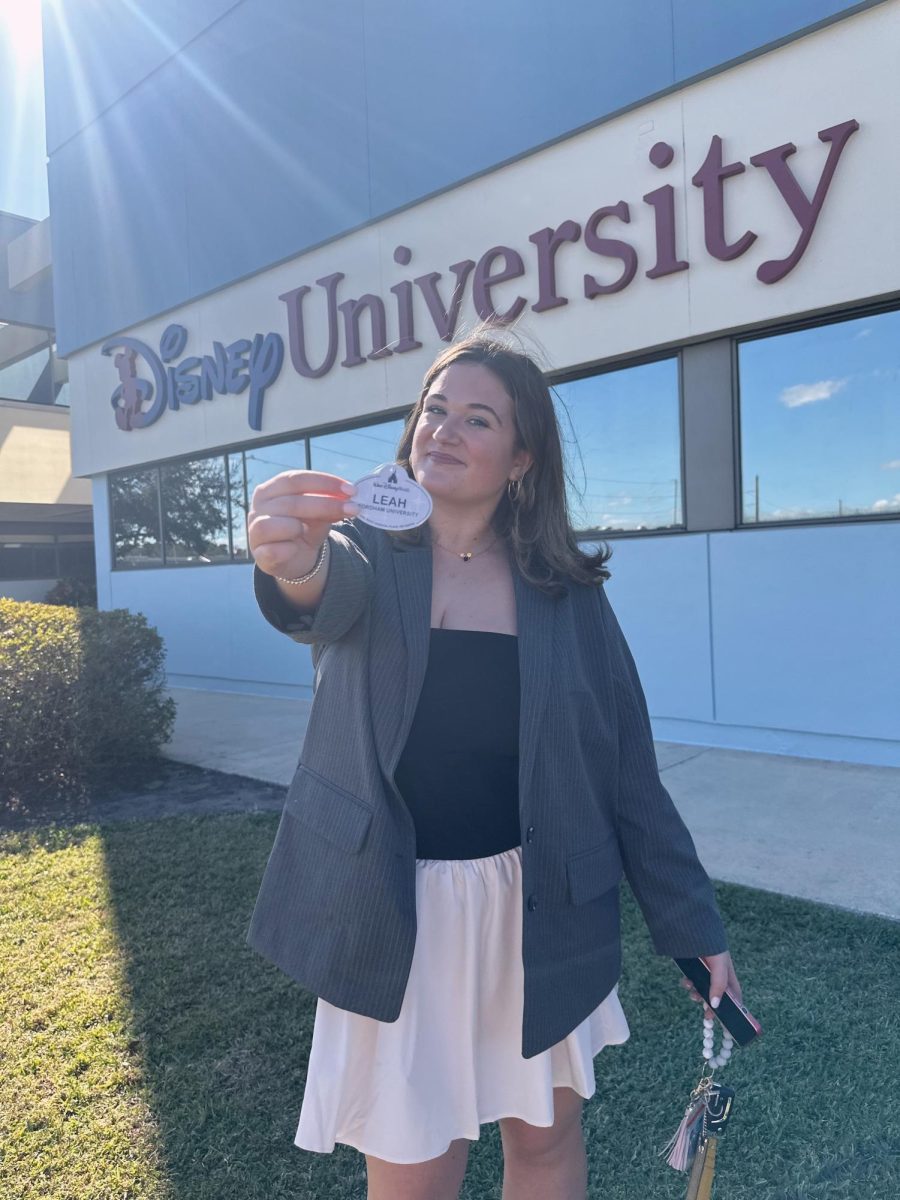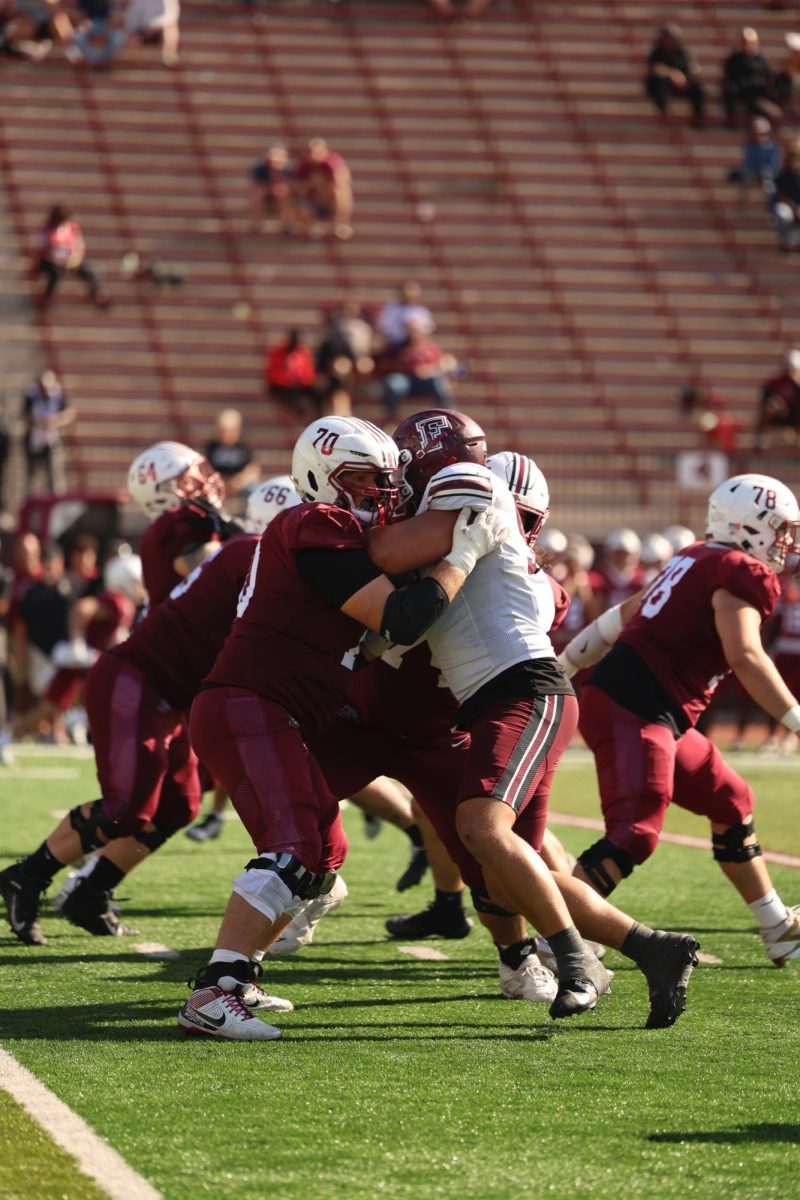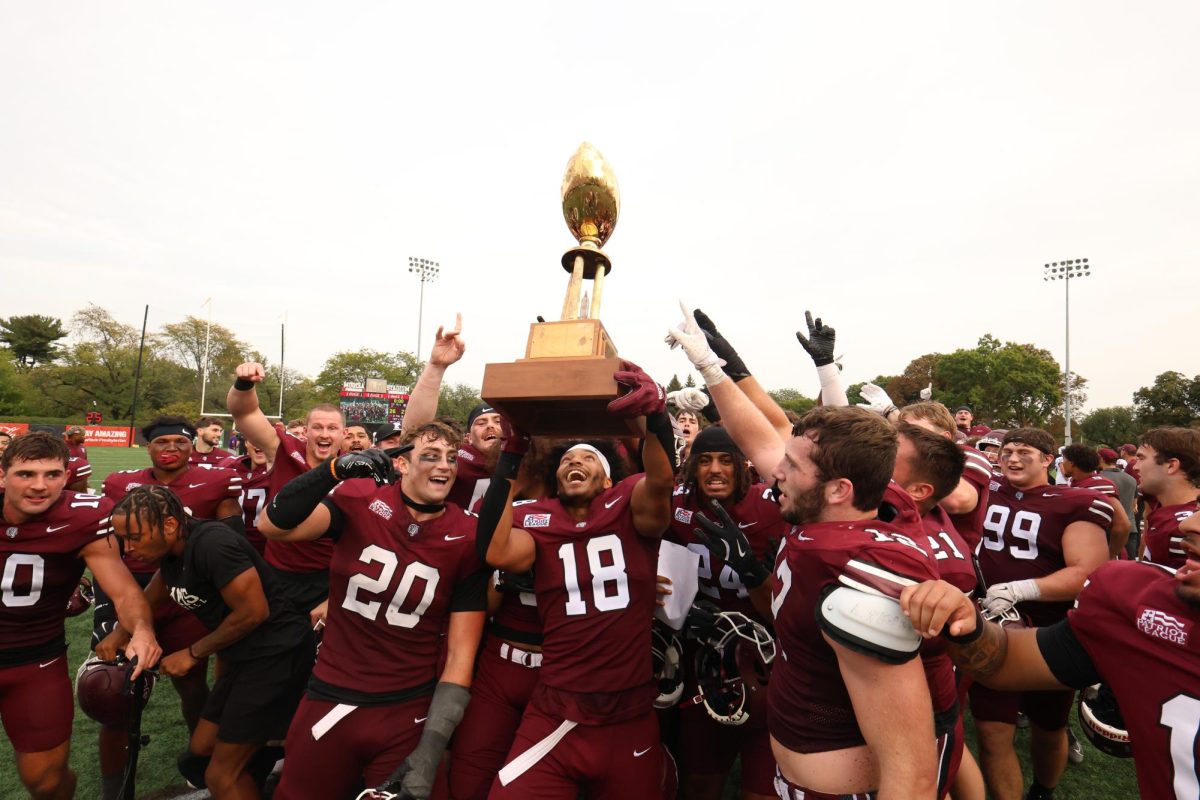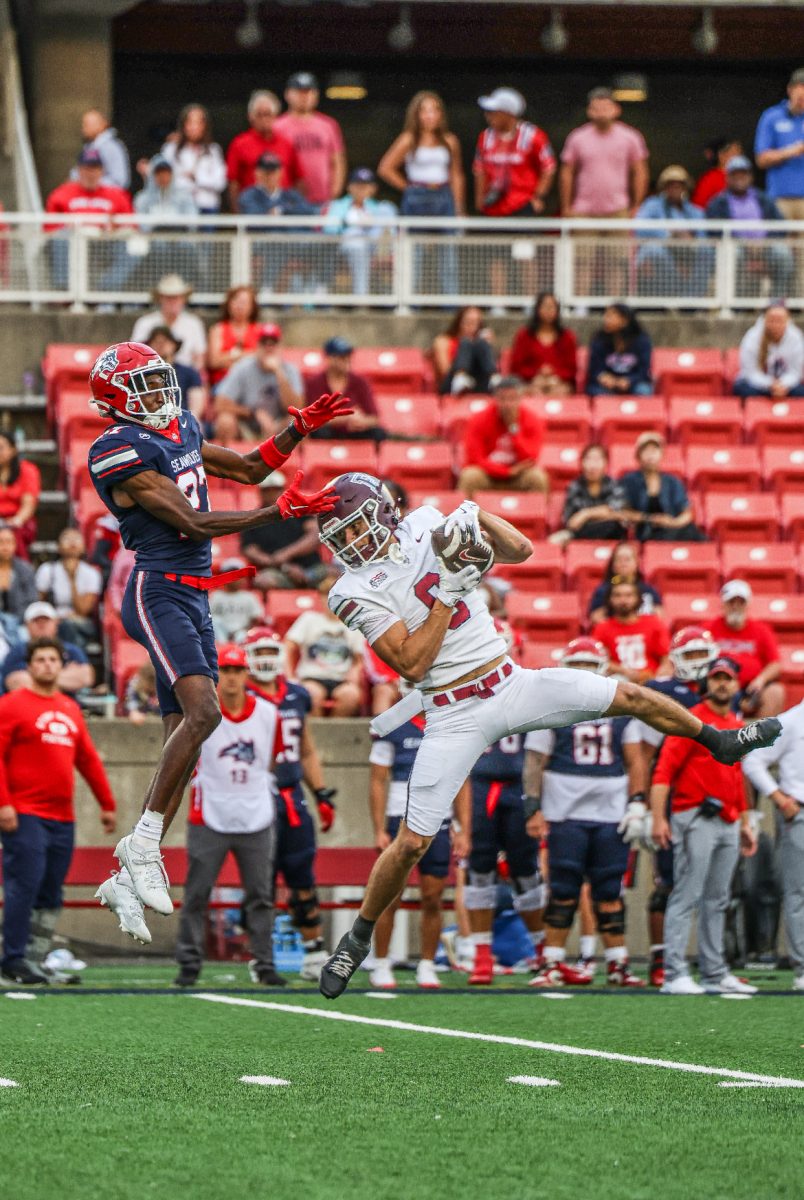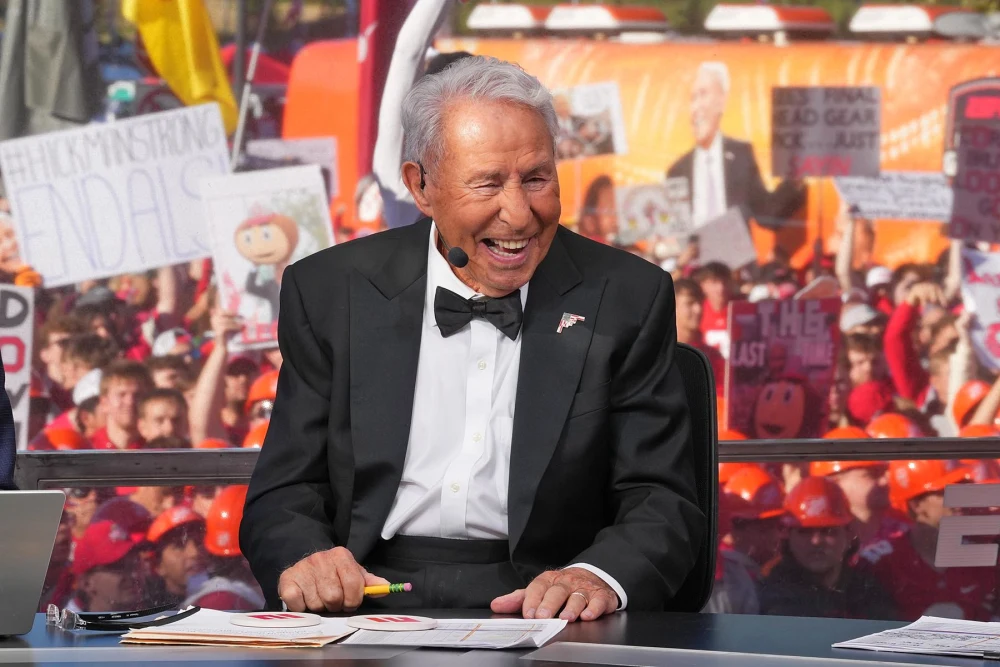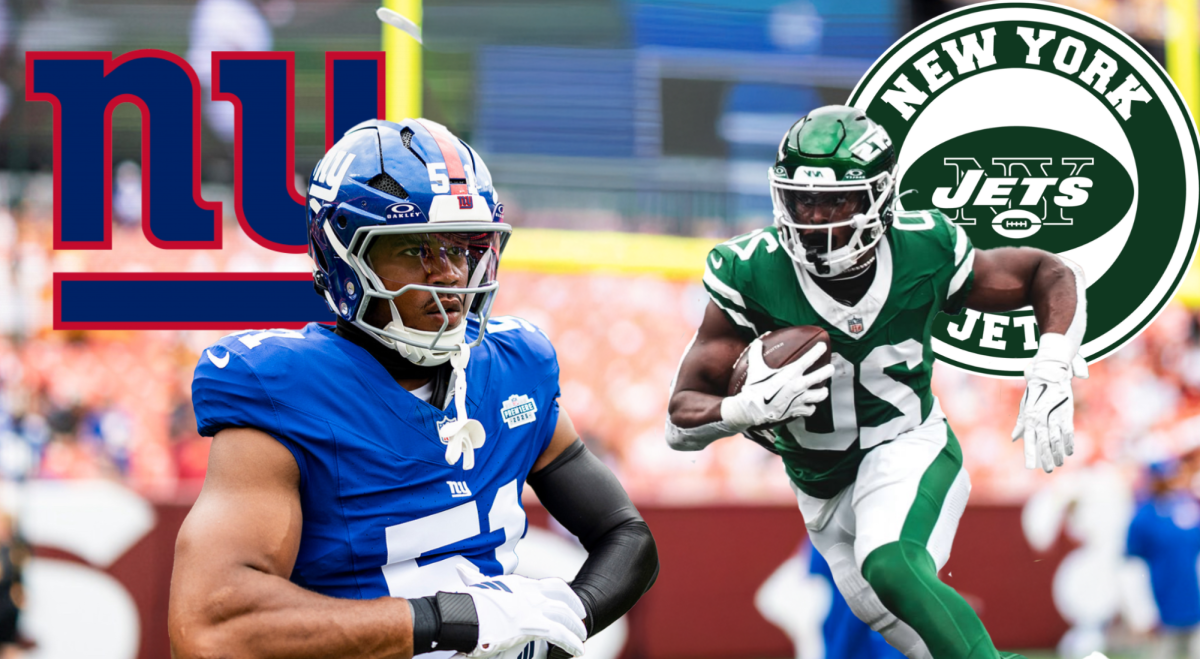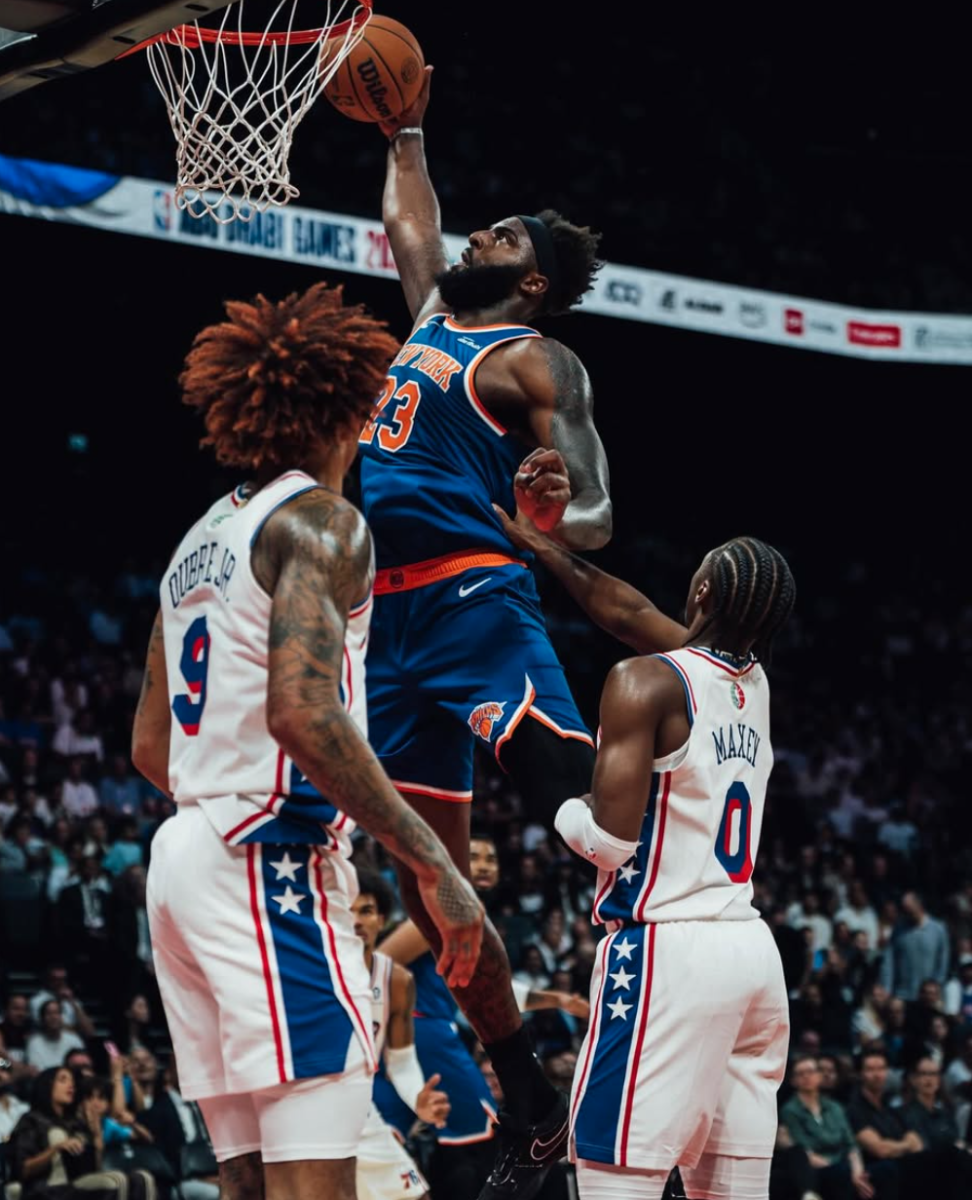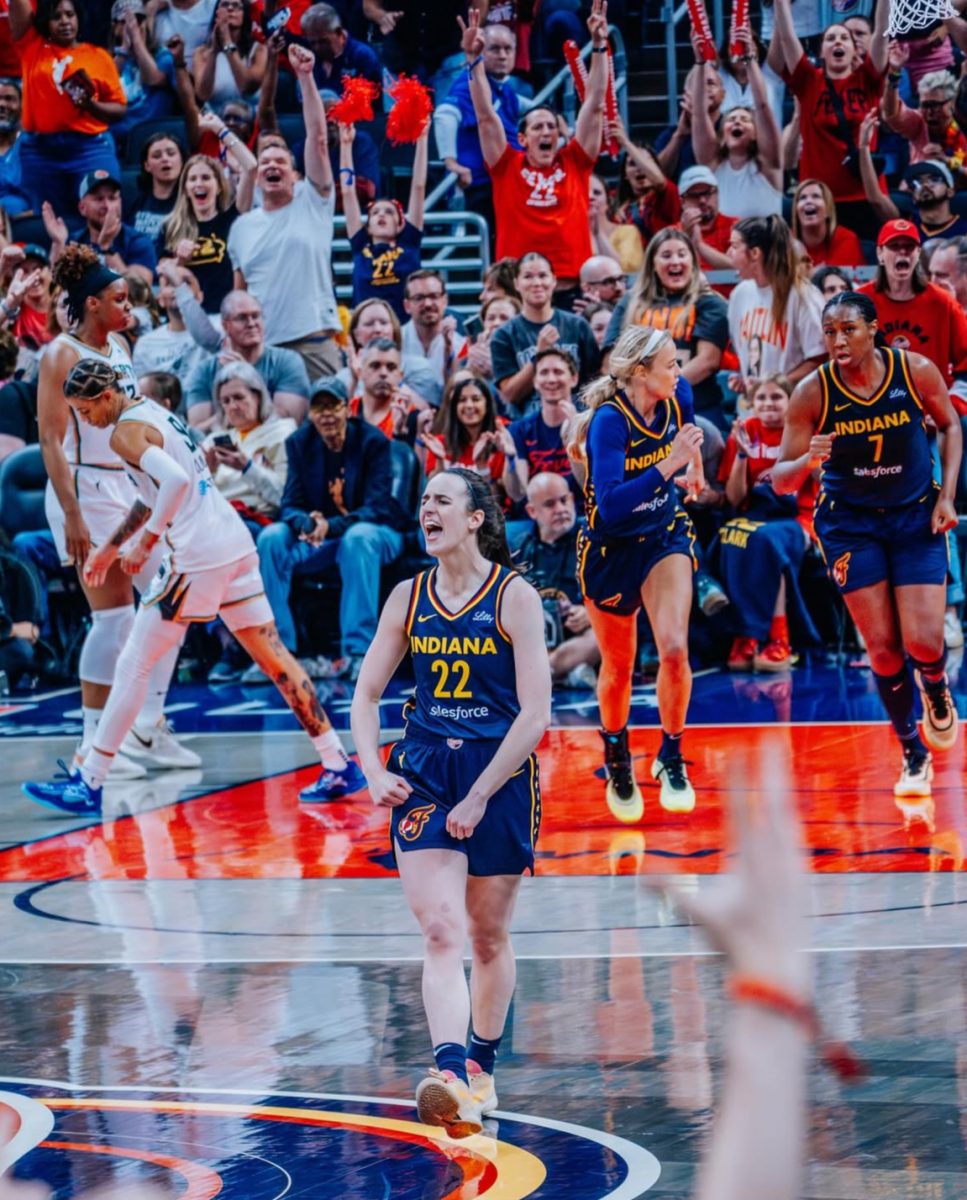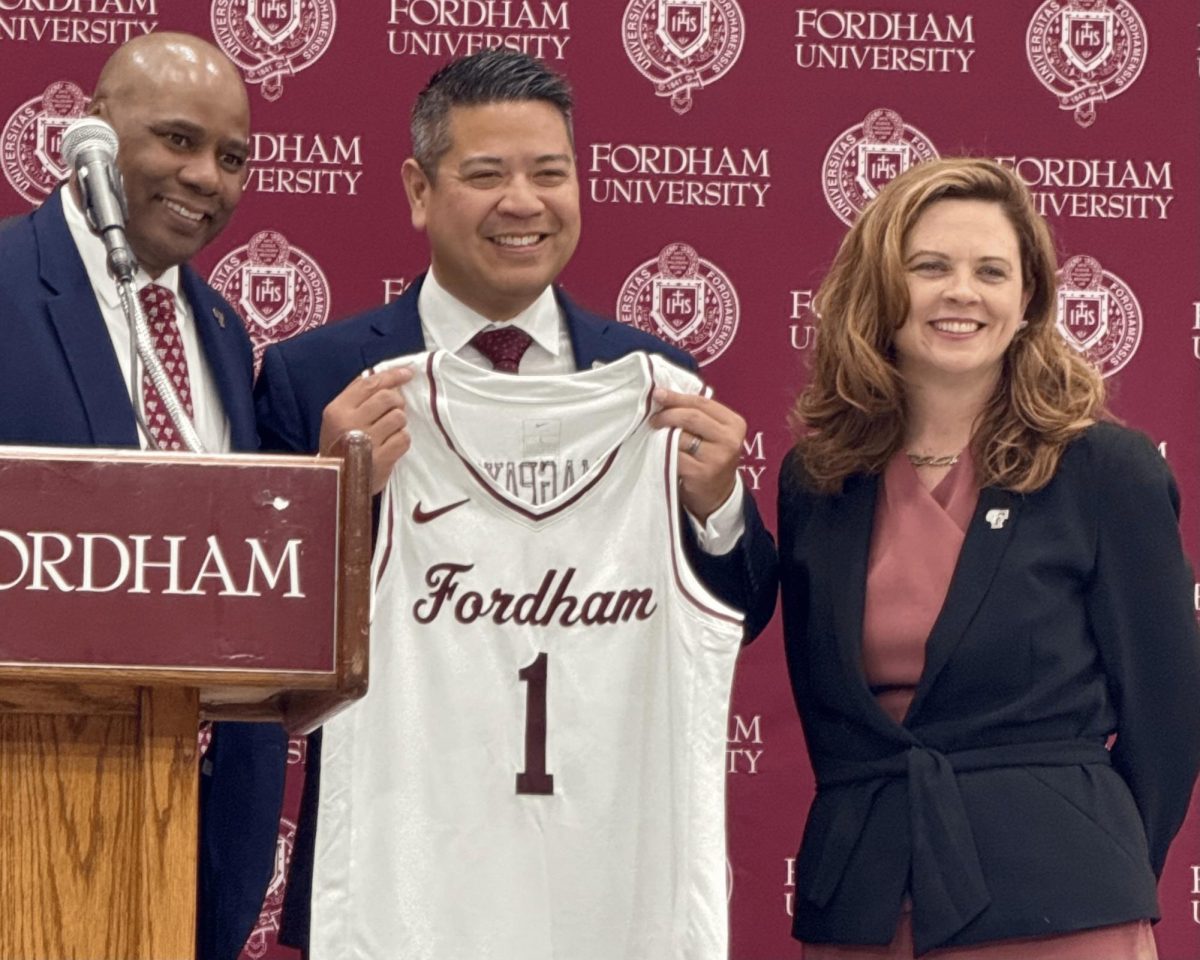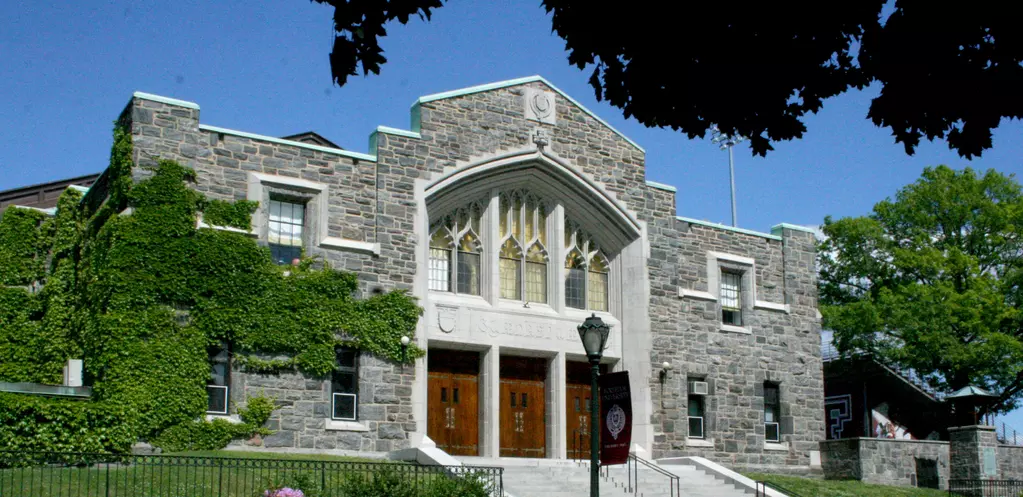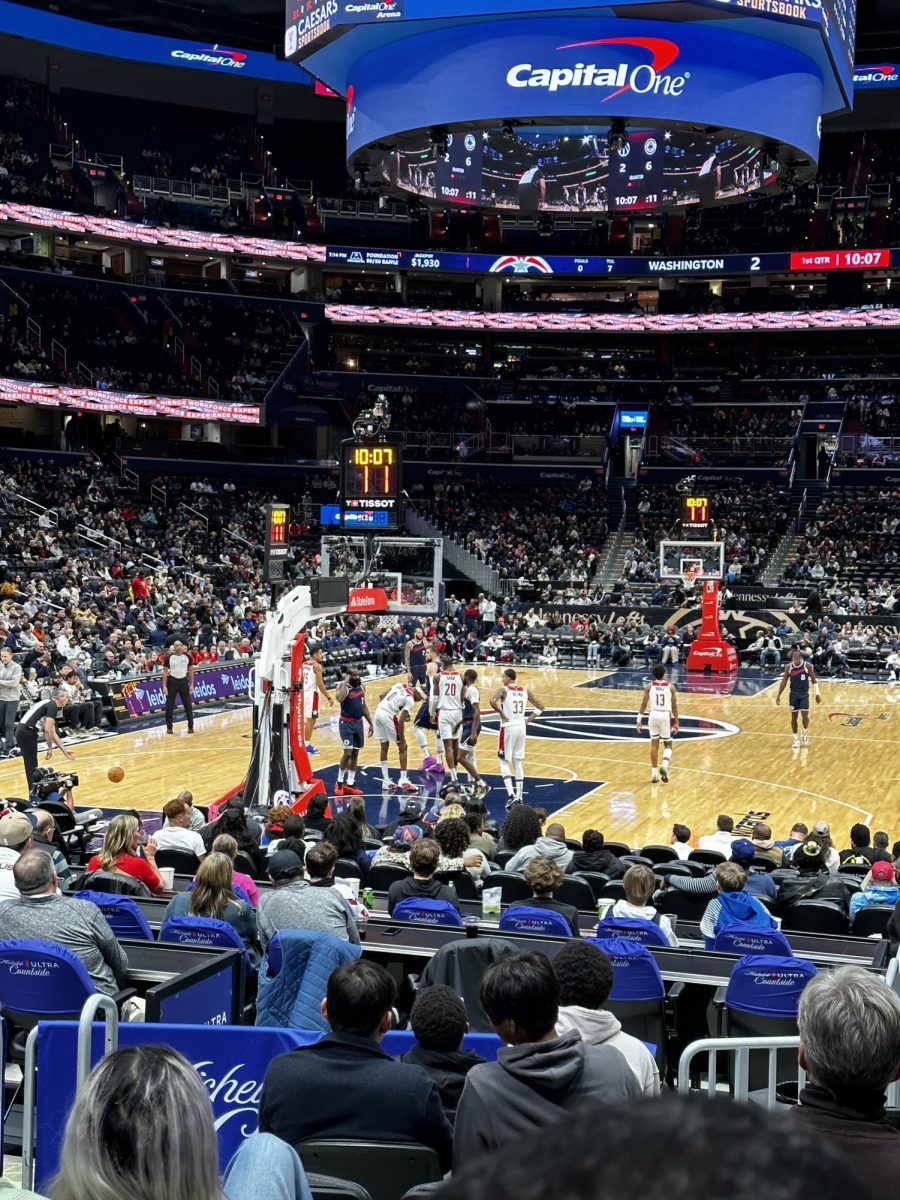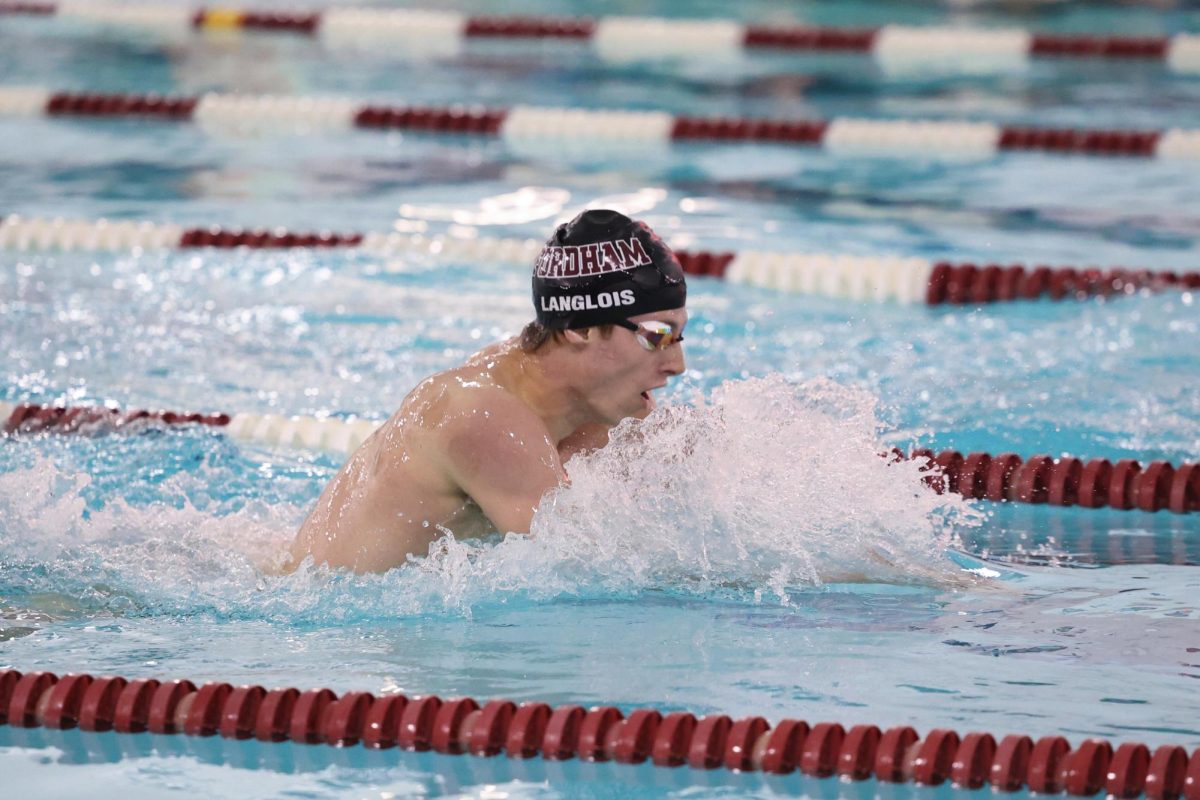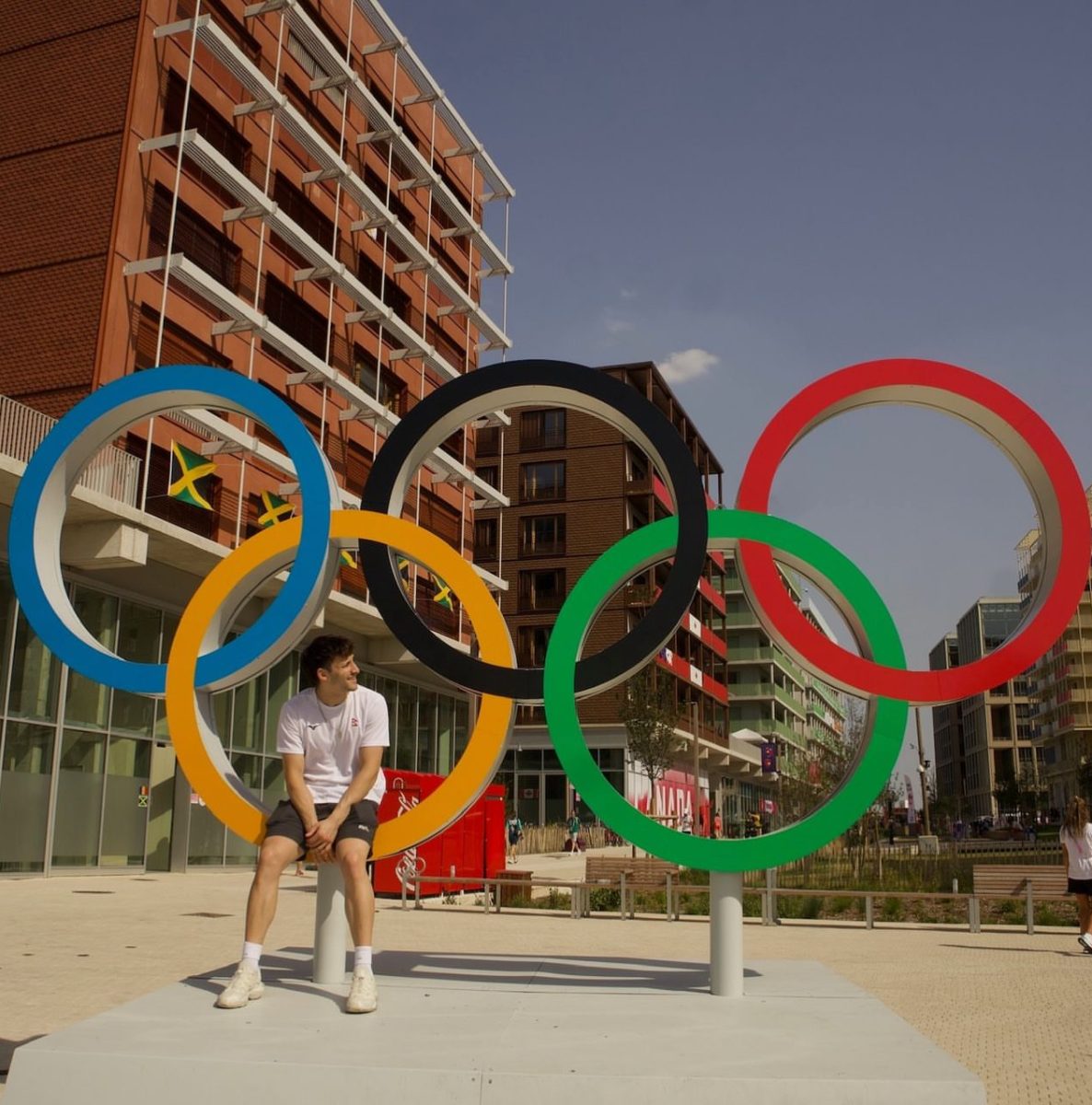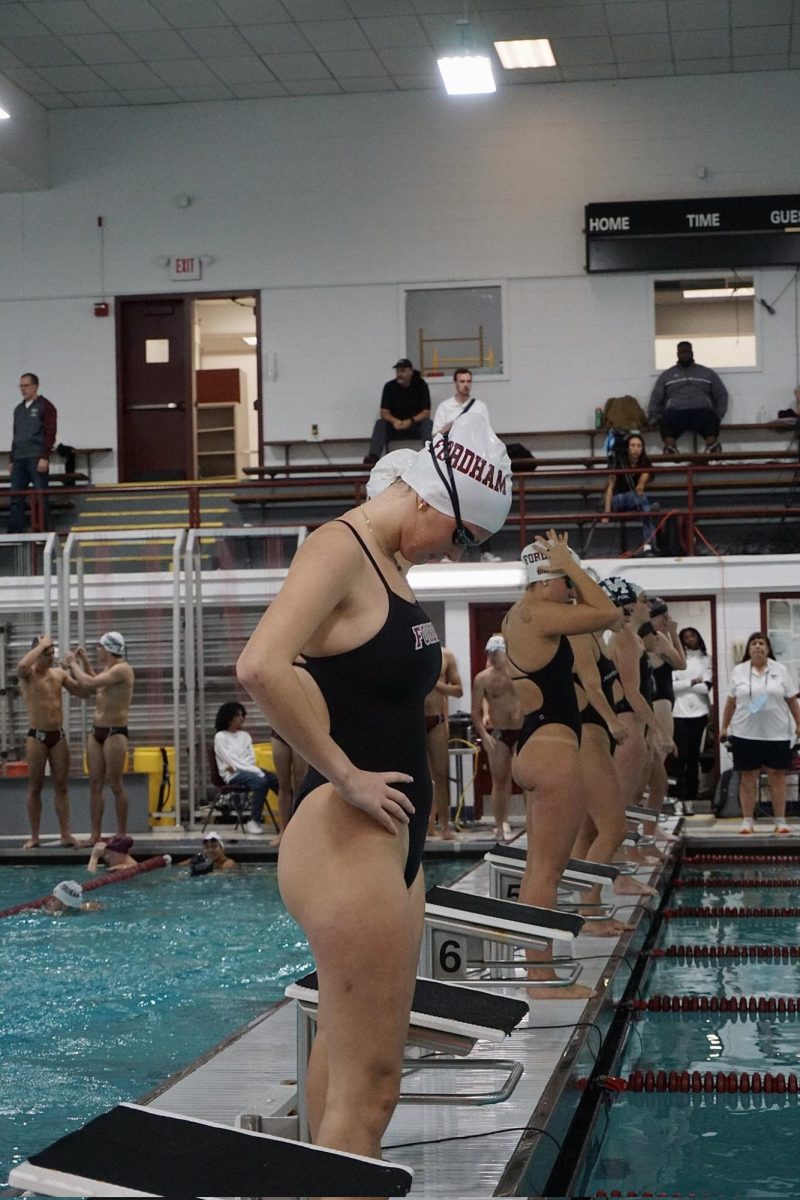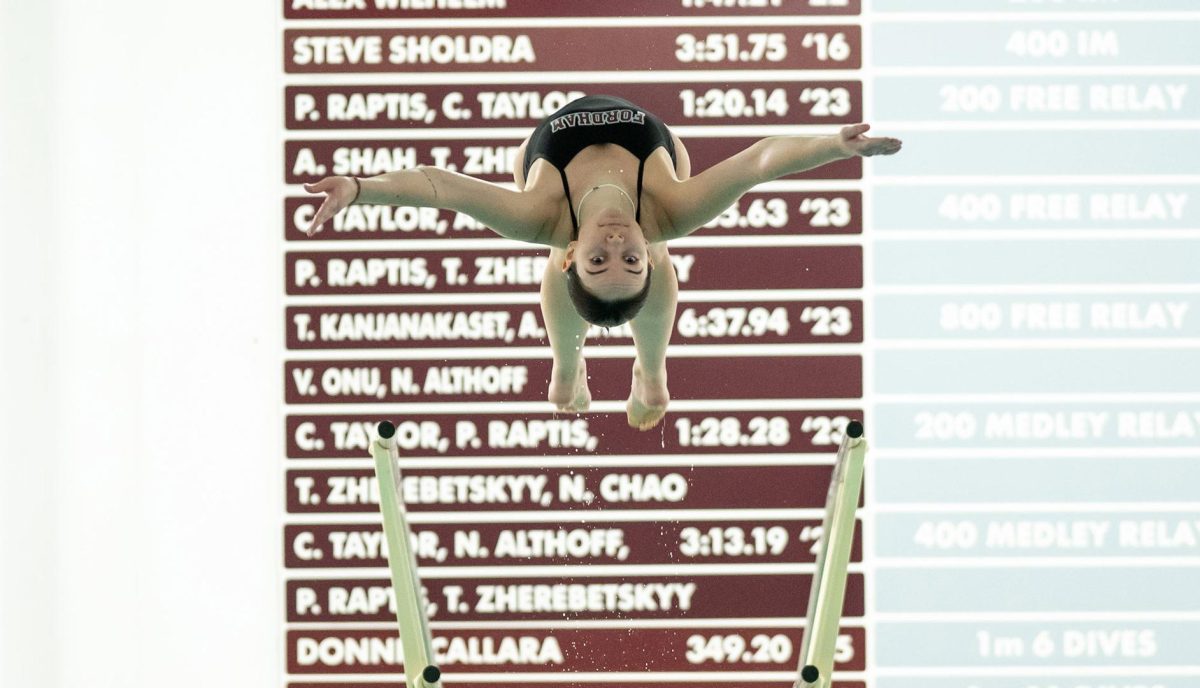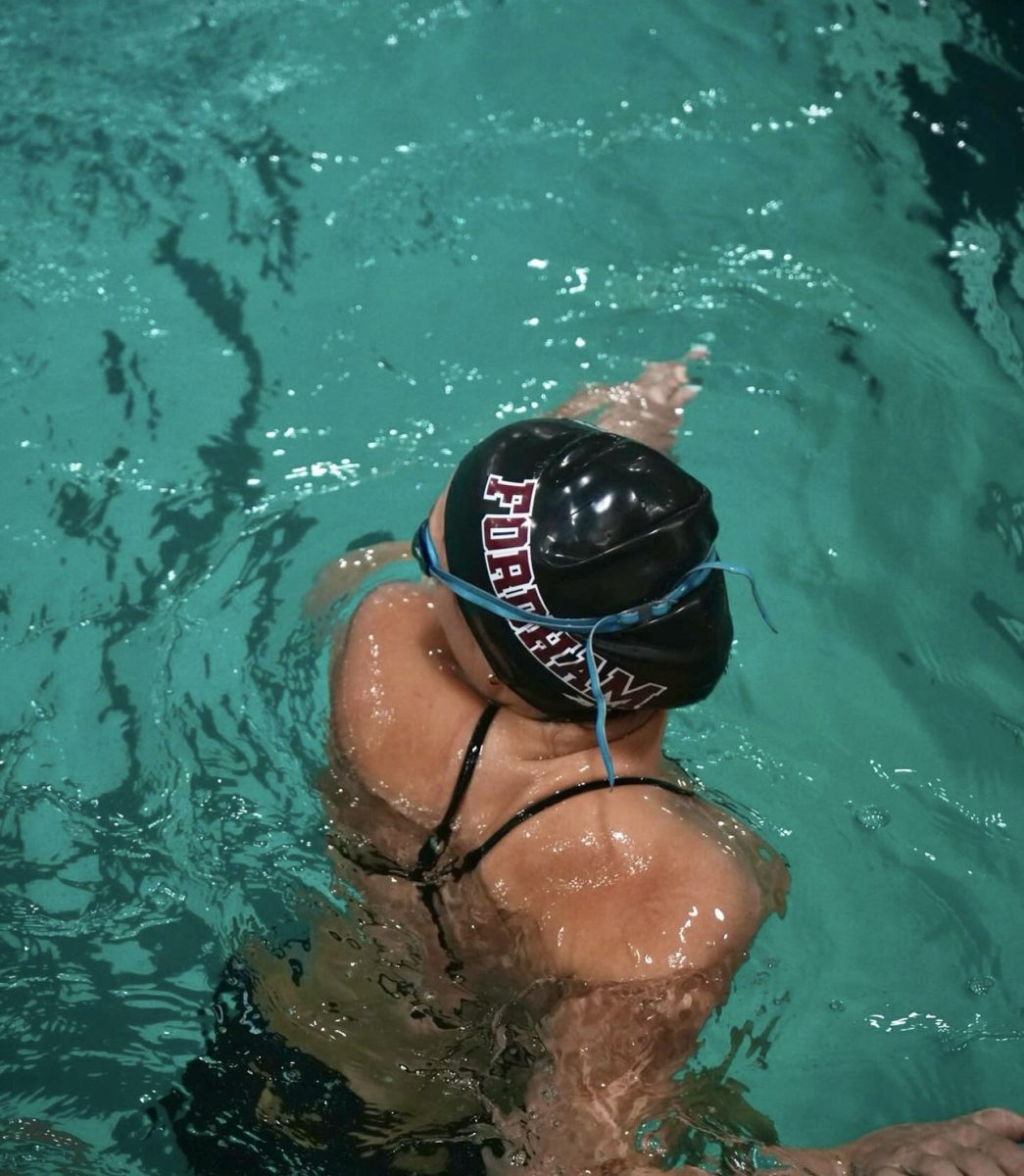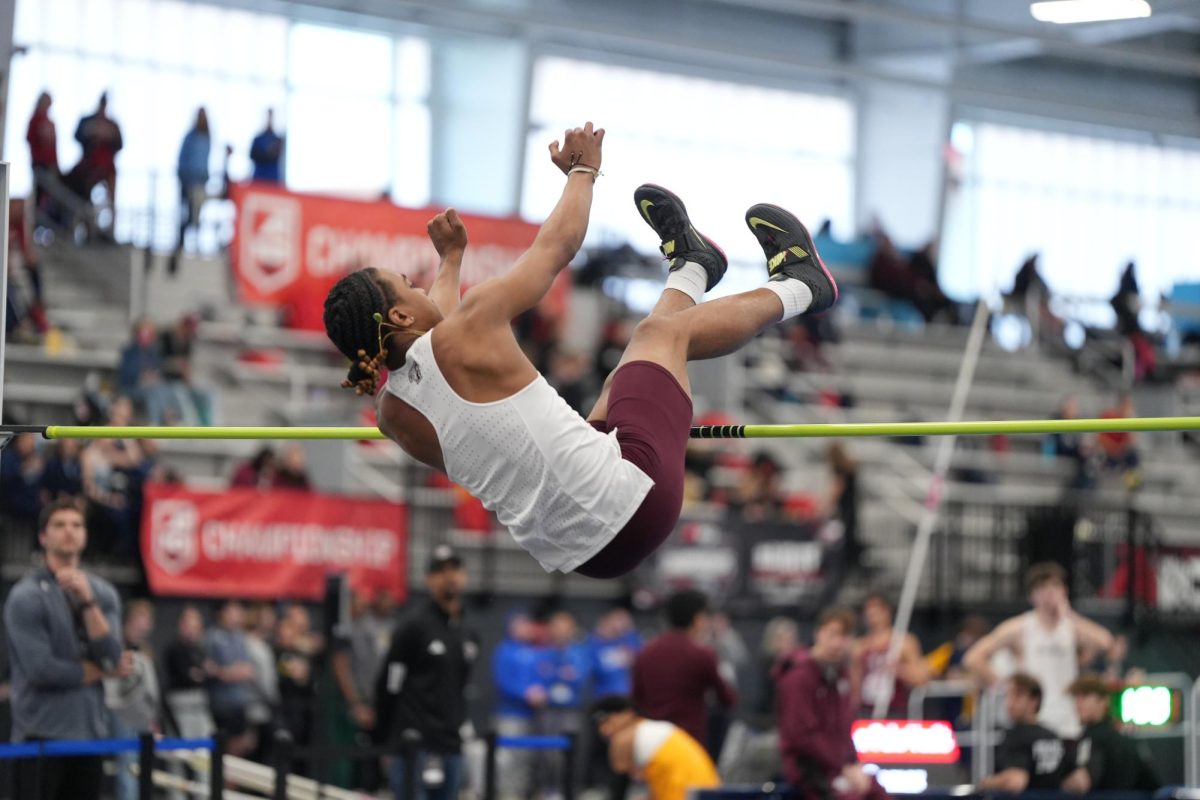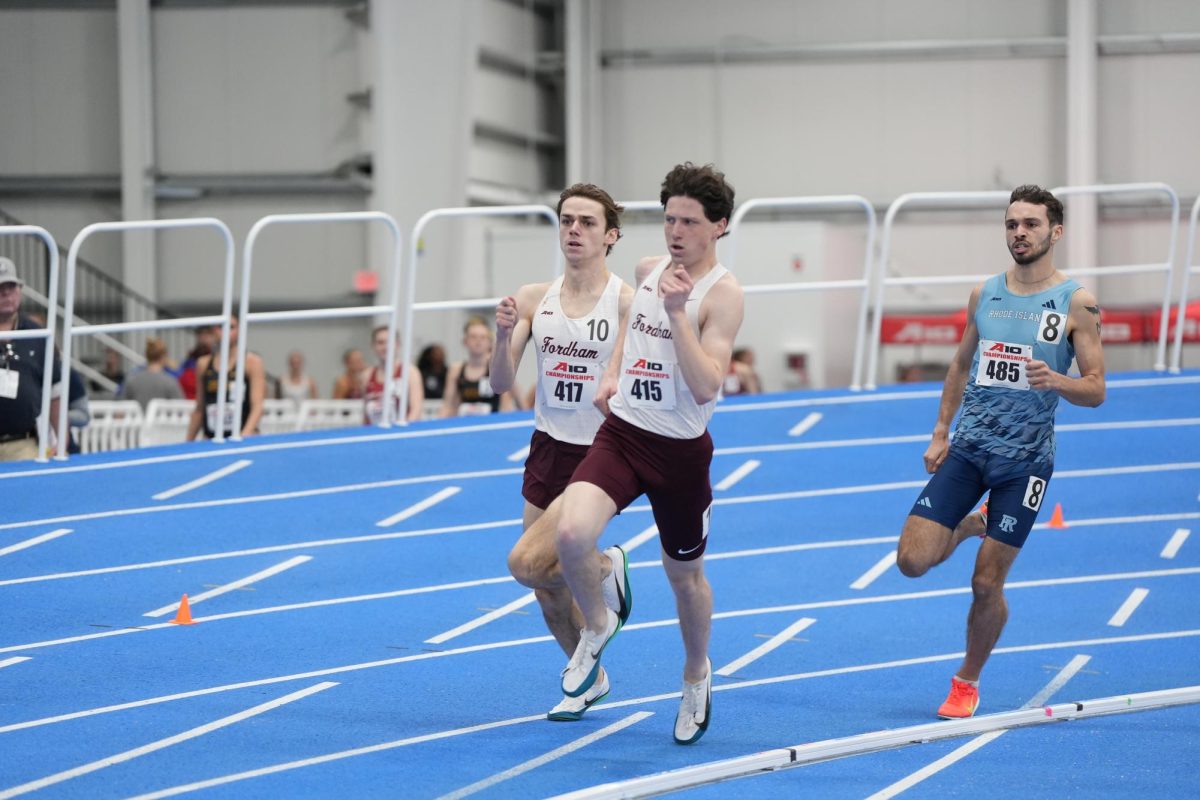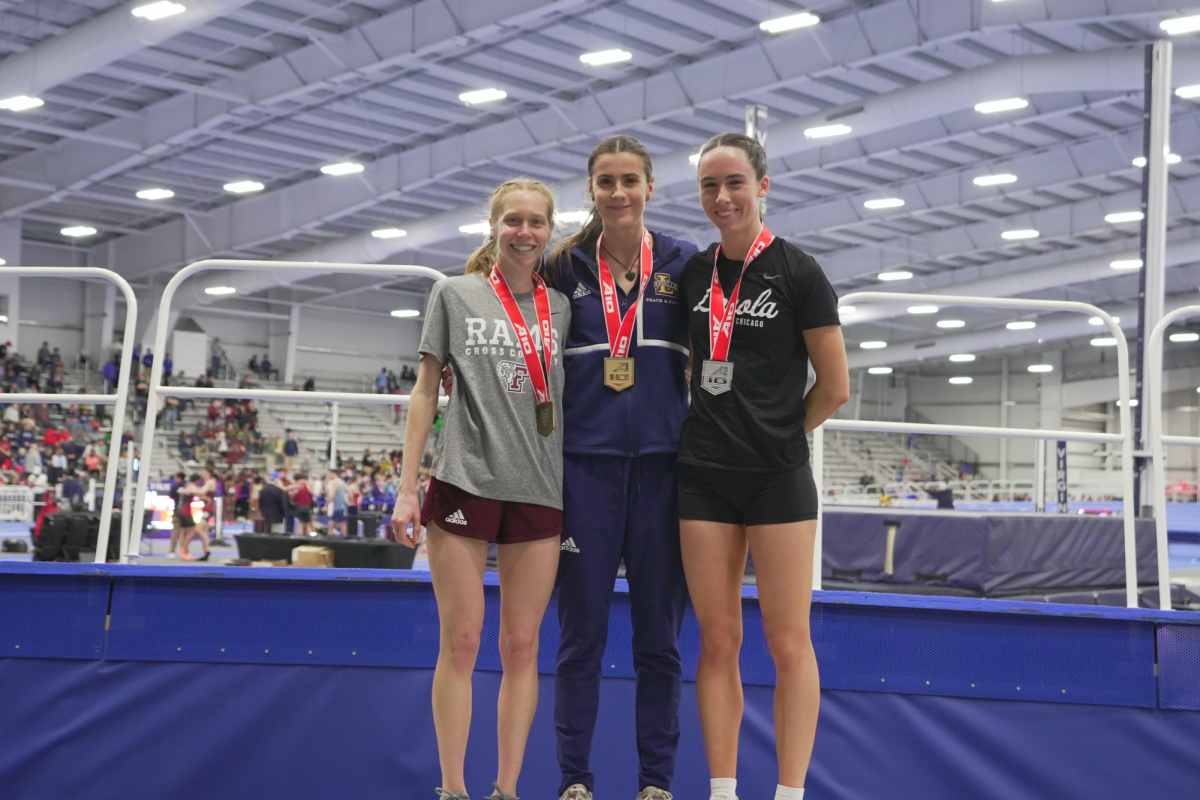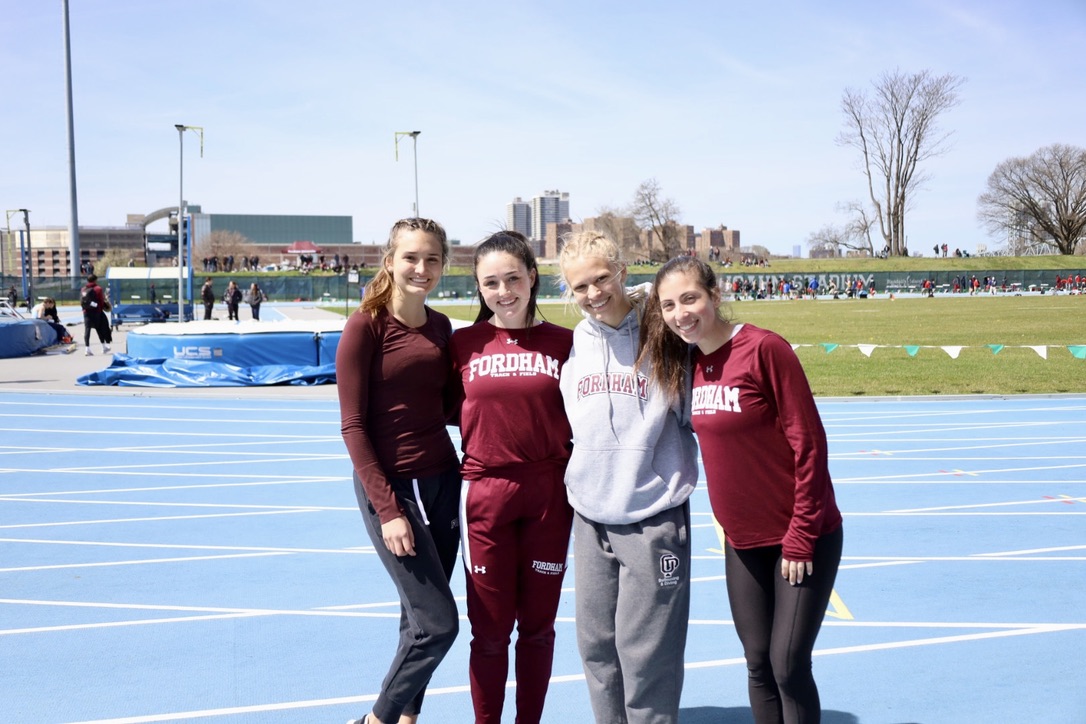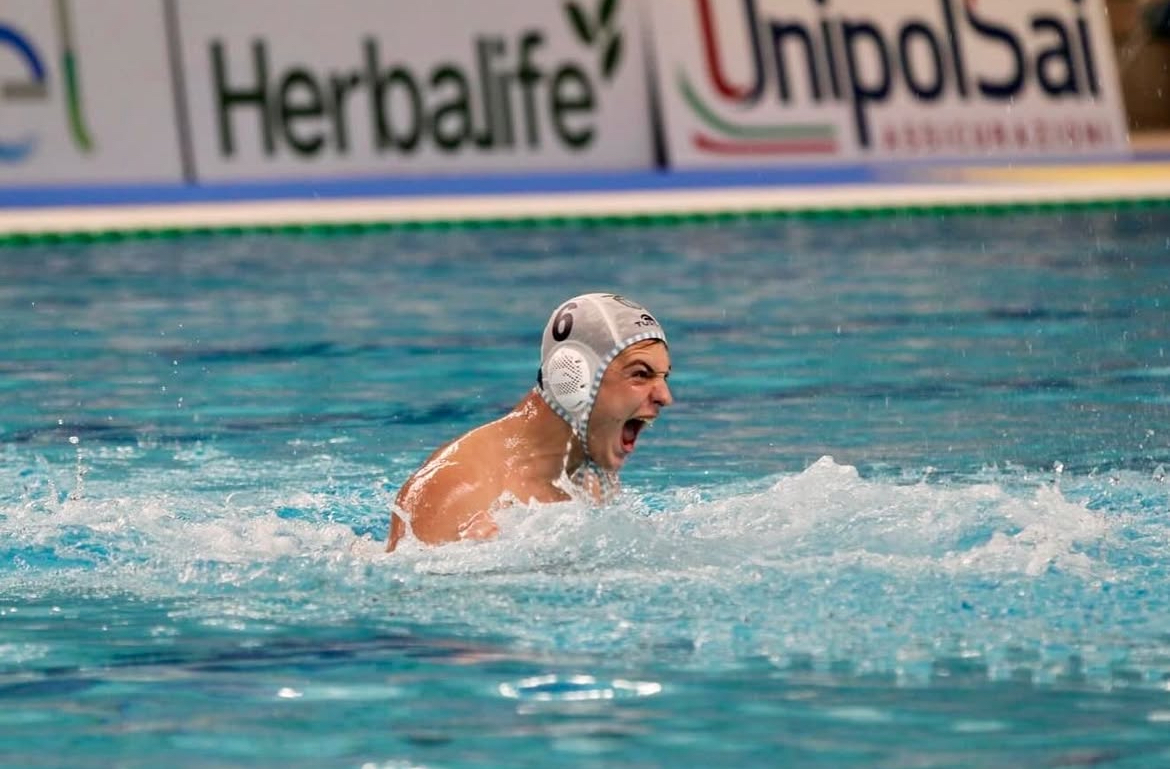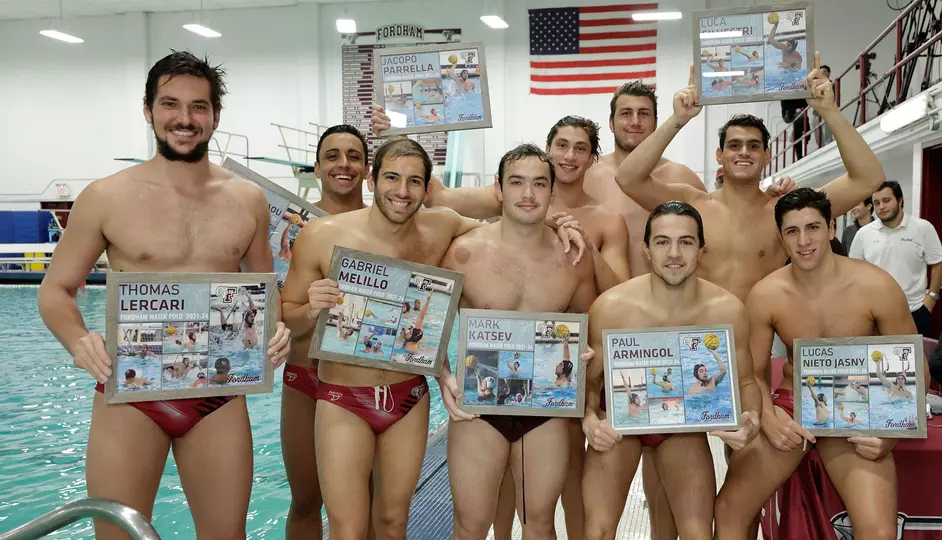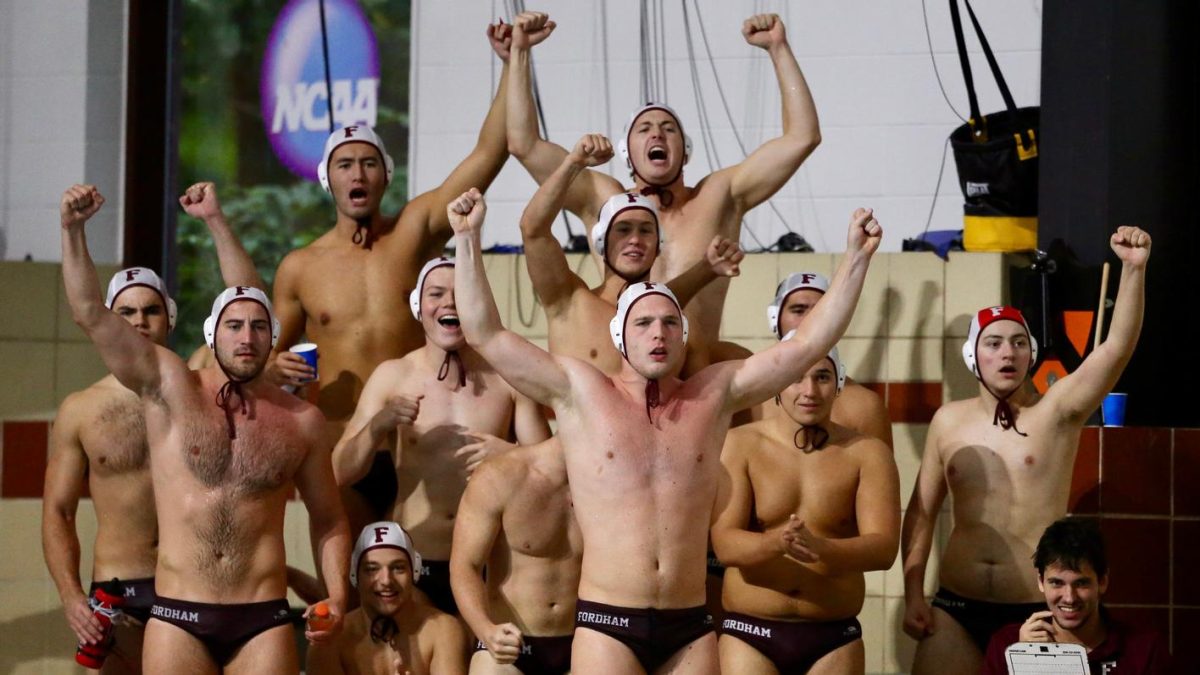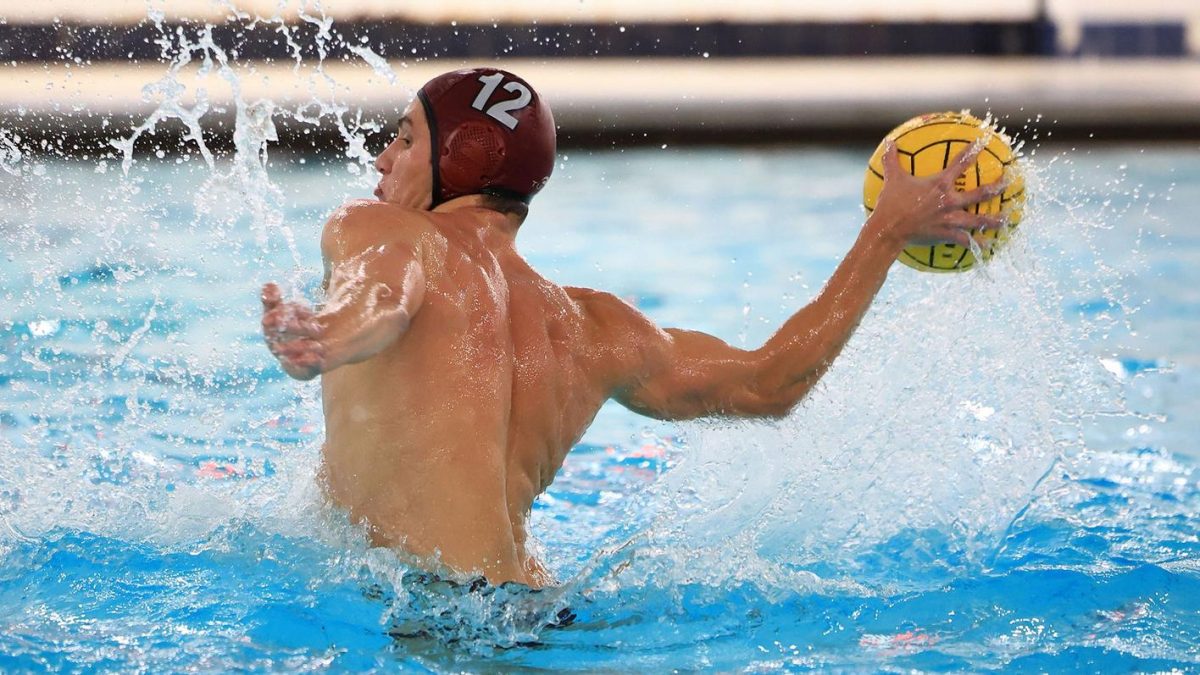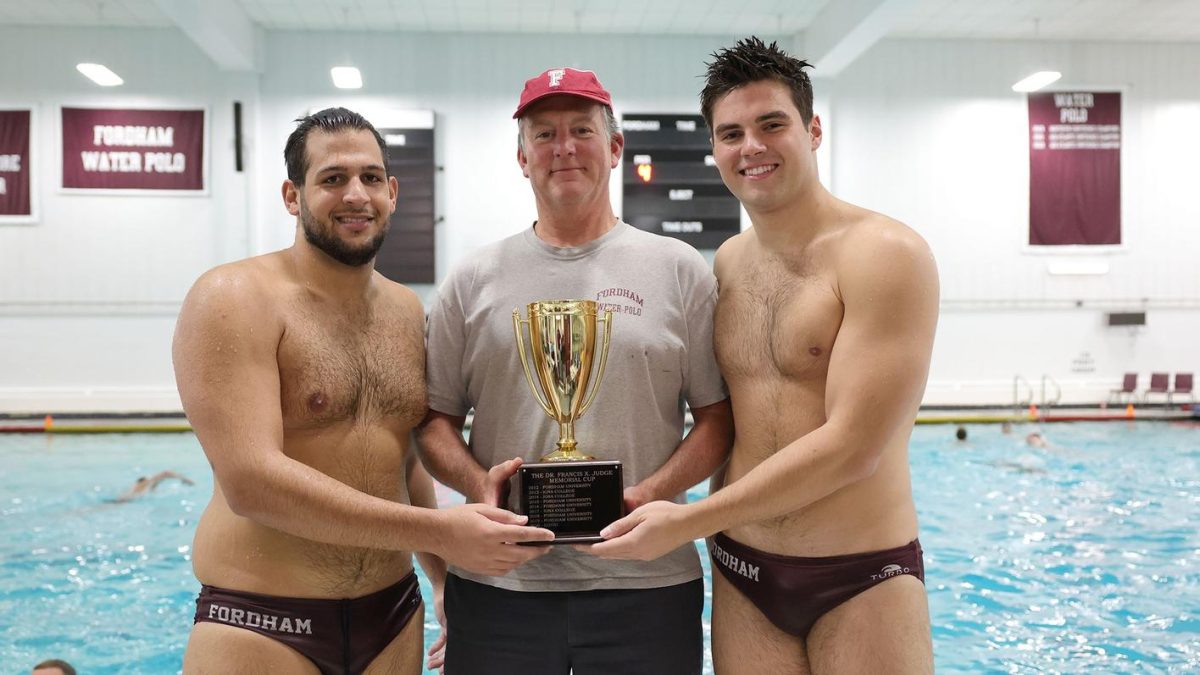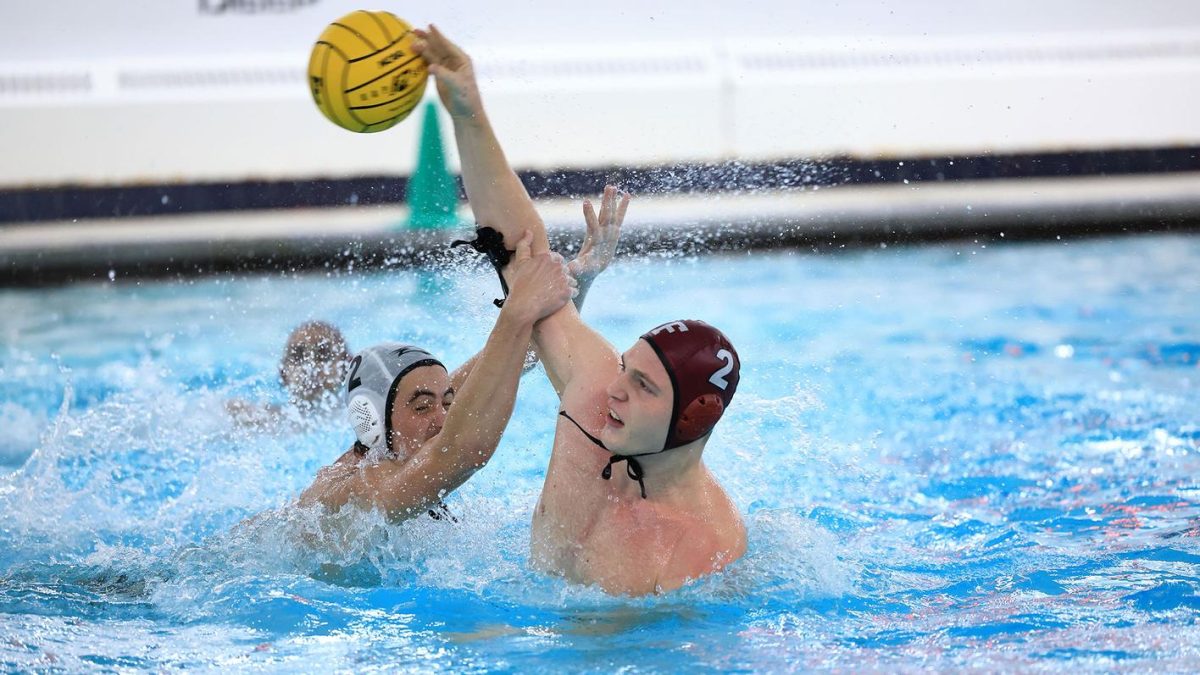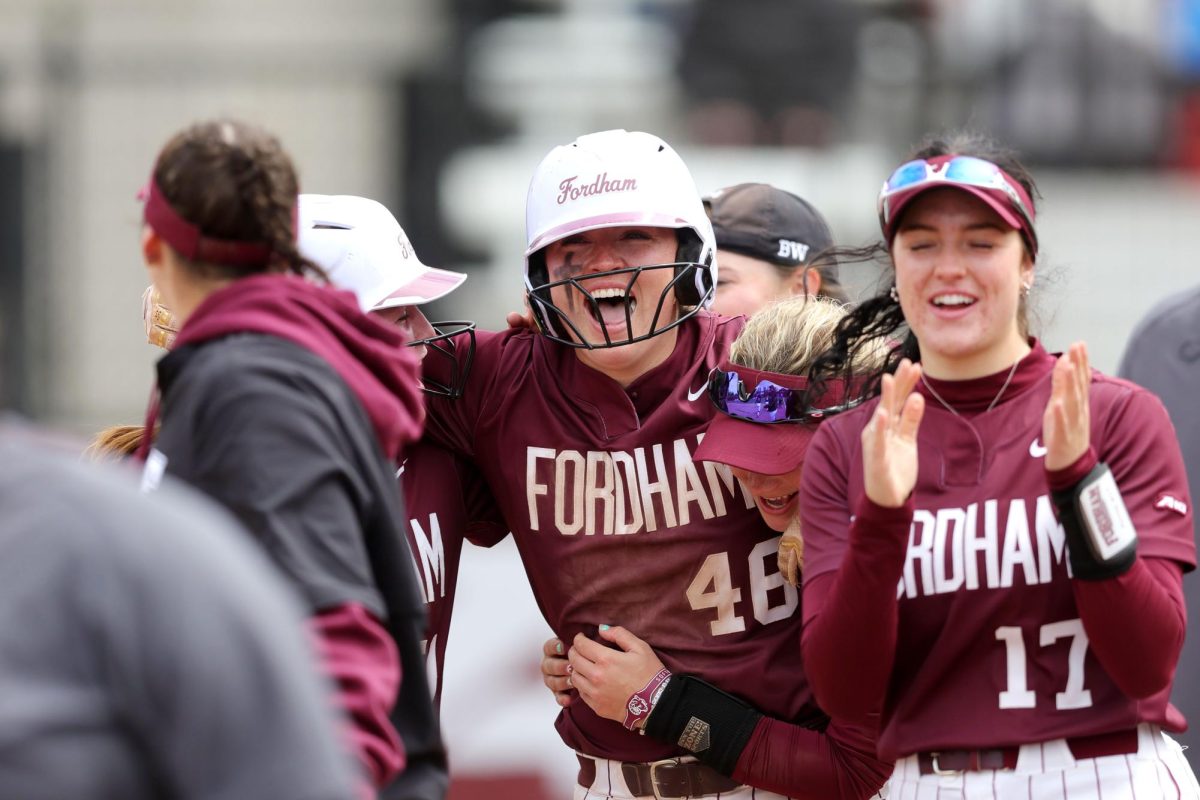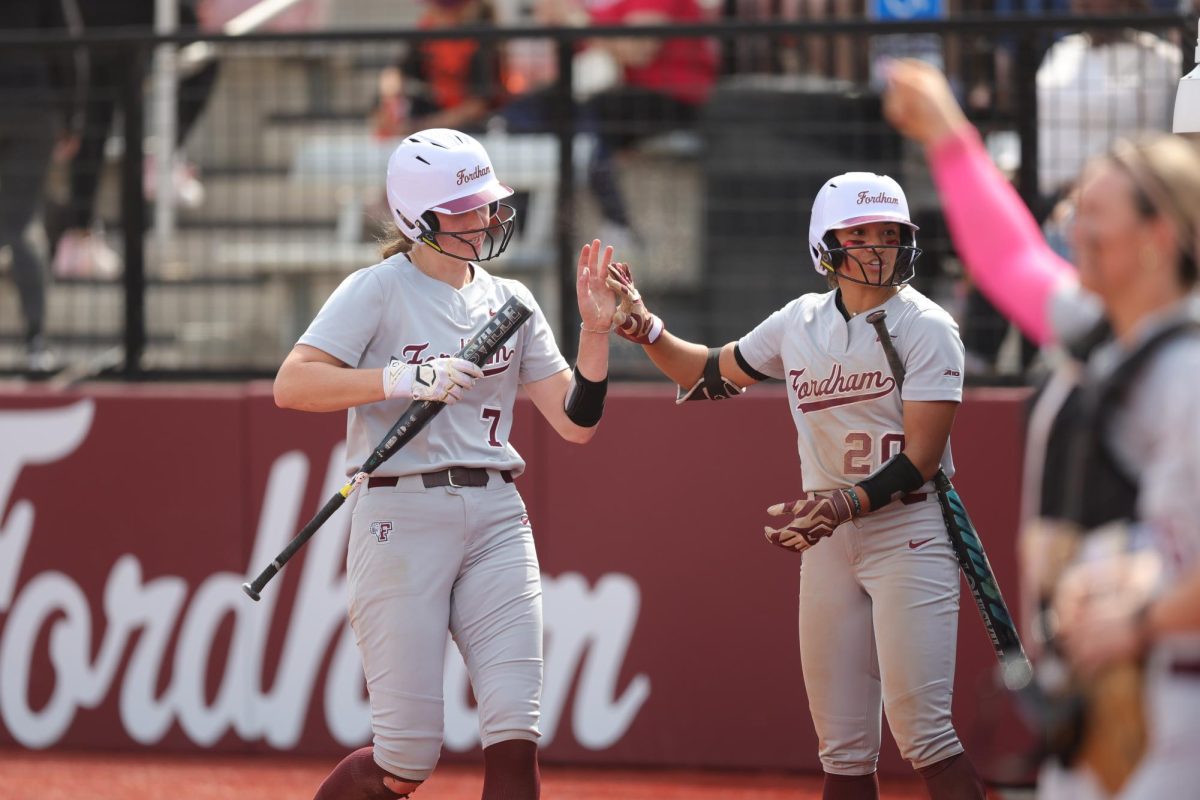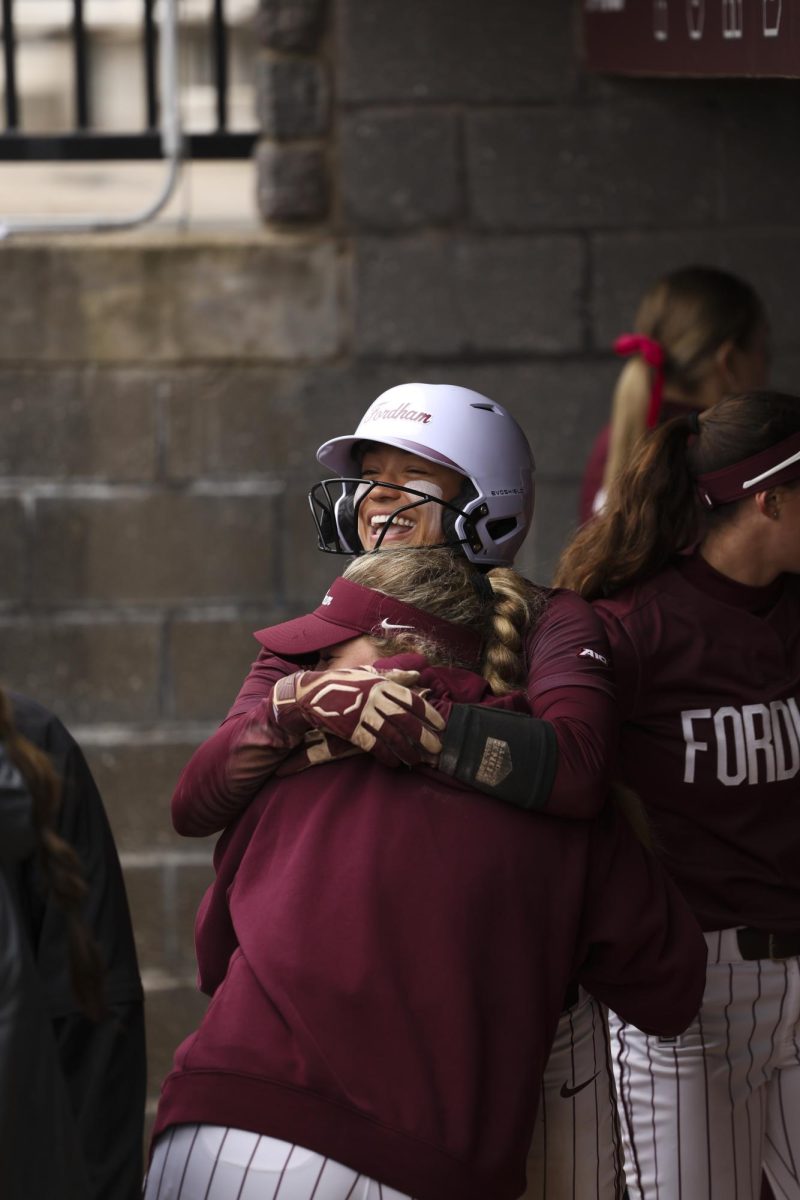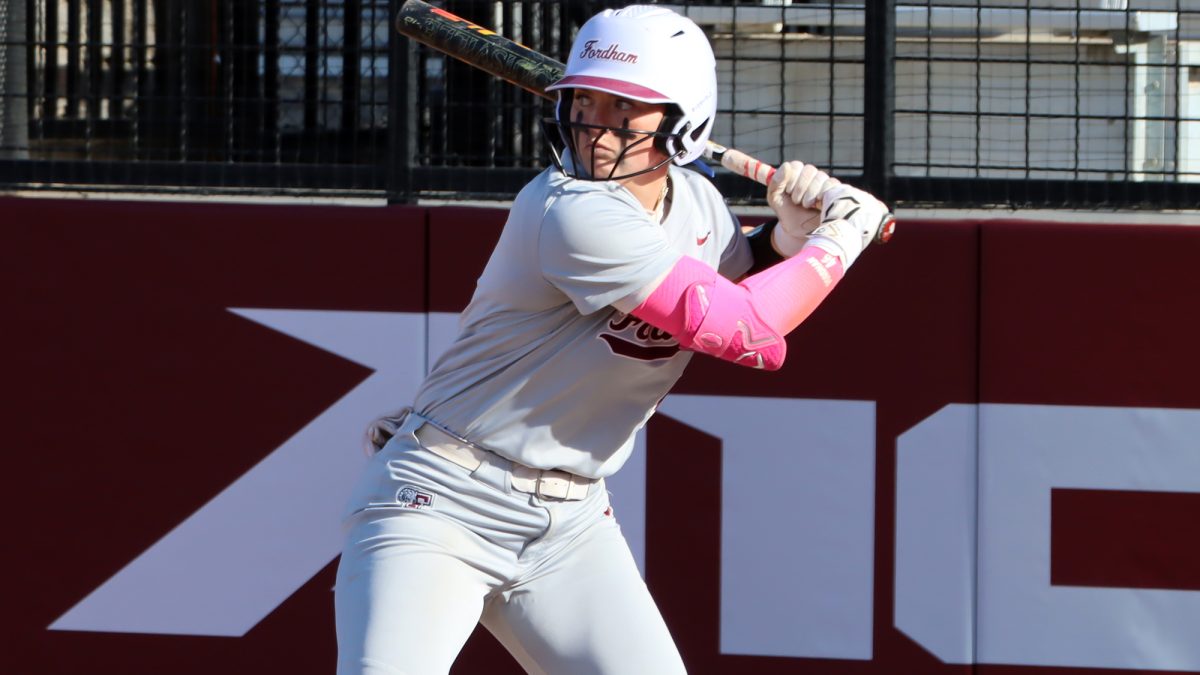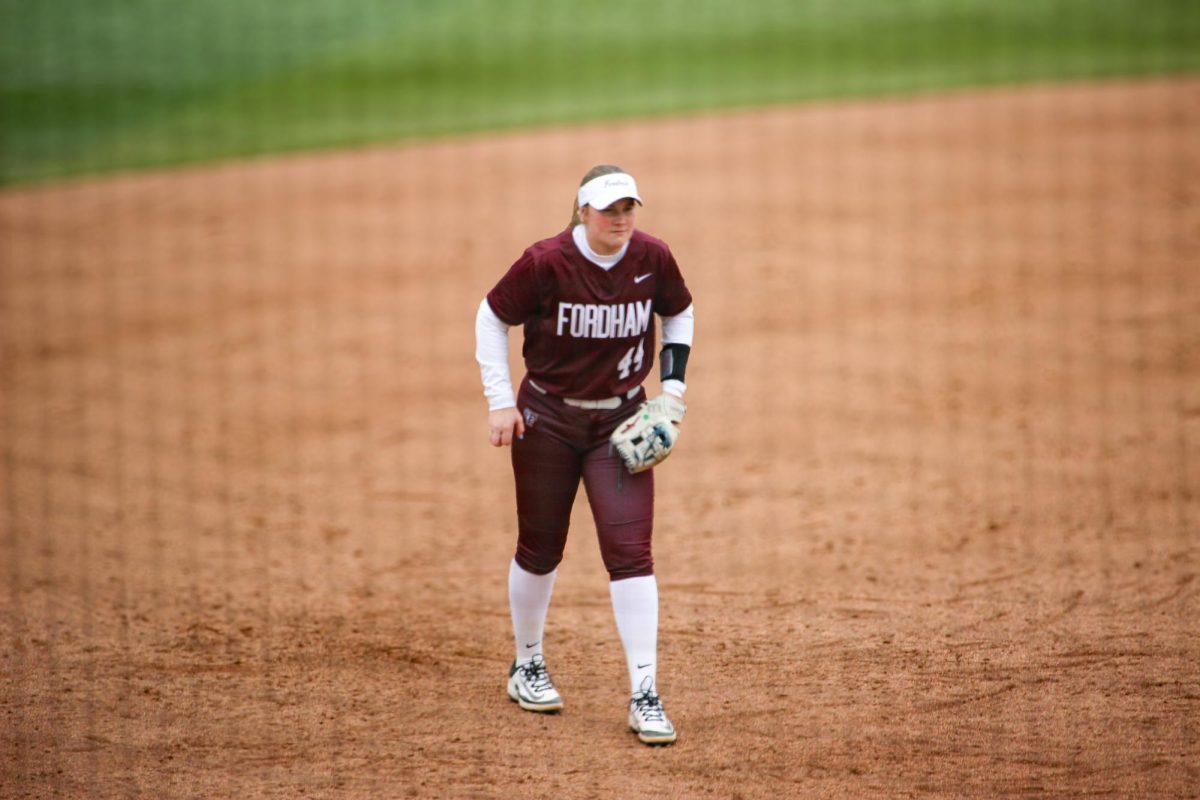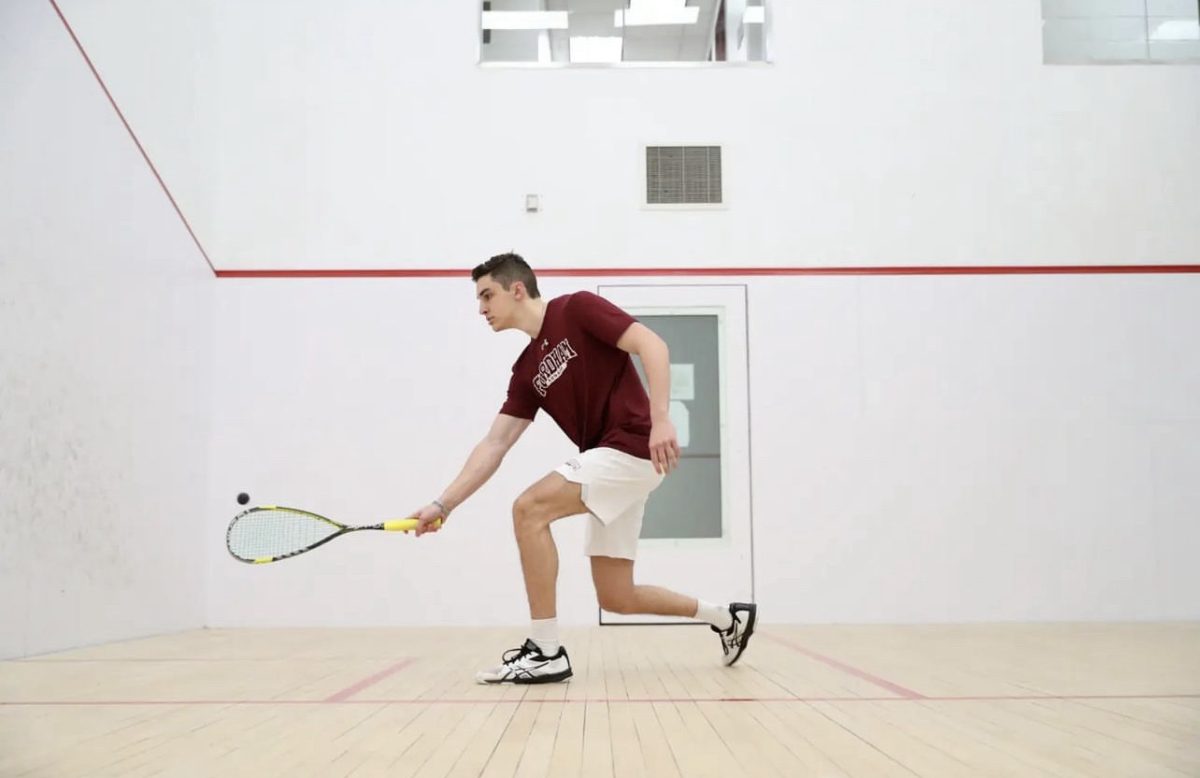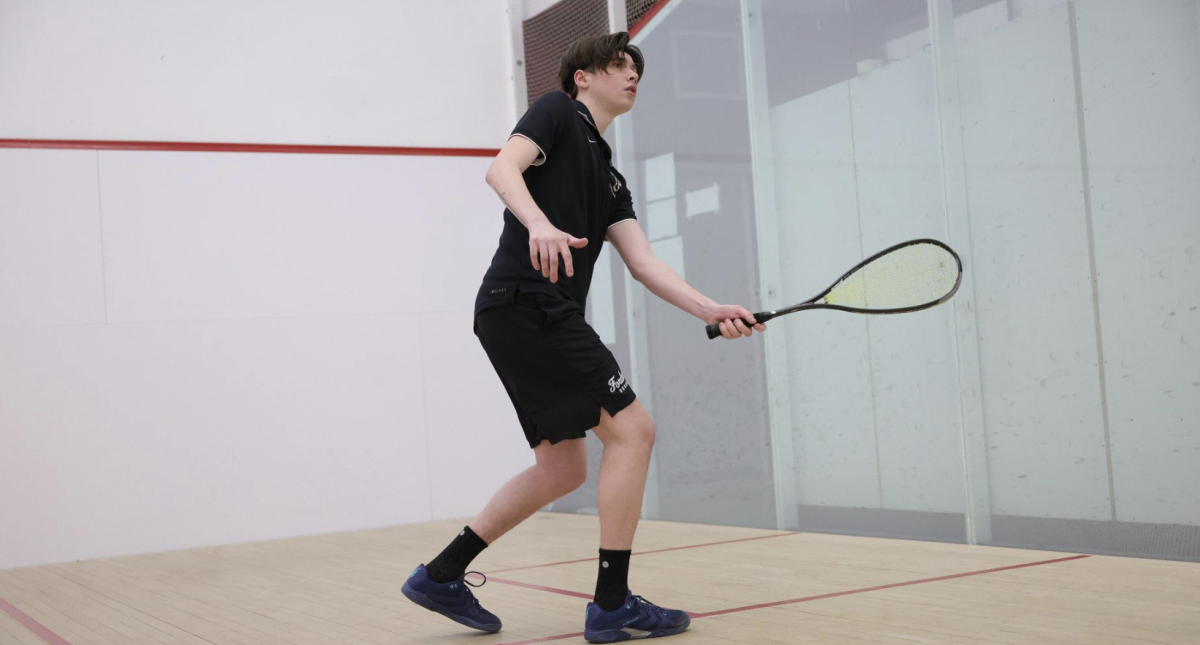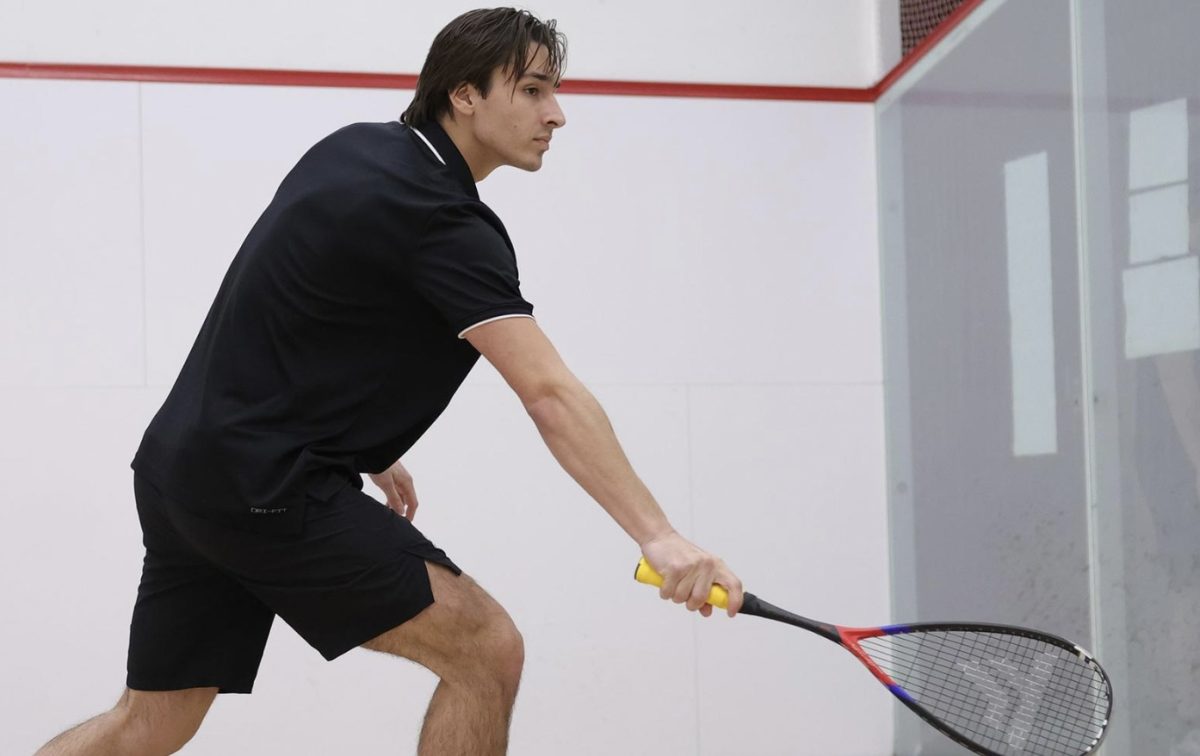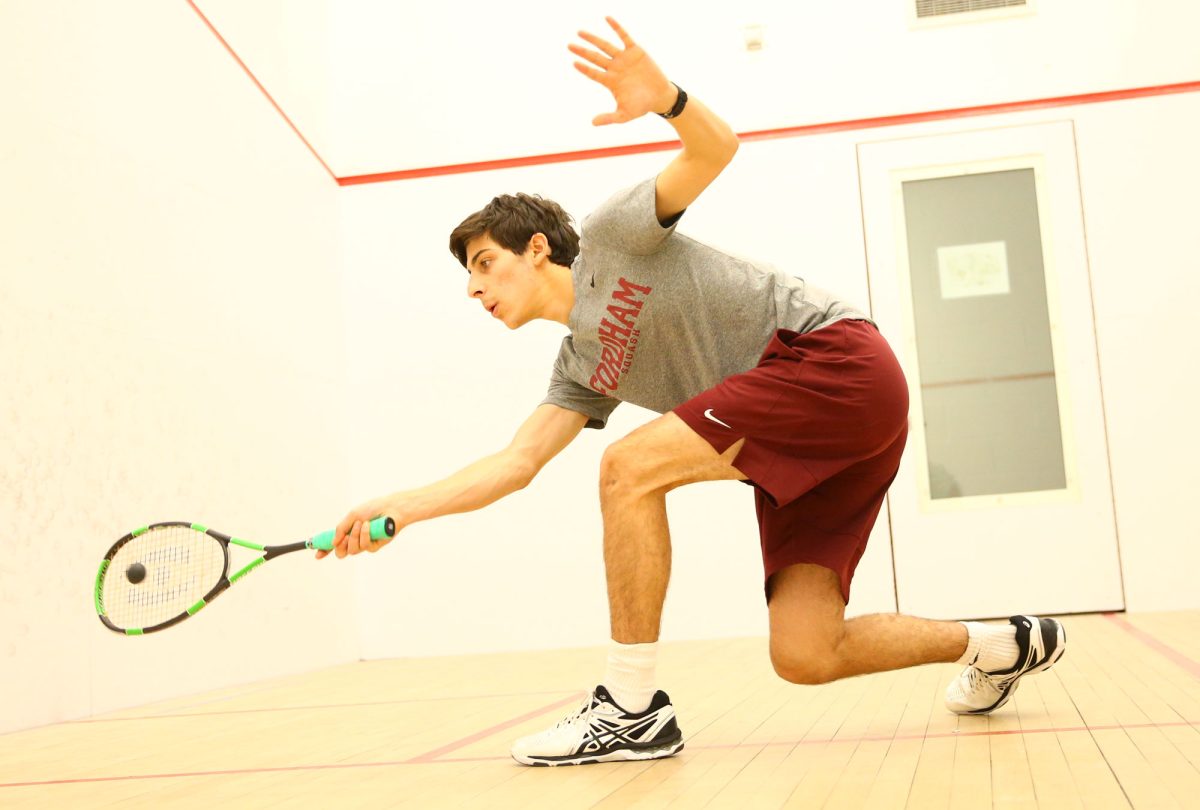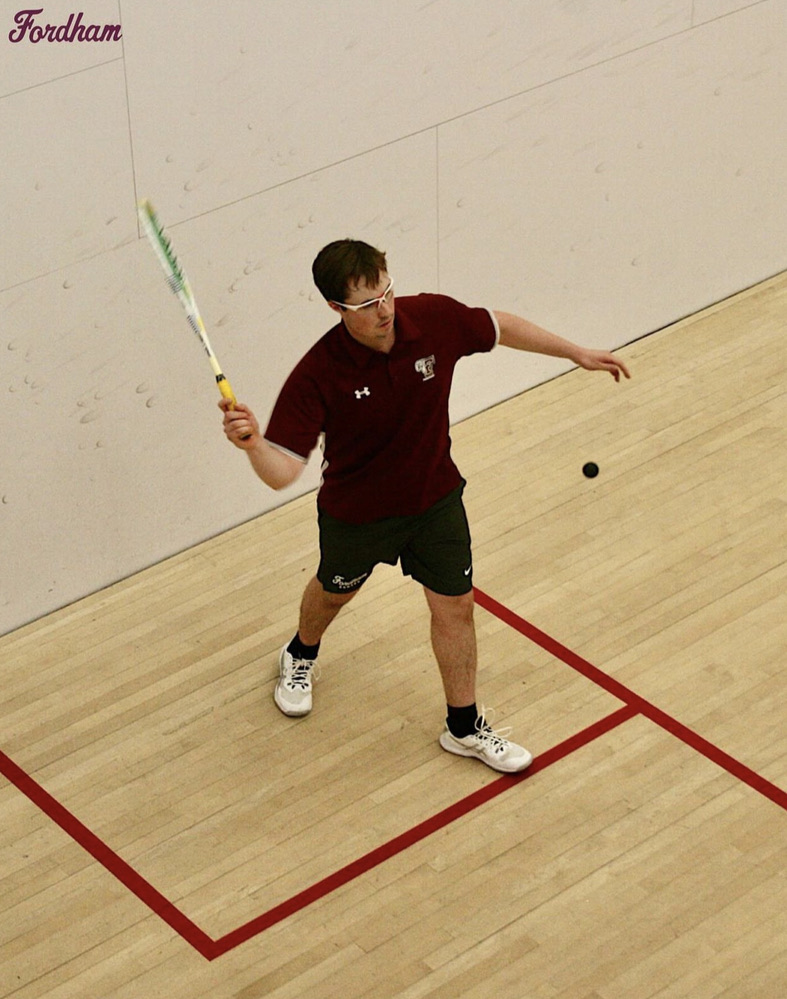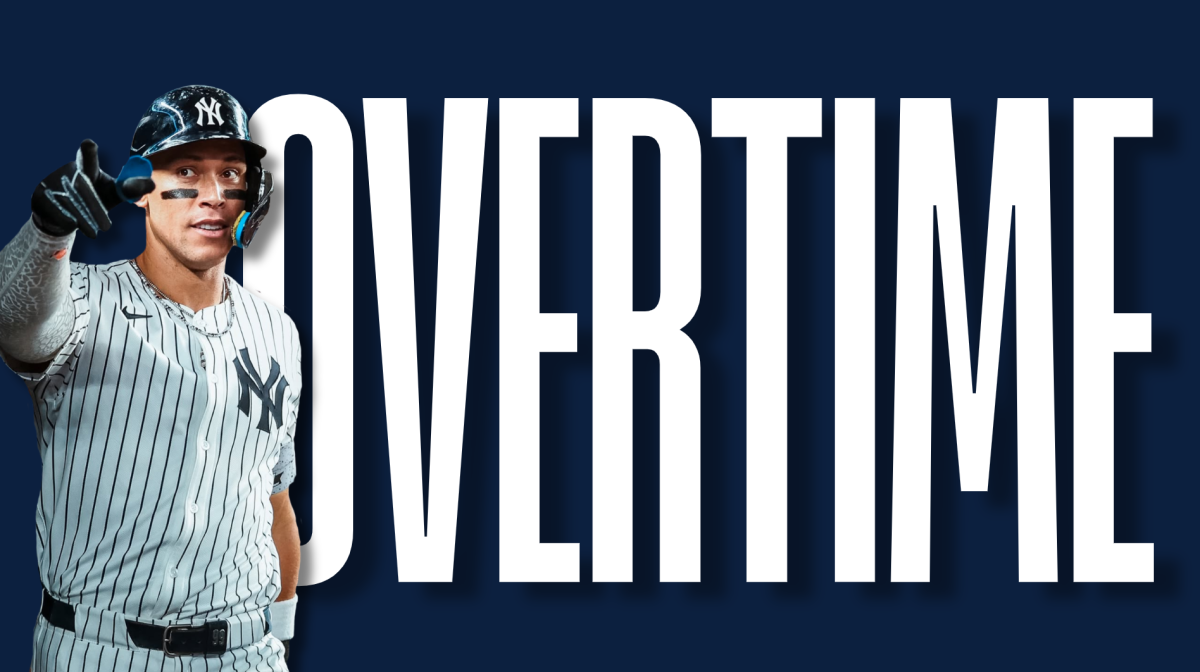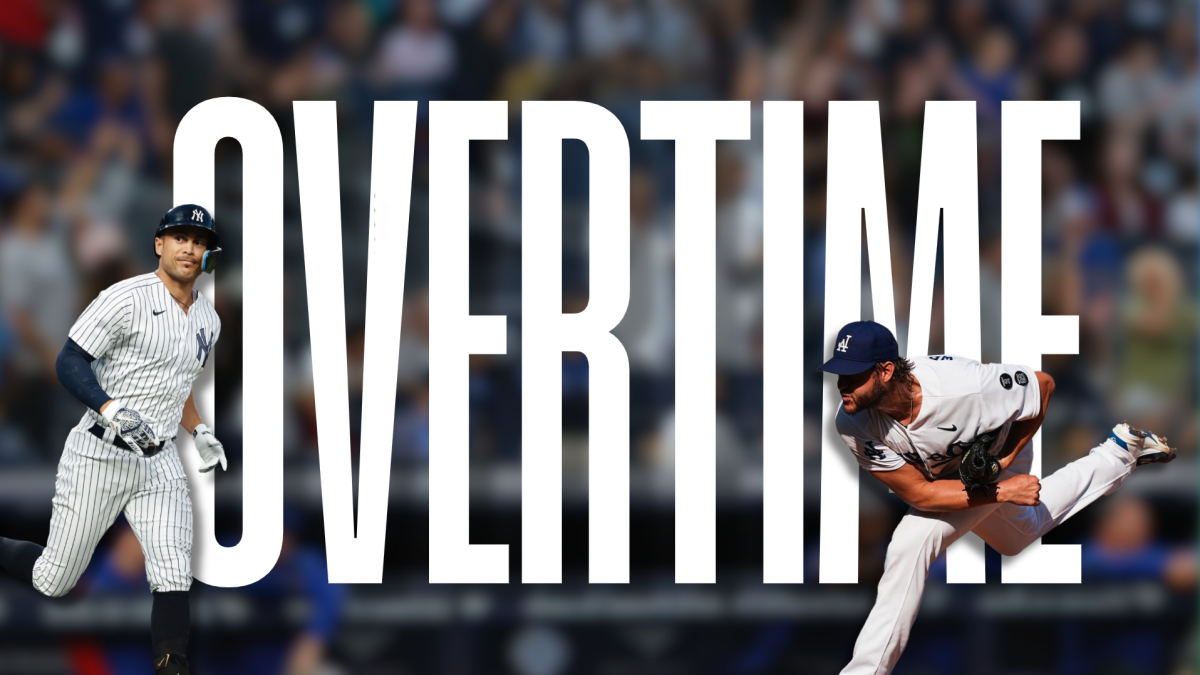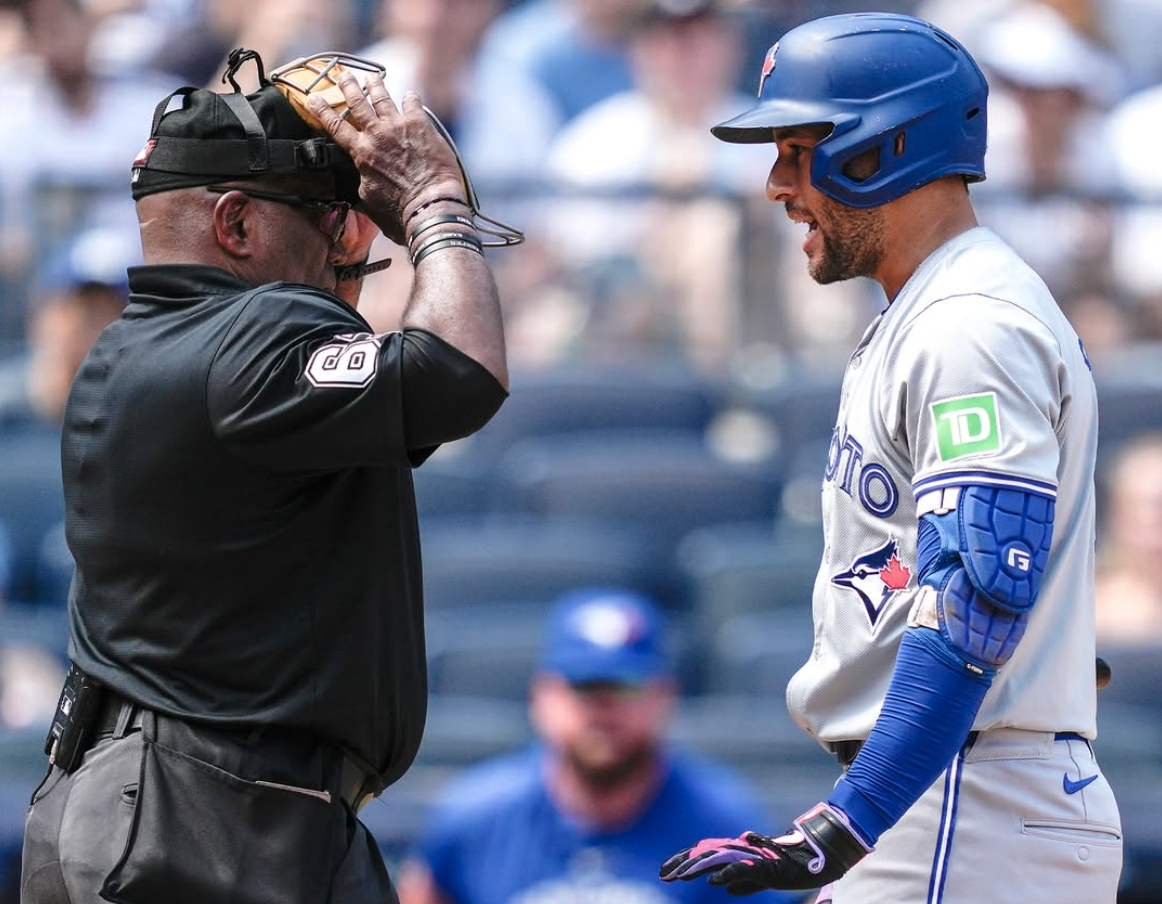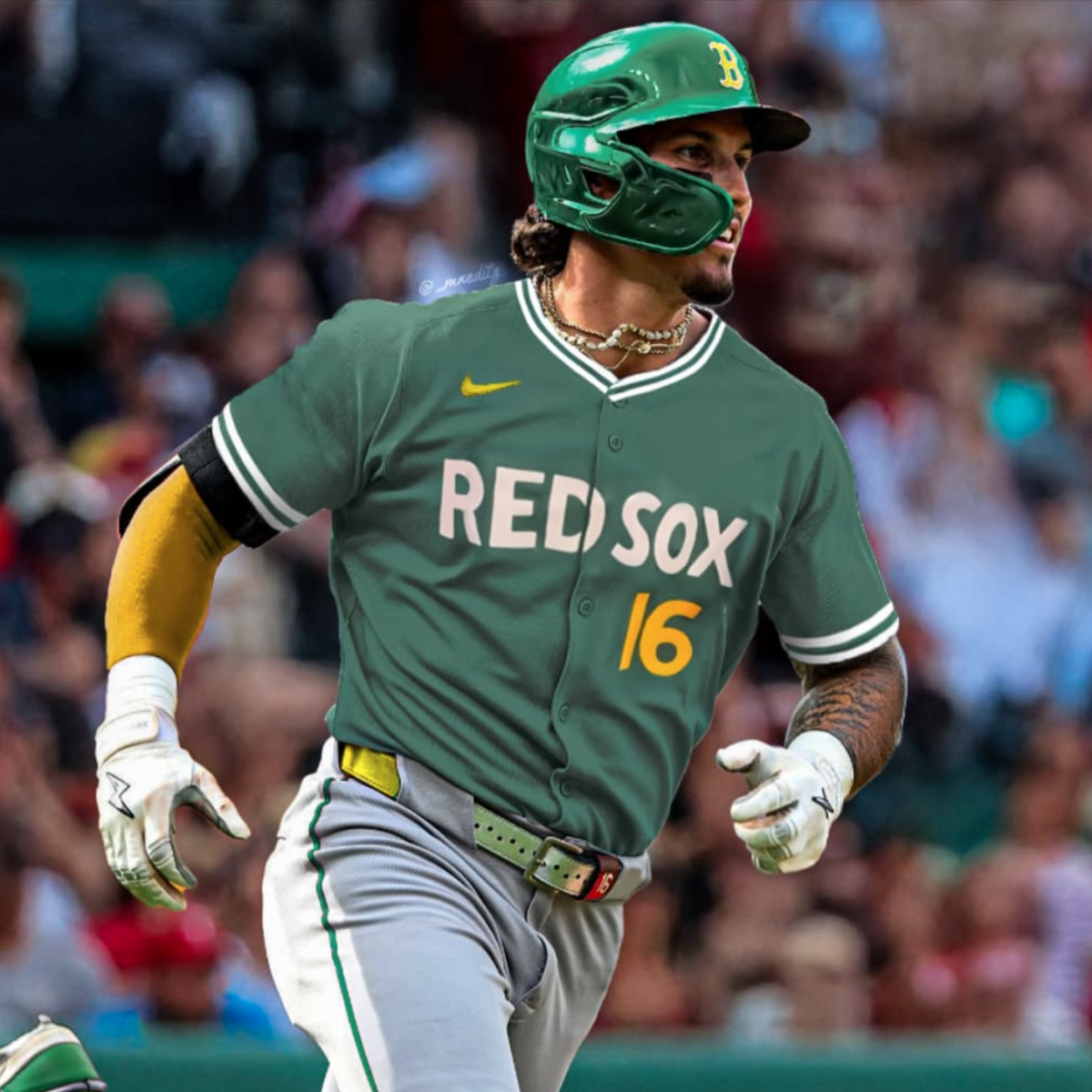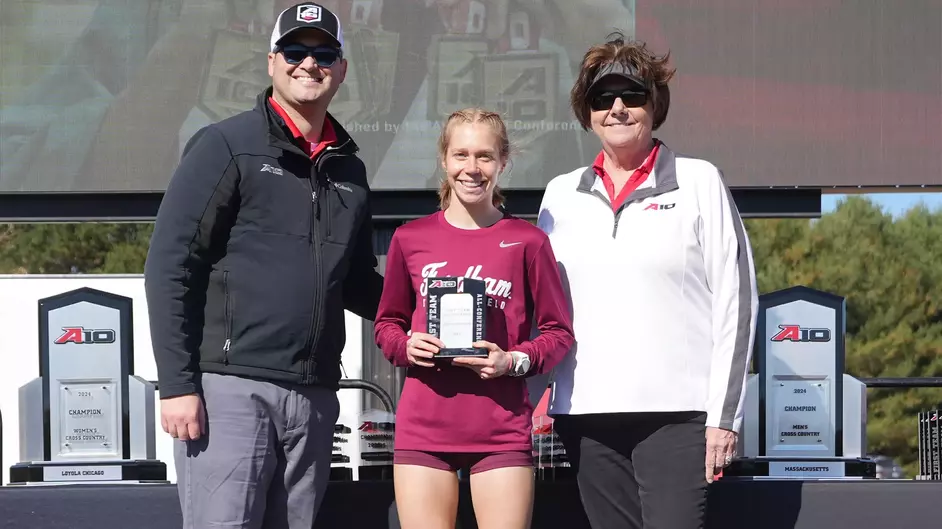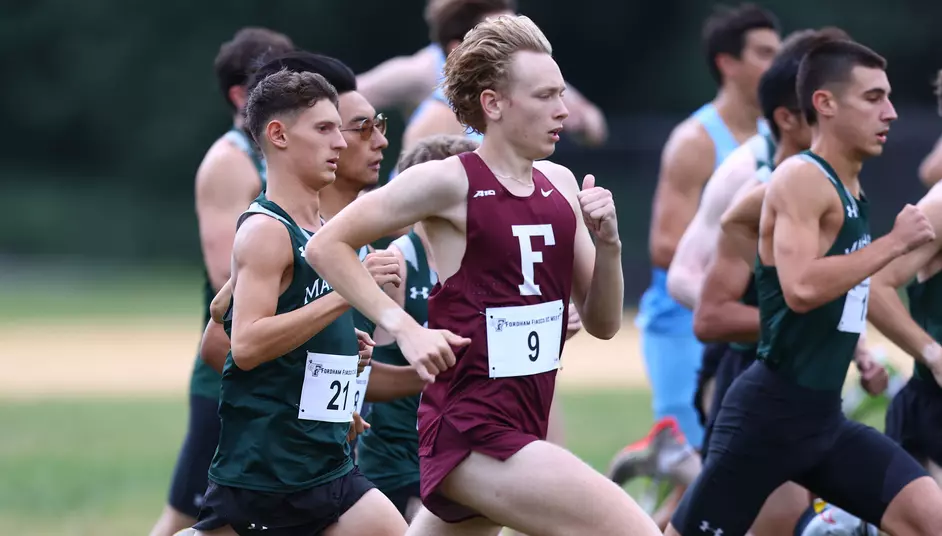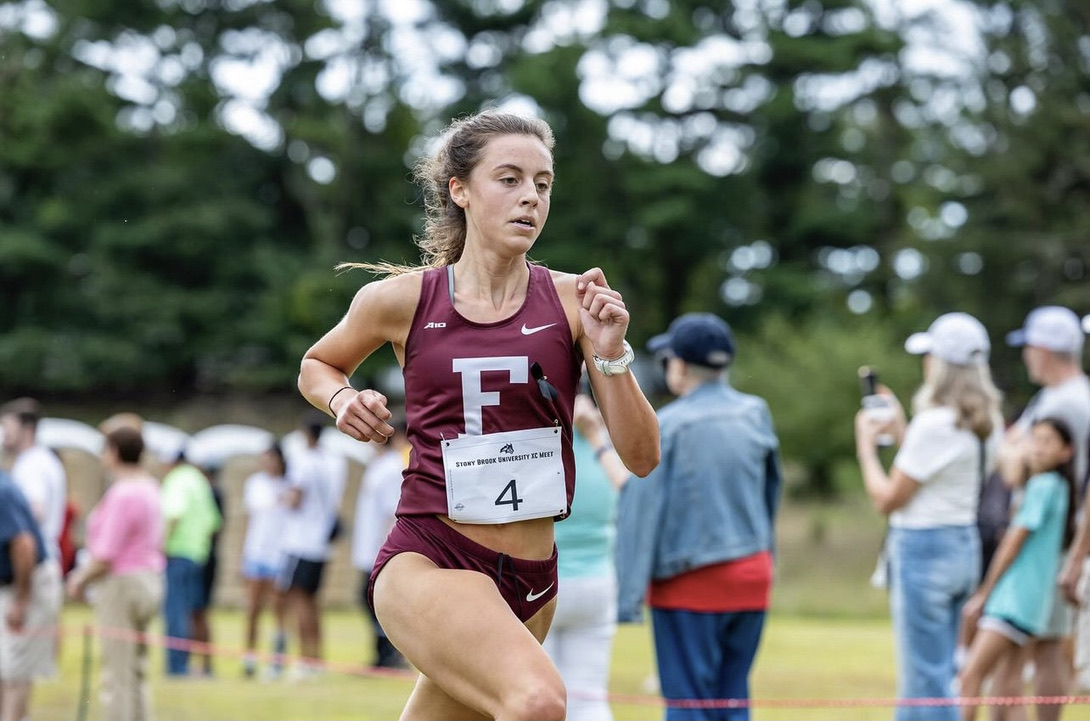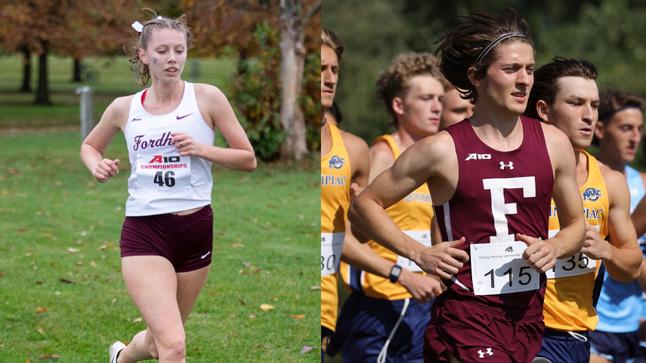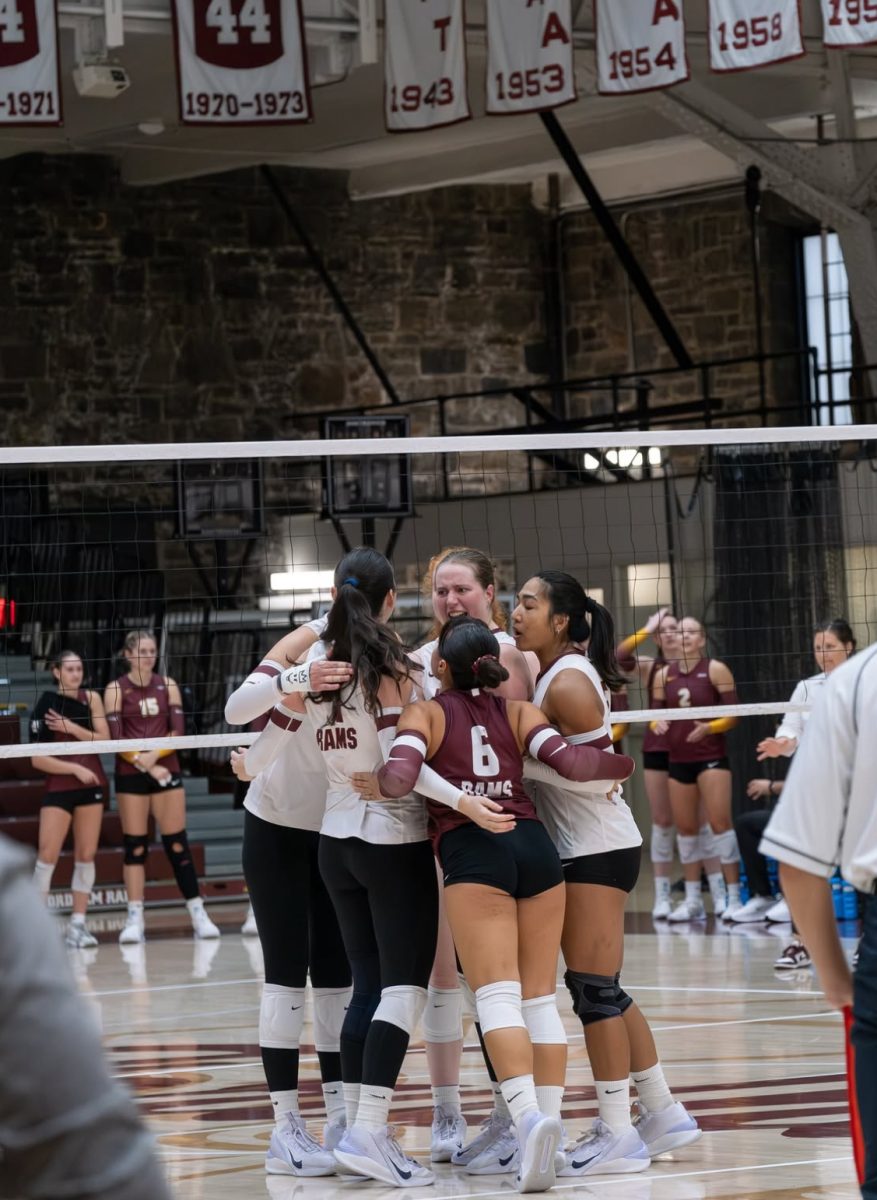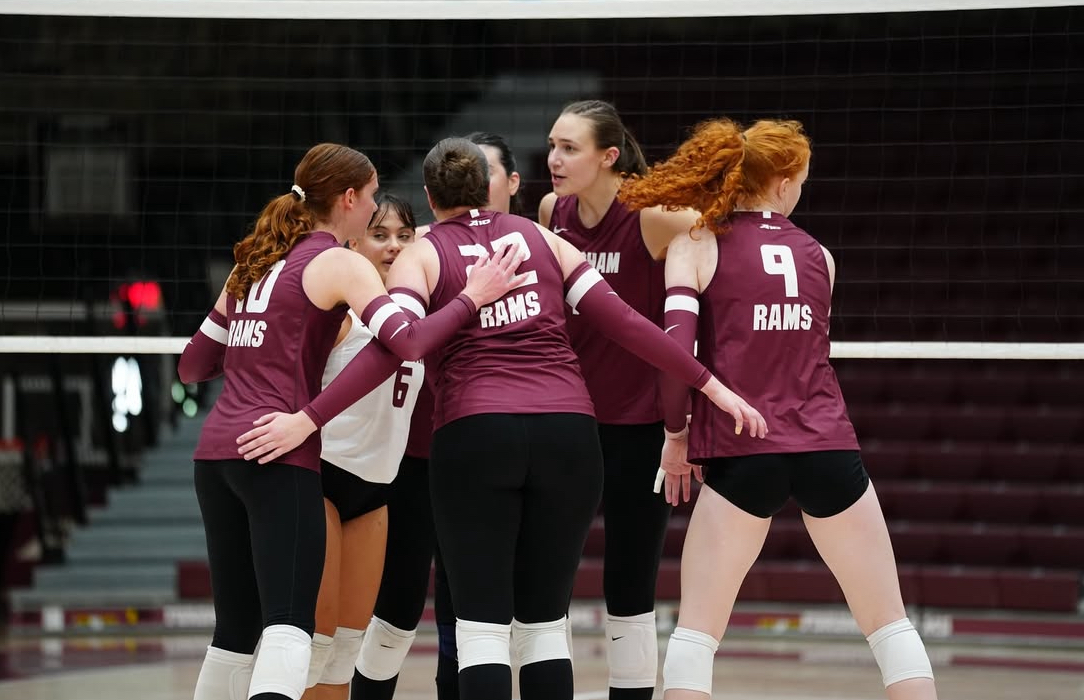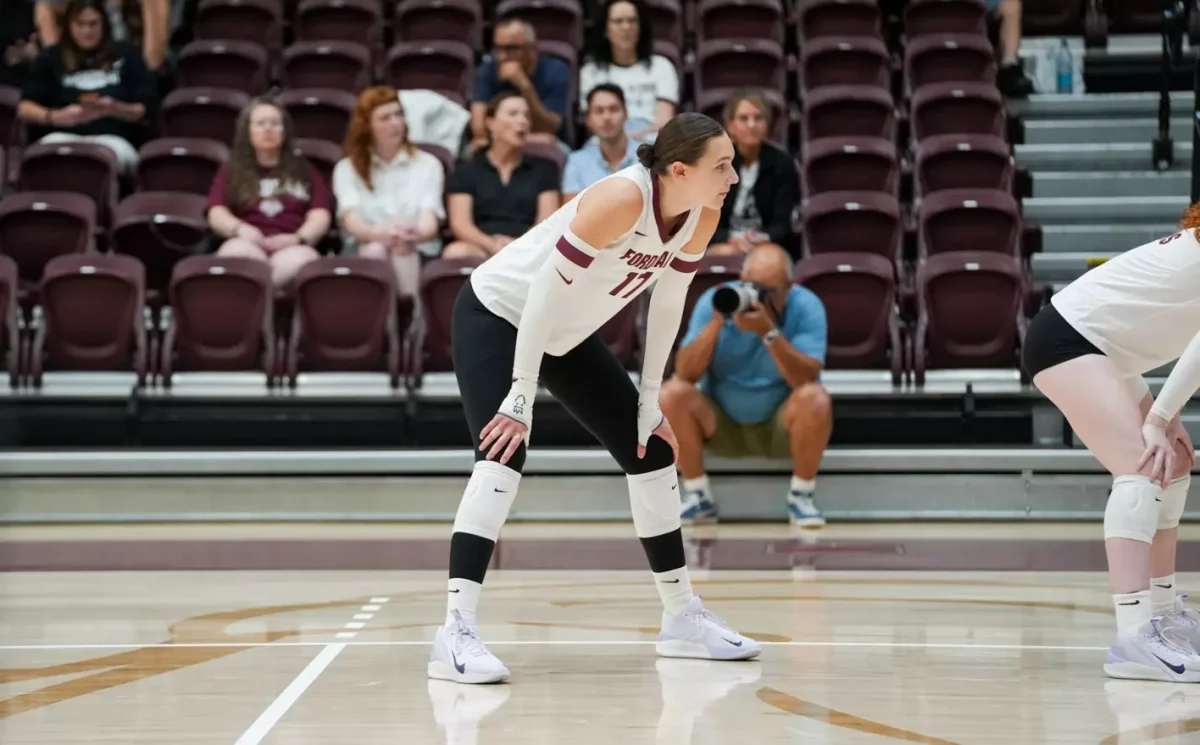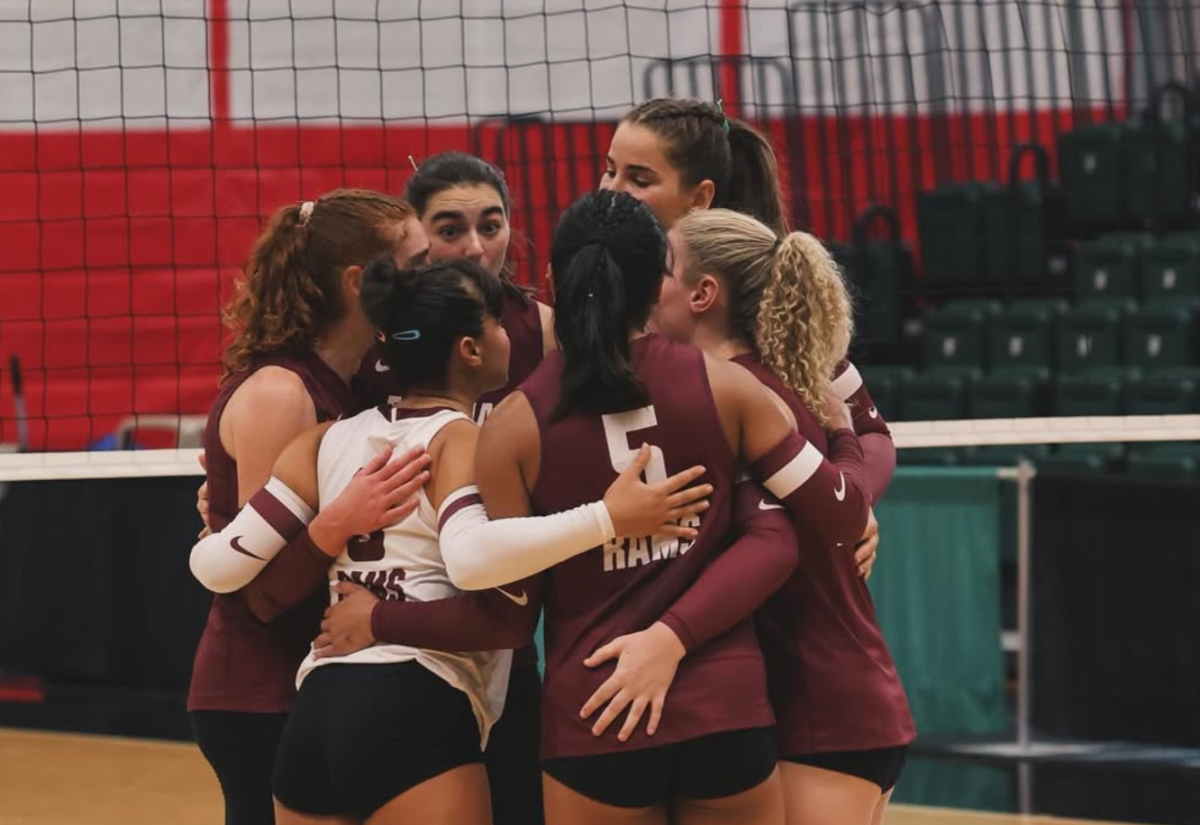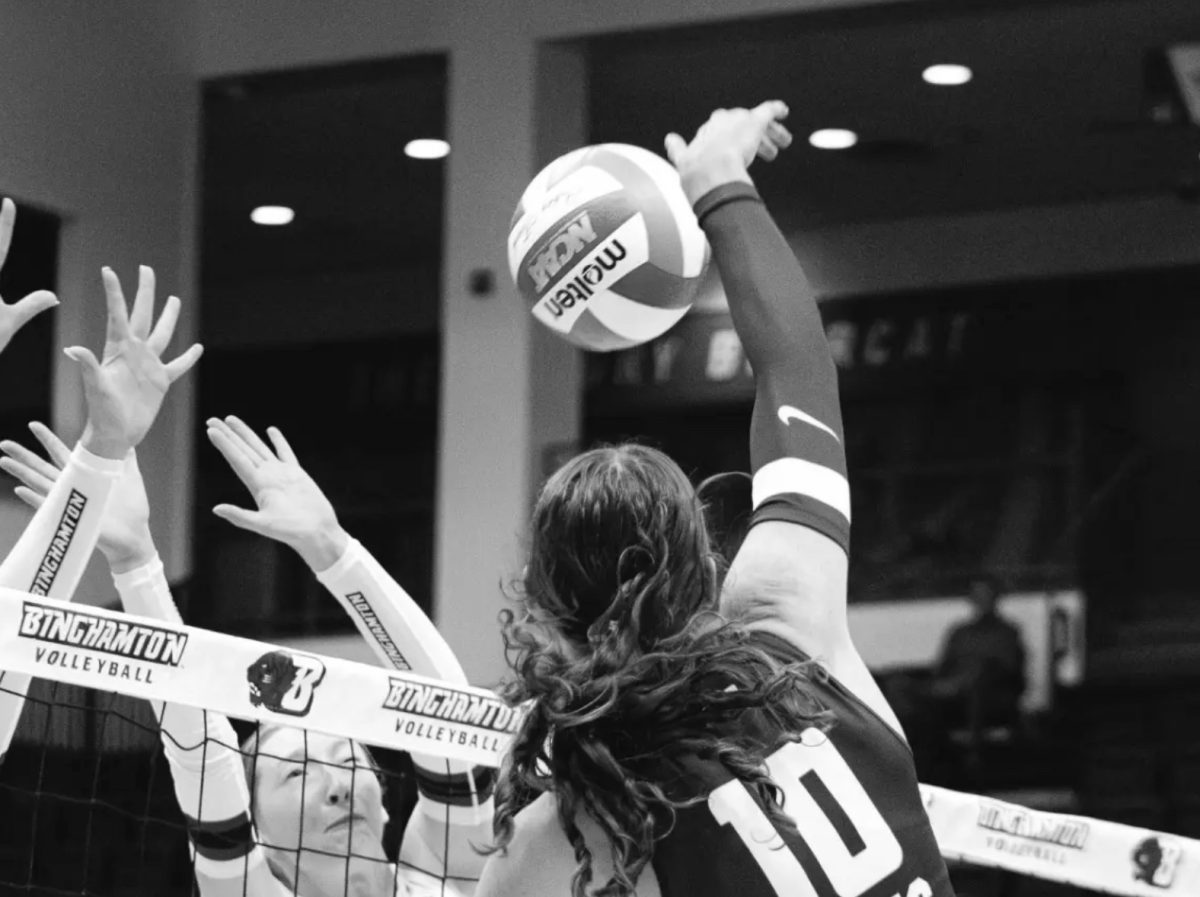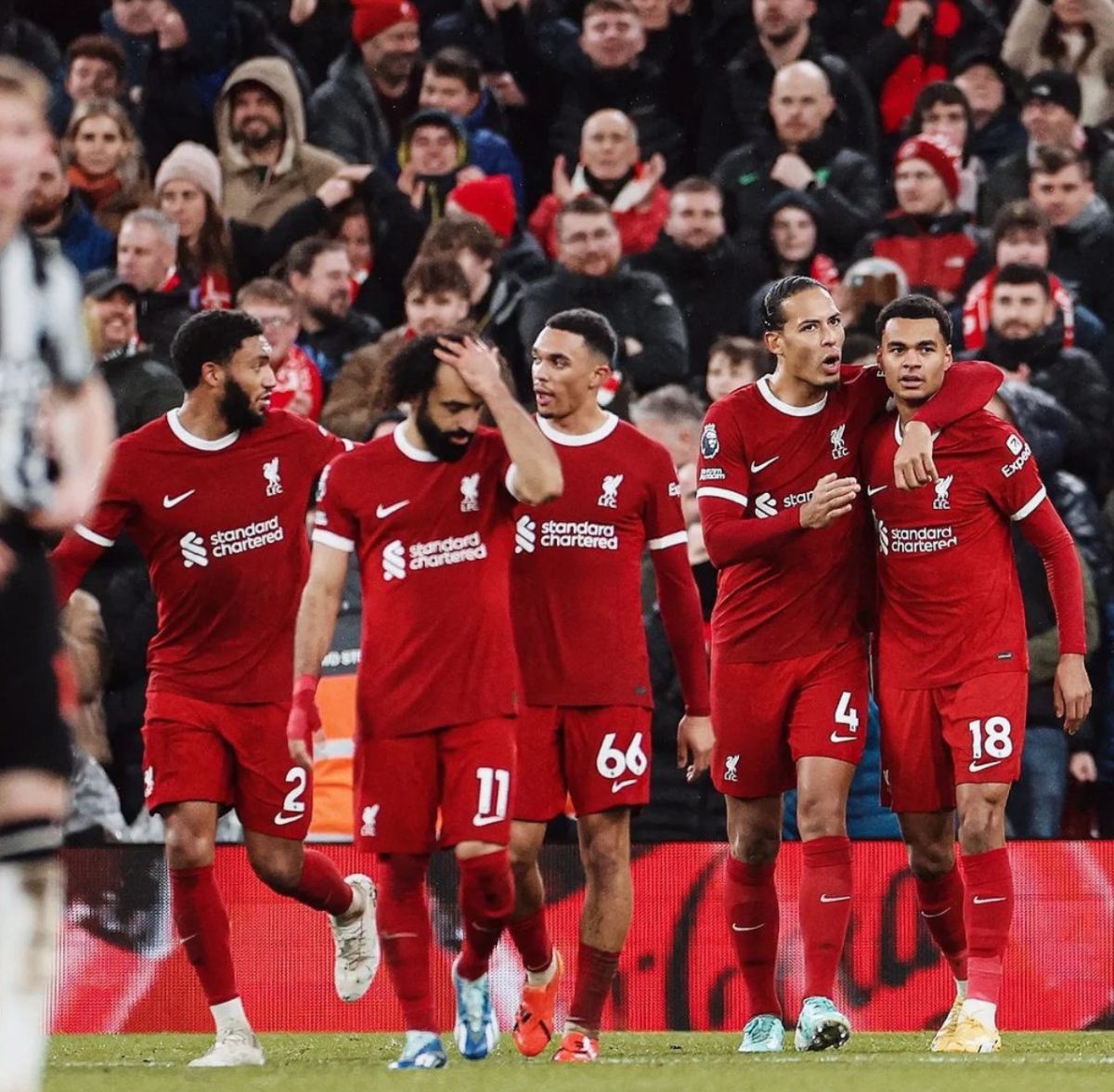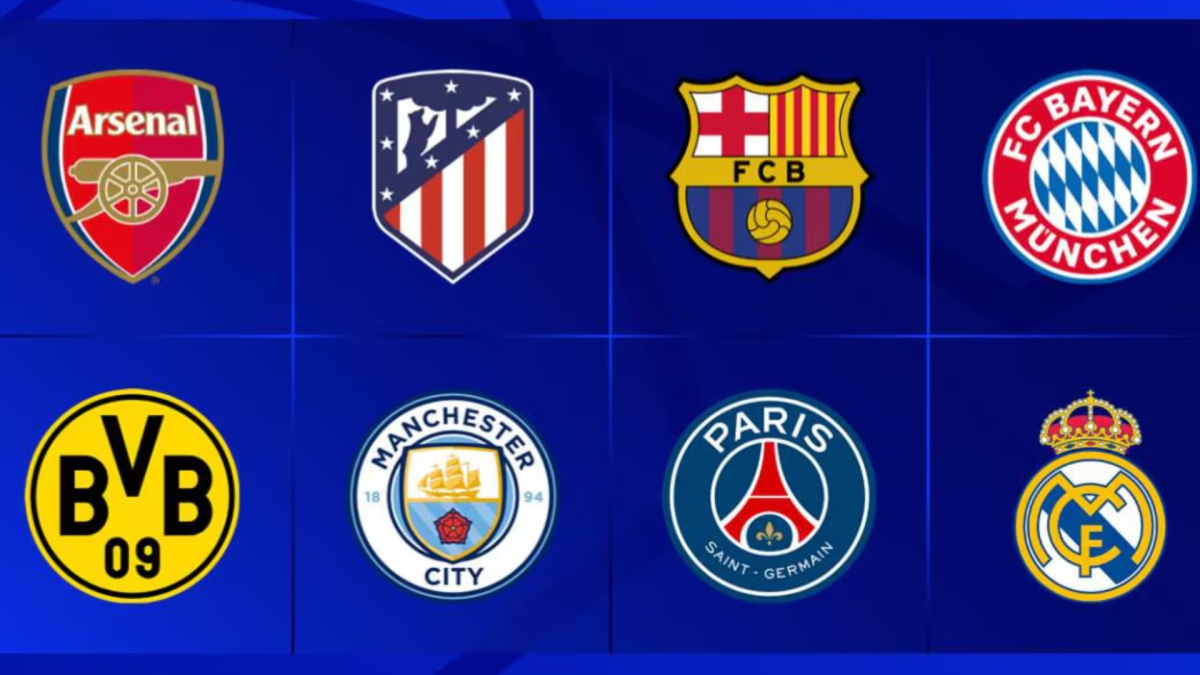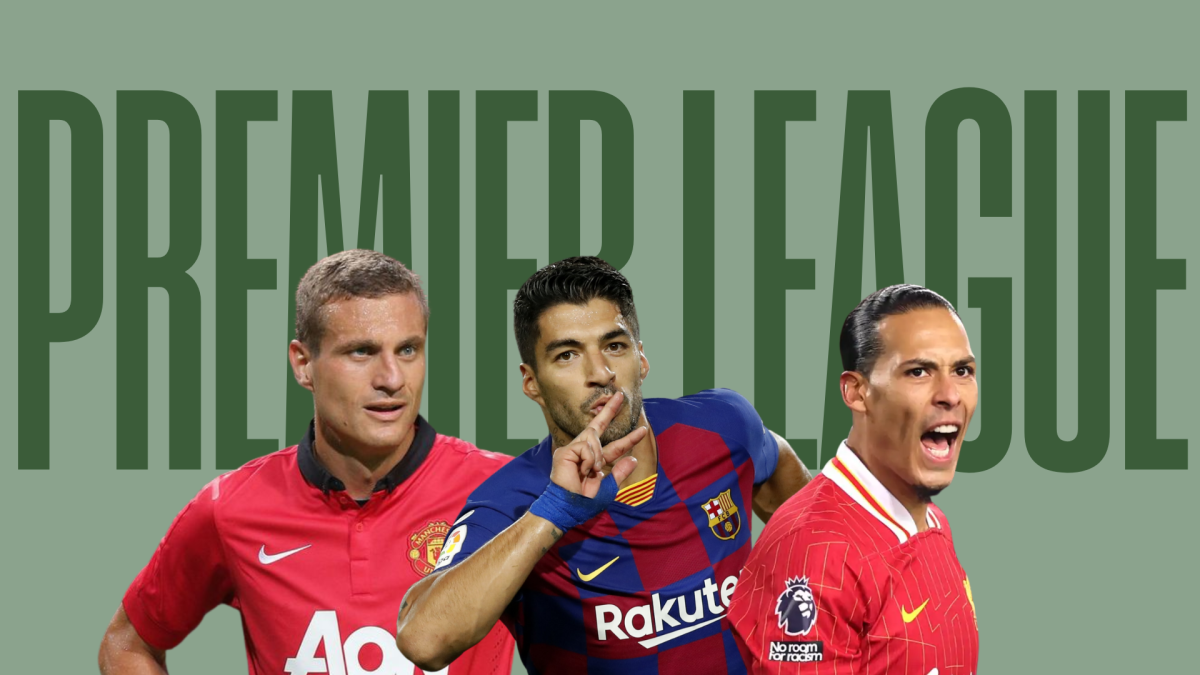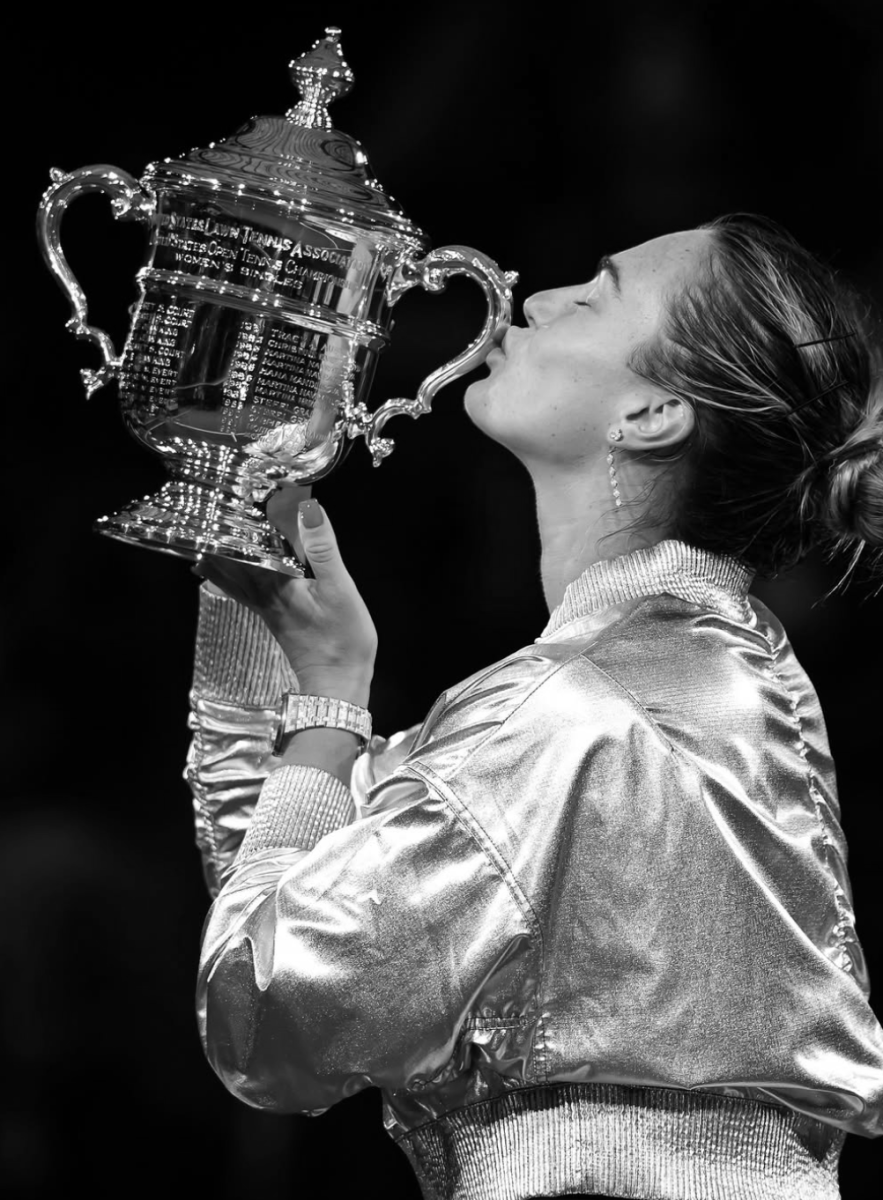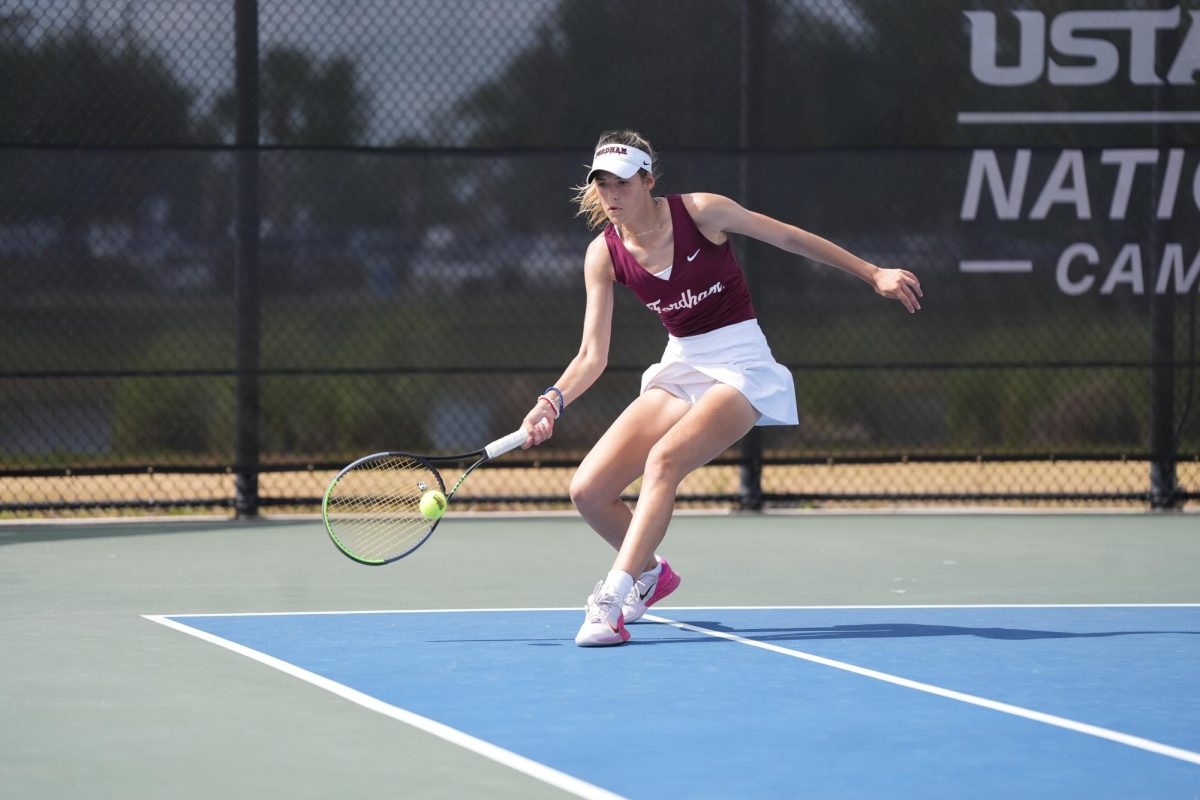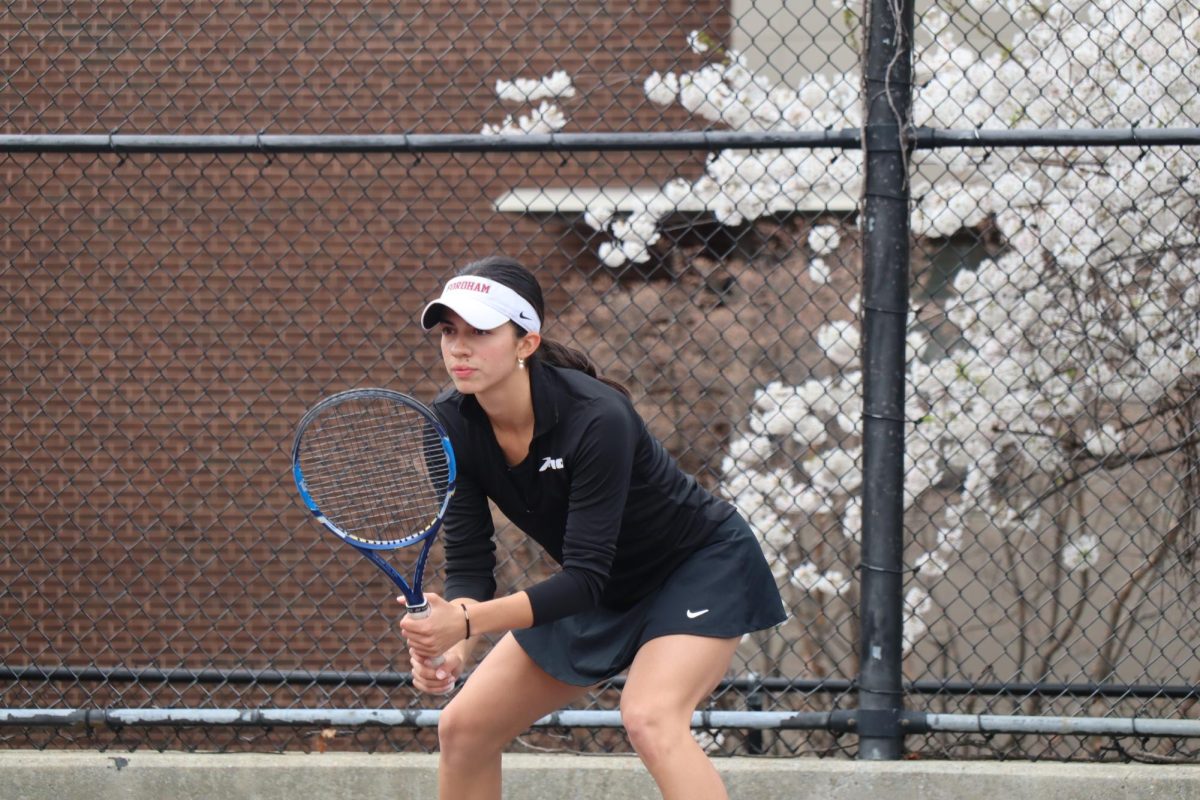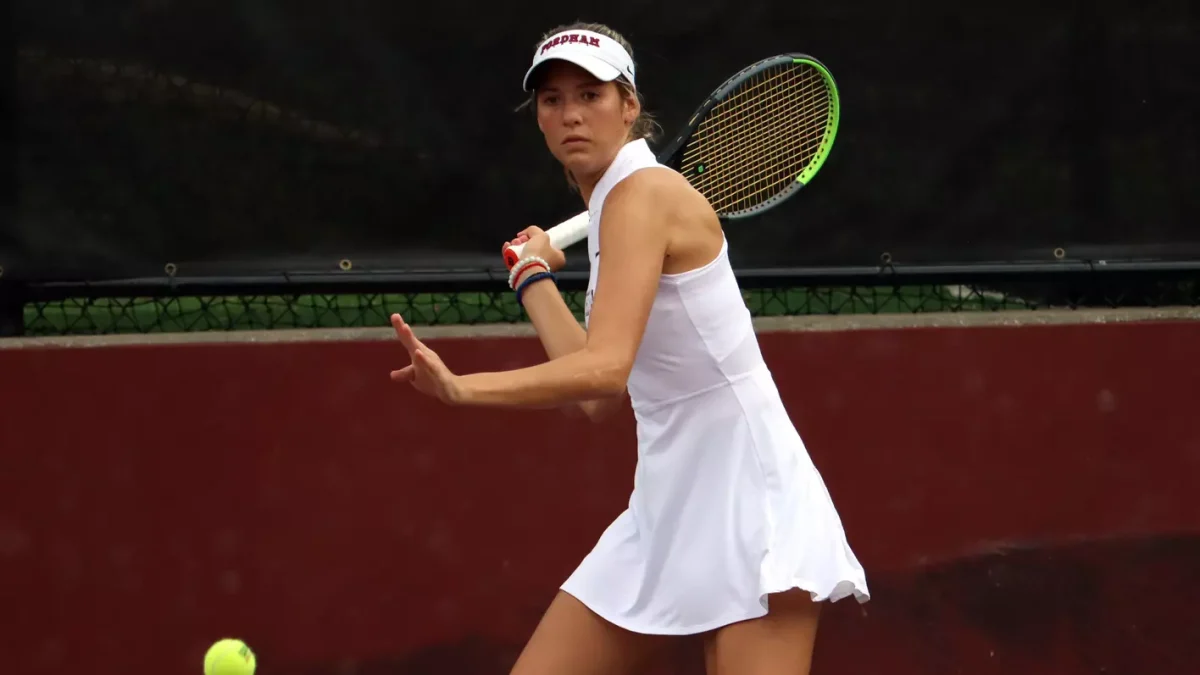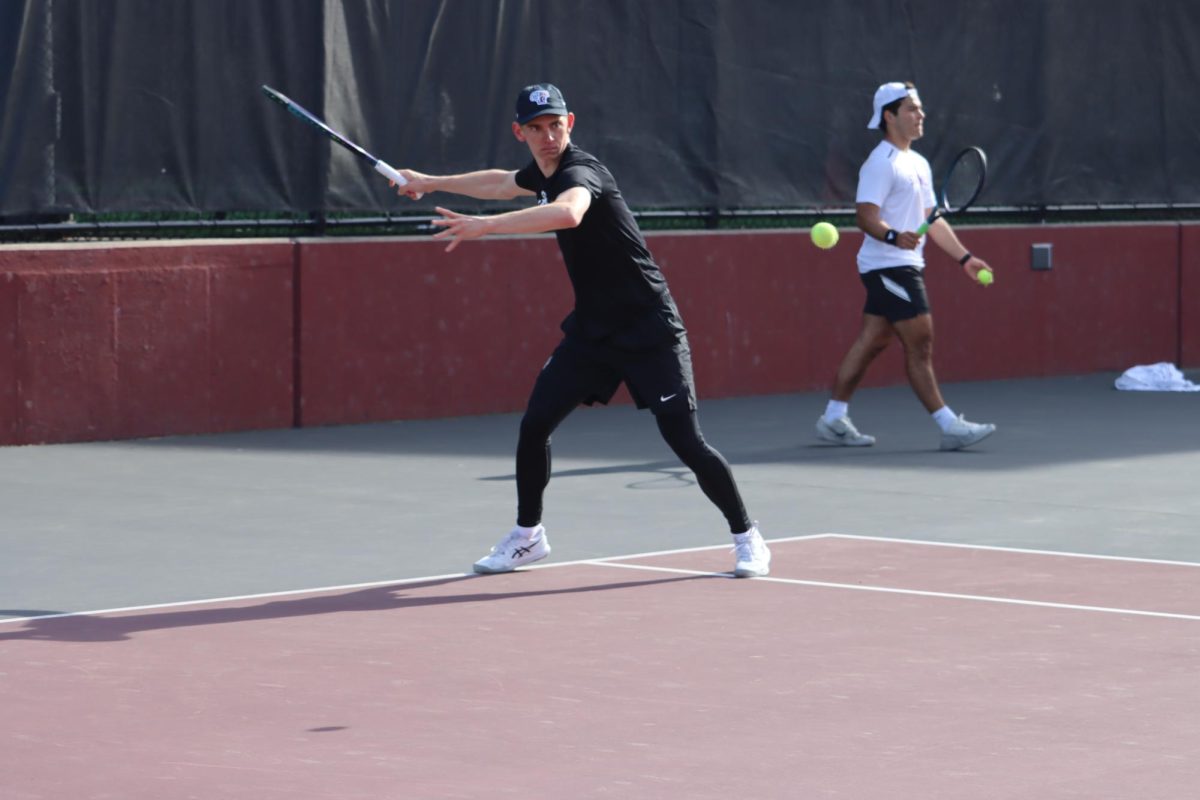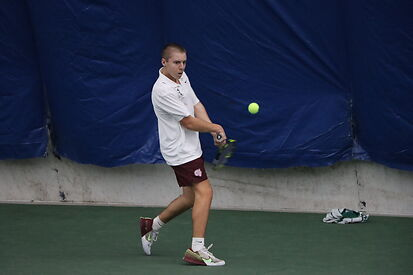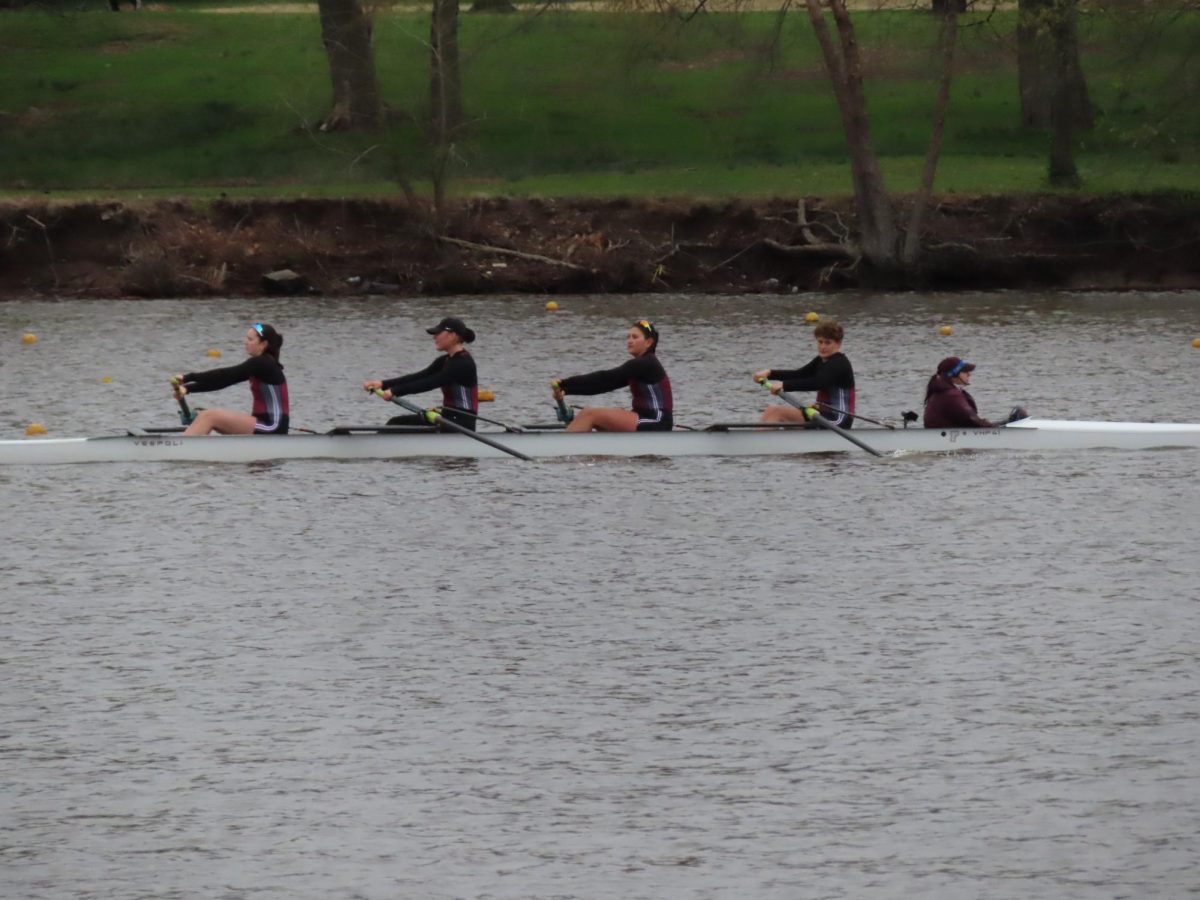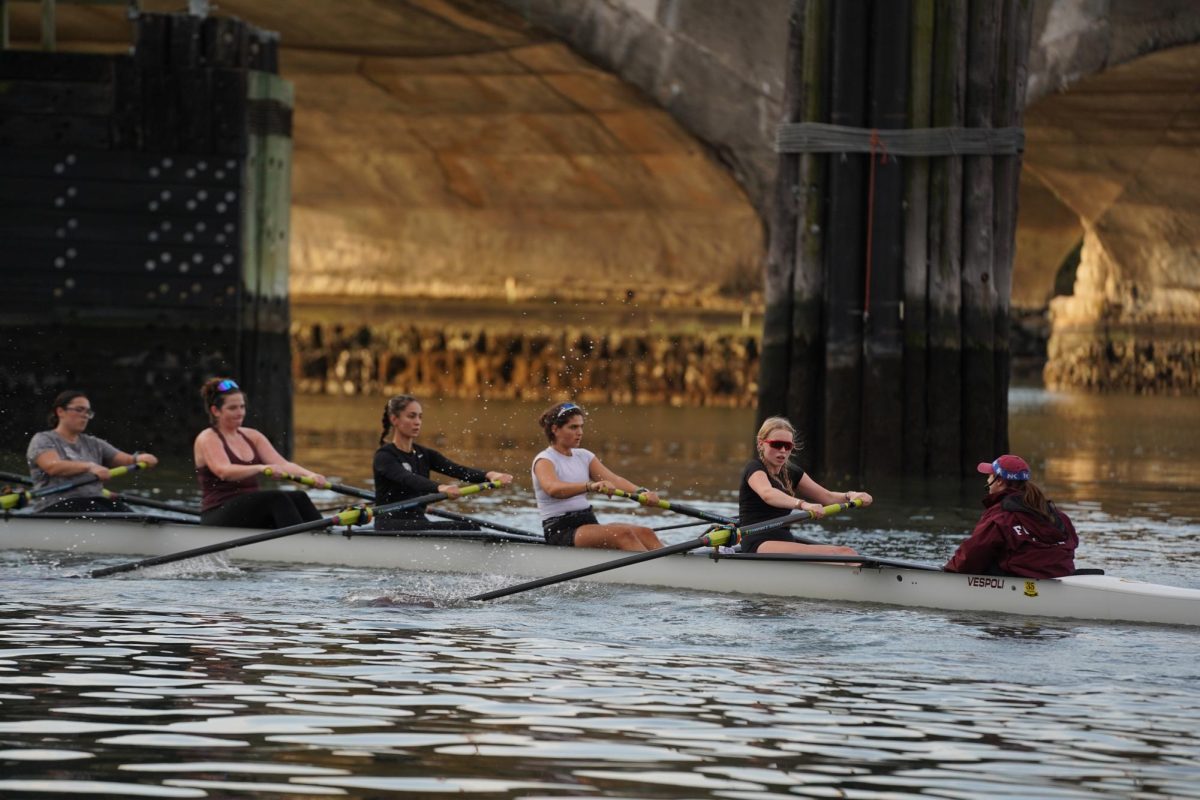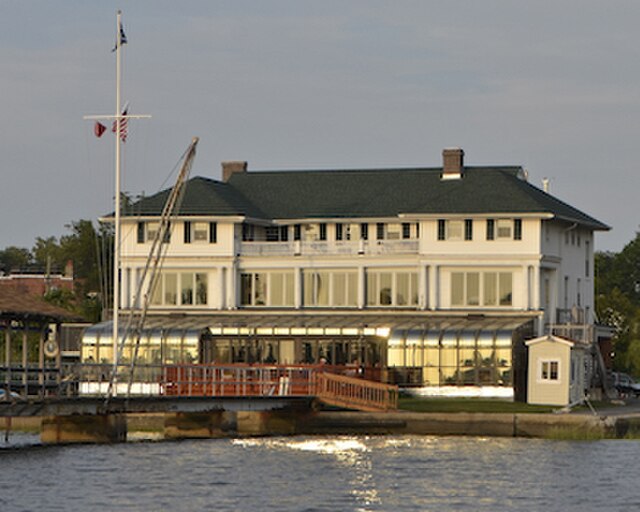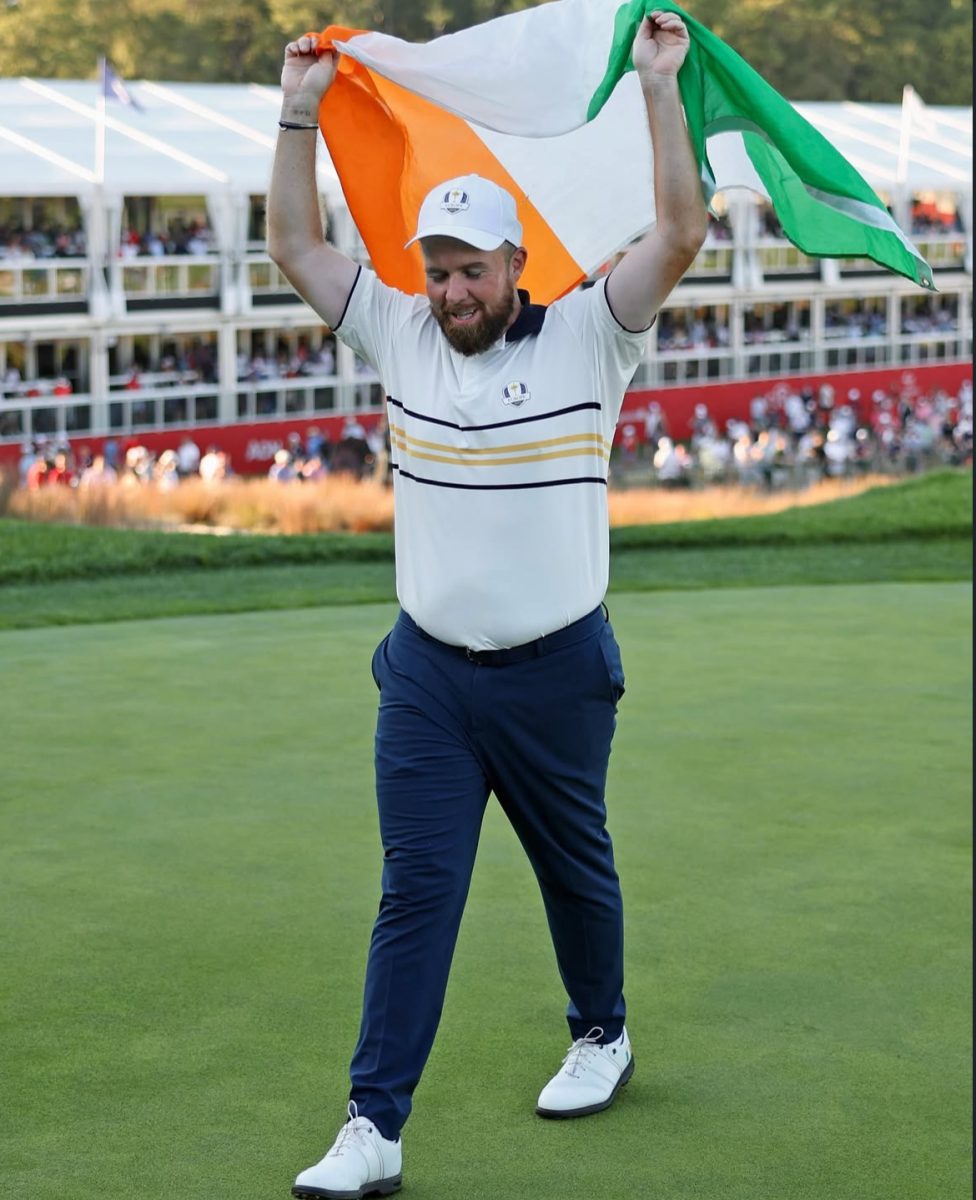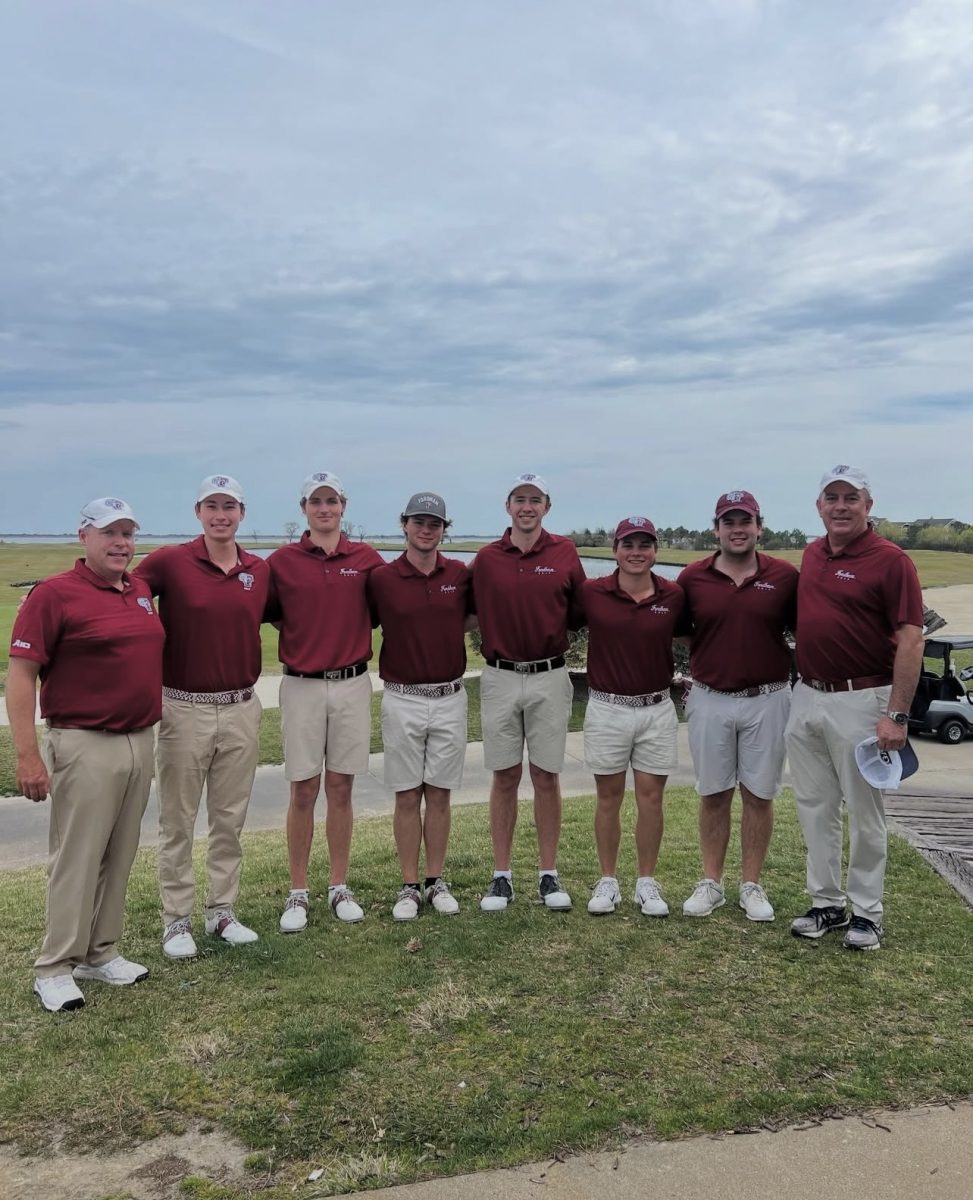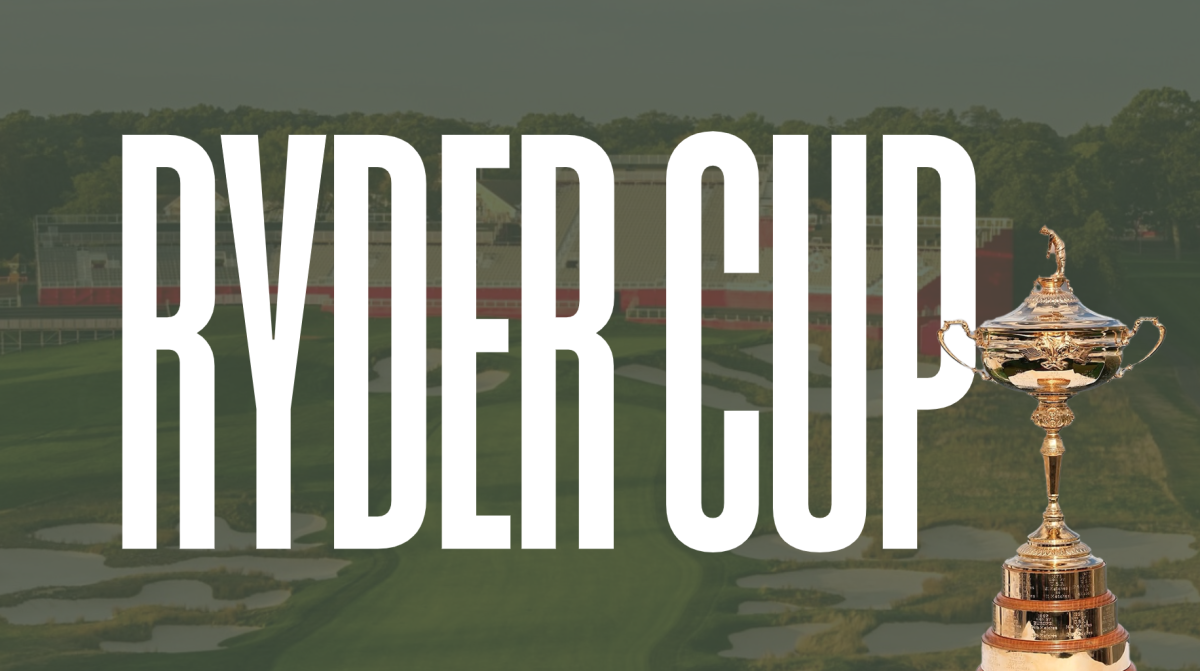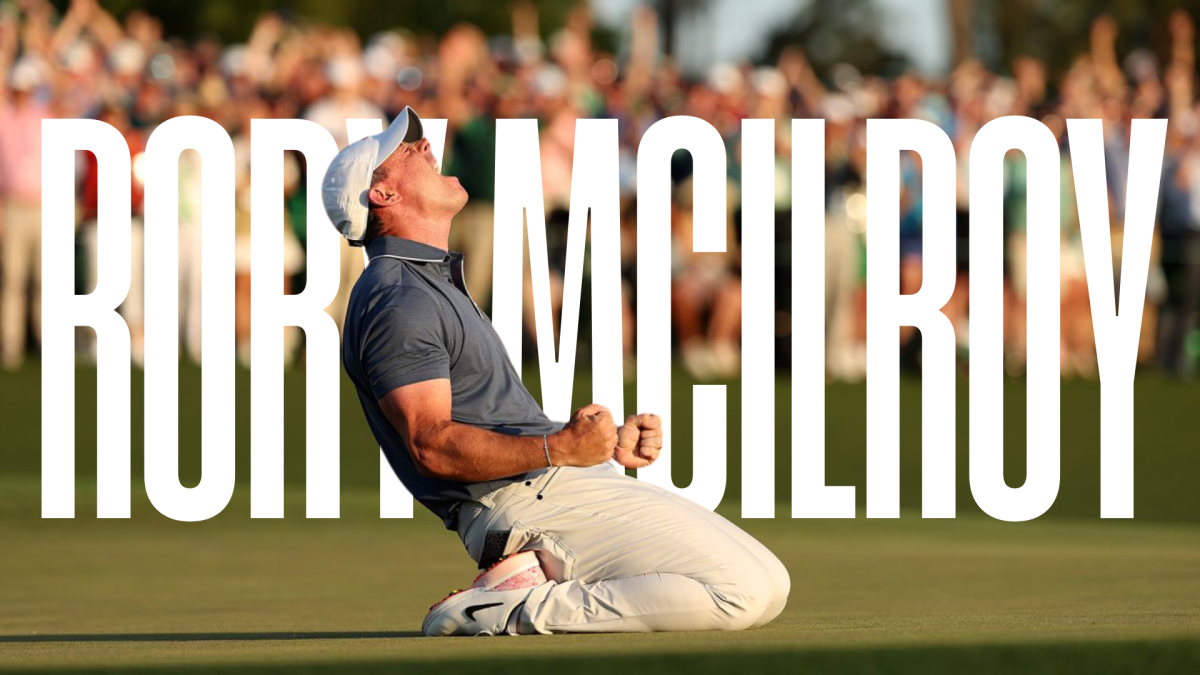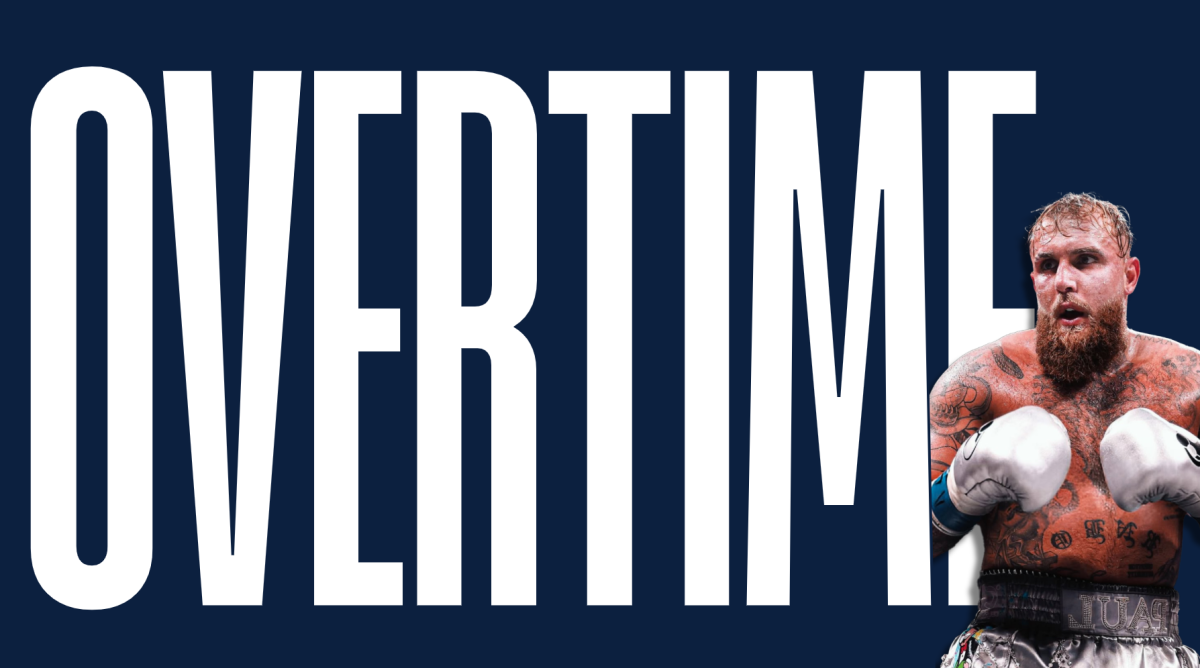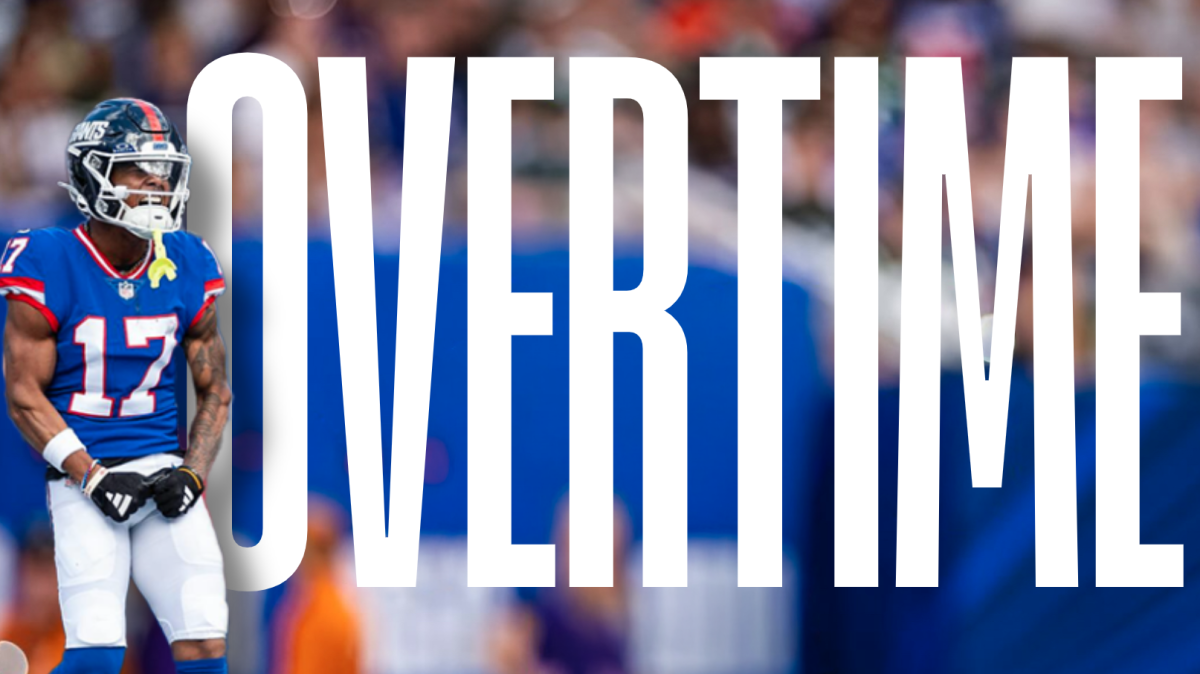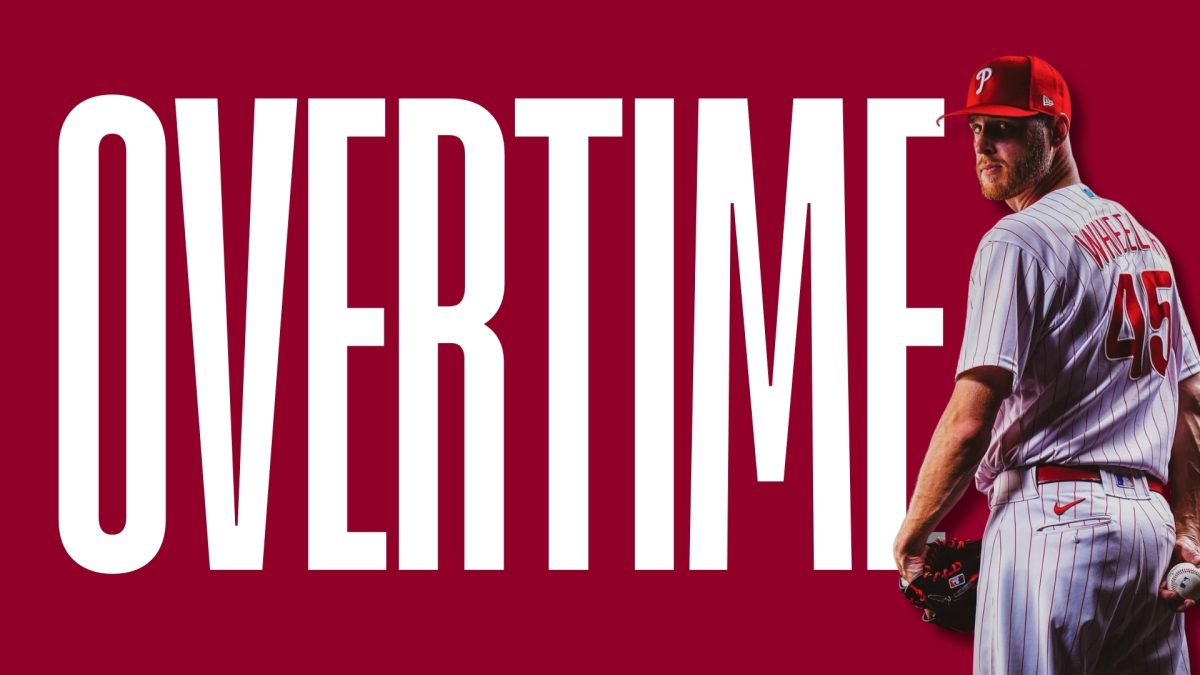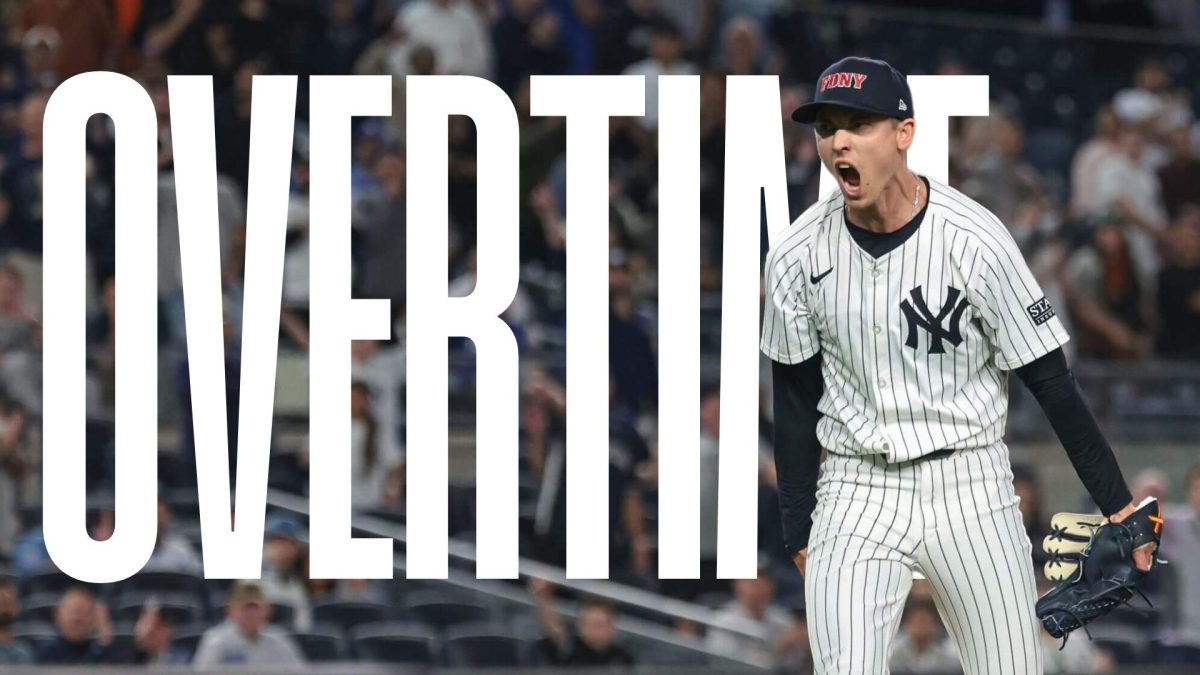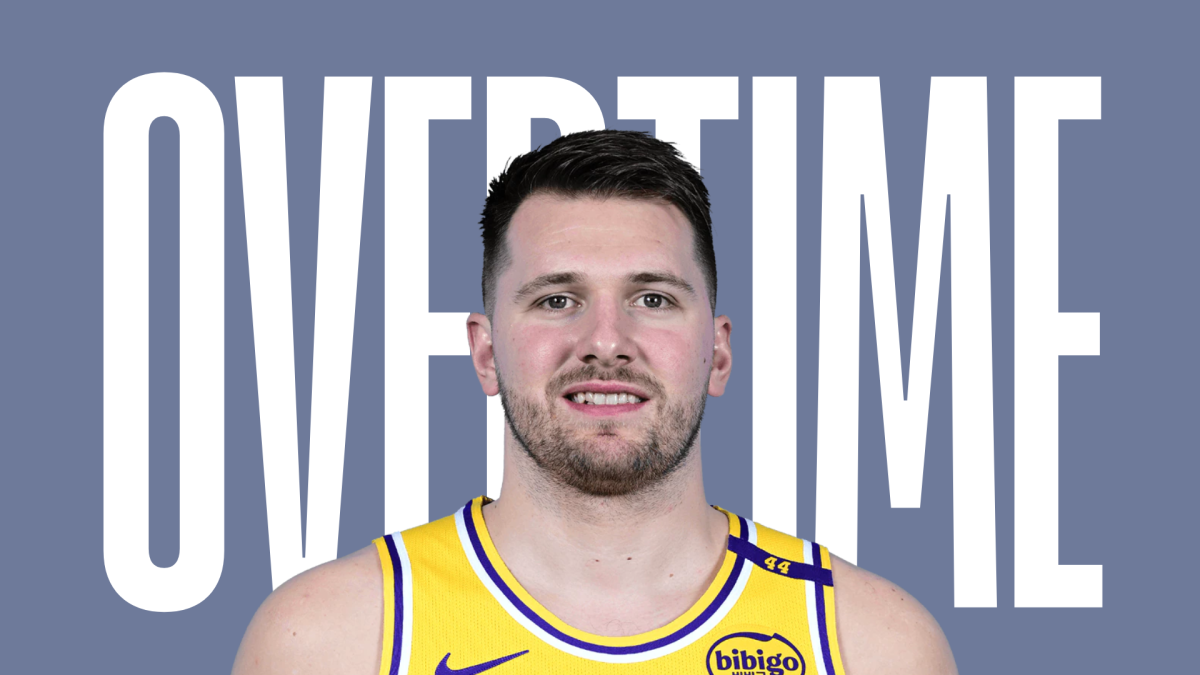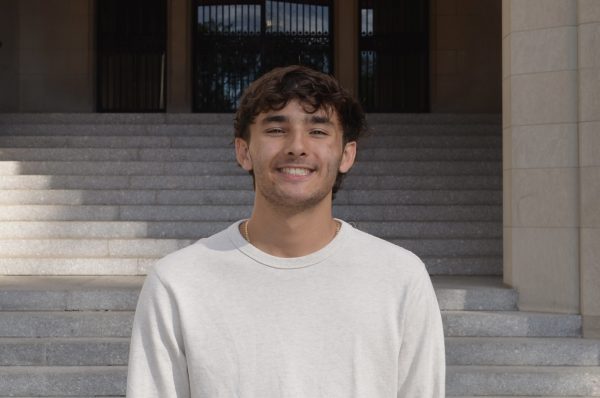The Dallas Mavericks were once an outcast in the sports scene. In the 2000s, however, a fresh combination of power forward Dirk Nowitzki’s control of the court and Mark Cuban’s engaged team ownership enabled the Mavericks to become one of the strongest franchises in the league. They won their first and only NBA title in 2011. A few years later, Dallas acquired 19-year-old point guard Luka Dončić in the 2018 NBA draft, and fans began to see a new (and possibly better) Nowitzki in him — a young guy who could spend his hall-of-fame career in Dallas and lead their team to another title — and they were on track for just that. In the past five seasons, the Mavericks played in four playoffs, even making it to the NBA Finals against the Boston Celtics last June. As he proved essential to his team’s perennial success, Dončić quickly established himself as a top-five player in the league. Everyone — whether a Dallas fan, NBA follower or Dončić himself — was awaiting his re-signing with the team this summer (he was also now eligible for a “supermax” extension worth $345 million over five years).
Hence, Feb. 2 was a shock to many. Just after midnight, a reporter at ESPN broke the news that Dončić was being traded to the Los Angeles Lakers in exchange for Anthony Davis, Max Christie and a future first-round pick. The main question many continue to ask over a month later is just “why?” Why would the Mavericks trade a player that any franchise seeks to build a championship-quality team around? Nico Harrison, the Mavericks’ general manager behind the trade, described it as a move made for team success in the next three to four playoff years, describing Davis and all-star guard Kyrie Irving as a perfect duo to lead them. Harrison was also reportedly worried that Dončić might not have wanted to sign the supermax extension and held concerns regarding his weight and injury risk.
None of this made complete sense. As stated, Dončić was widely expected to sign the contract and had often indicated his commitment to Dallas. “I thought I’d spend my career here,” Dončić wrote in a statement to fans following the trade, “and I wanted so badly to bring you a championship.” Regarding his health, if that were a central concern, why would the Mavericks seek Davis, who, compared to the 25-year-old, is much more injury-prone at 31? If they were so concentrated on the future, why did they throw away one of the league’s best players amidst, or even still approaching, his prime? The Mavericks are unanimously understood to have had a generational talent on their court — a player with rare intensity, a talent for improvising and a charming team style — and they traded it for an underwhelming return. With colossal choices like these, Harrison probably had to imagine the team’s worst-case scenario. Whatever he imagined, it has probably become a reality for Dallas.
Anthony Davis, the forefront prospect of the trade, had a lot to prove in his debut game for the Mavericks and, for the most part, displayed the best of himself on the court. In 31 minutes, he gave the team 26 points, 16 rebounds, seven assists and three blocks to help earn them the 116-105 win over the Houston Rockets. However, he exited the game in the third quarter due to a left adductor strain with tightness near his groin and quadriceps. While initially ruled out for a couple of weeks, Davis has not played in over a month, missing the past 18 games. An ESPN reporter stated on March 20 that the Mavericks staff believes the risk-reward of Davis playing again soon is not there; whether or not he will return before the end of the season remains unknown, but the signs are continually pointing to no.
And so, Irving was left standing to lead the team. But, in the first quarter of the Mavericks’ loss against the Sacramento Kings on March 3, he suffered a season-ending ACL tear in his left knee. This is the same knee that Irving fractured in 2015, which then got infected and required additional surgery. Moreover, an injury like this often requires six to 12 months of recovery. Irving will likely not be back on the court until mid-next season, when he will be 33 years old, alongside 32-year-old Davis. In the games between the Dončić trade and injury, Irving averaged 39.3 minutes of play (the most of any player in the NBA).
While the league permits teams to have 13 active players per game, the Mavericks entered their matchup against the Phoenix Suns on March 9 with only nine. By the final quarter, this number decreased to seven as more injuries took players out. The benched players included forward Olivier-Maxence Prosper, centers Dereck Lively II and Daniel Gafford, small forward Caleb Martin and reserve guards Jaden Hardy and Dante Exum. Essentially, the Mavericks are now walking wounded. The “win-now” strategy Harrison was thirsting for seemed to slip away before one could even fully believe it possible.
Even the Mavericks look to be scrapping this season, as they primarily focus on what to do in the next. But what should the team do moving forward? With both Davis and Irving injured, they will be farther past their prime when they return. Irving’s speed is essential to his greatness, and who knows if that will fully come back with him. I believe this strategy Harrison is aiming for could never work as he had hoped it would. With their 2029 first-round pick, they could try to draft another superstar, but they will never get another Dončić. One of the best moves is to trade Davis. The team has cornered itself into a rebuilding period; the Mavericks must finally accept the mistake of letting go of a once-in-a-lifetime player. They should trade for young players, foster their growth and try to win a championship with a new team. This one will not get the job done.
The entire trade put Dallas in shambles as they mourned their eminence. The Mavericks have gone 7-14 since the trade. Meanwhile, in Los Angeles, the LeBron James-Dončić era has served the Lakers well, having gone 12-7 since Dončić’s first game on Feb. 10. Dončić was Dallas; the fans were not ready to give up on a championship with him, but the franchise was. The era, which had the passion and heart of the city embroidered within it, was cut short, and they are struggling to find something similar in this new one.
The Curse of the Bambino resulted from the accepted worst trade in sports history when the Boston Red Sox sold Babe Ruth to the New York Yankees in 1919, and an 86-year championship drought followed for the franchise. Who knows what lies ahead; the Mavericks may be entering their own curse of Luka.

